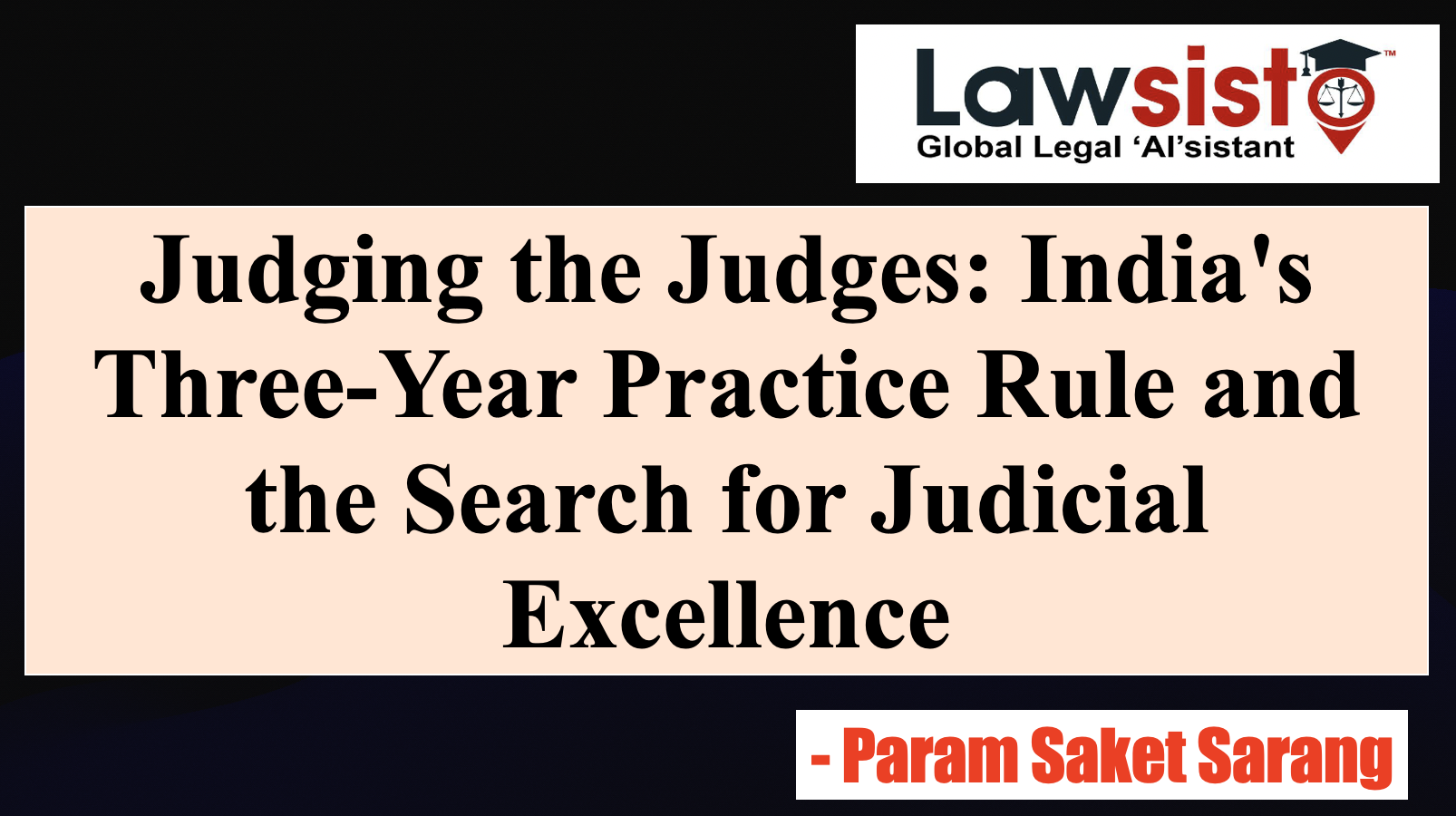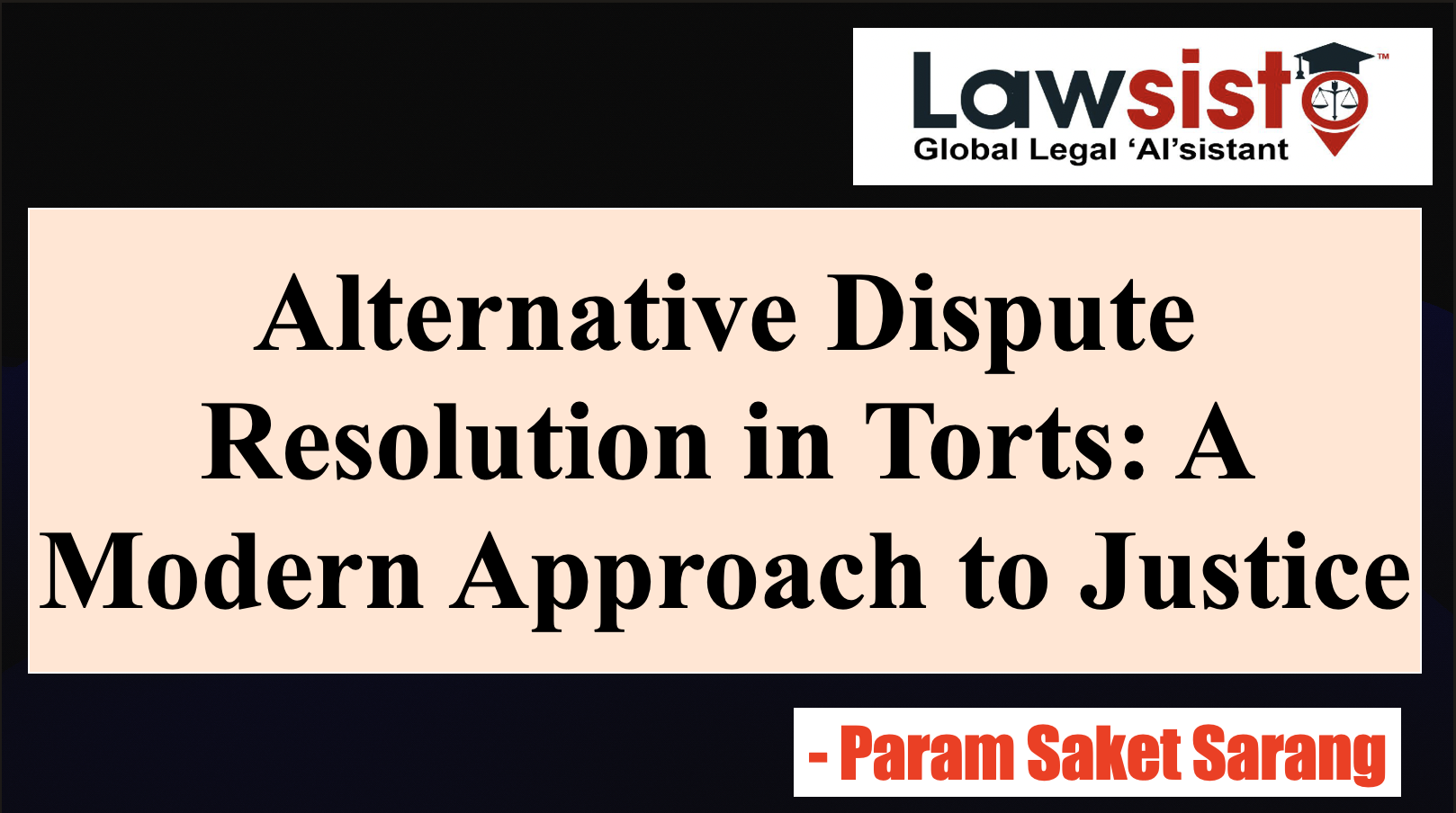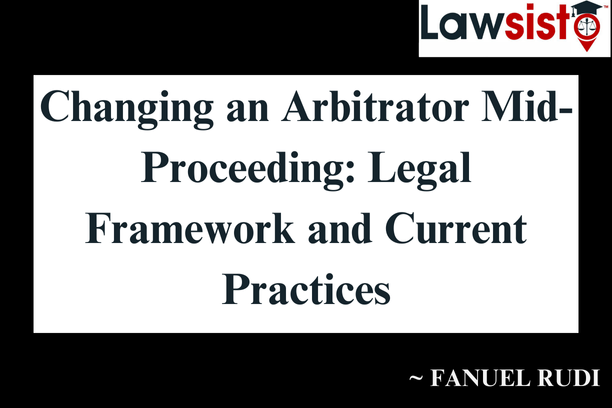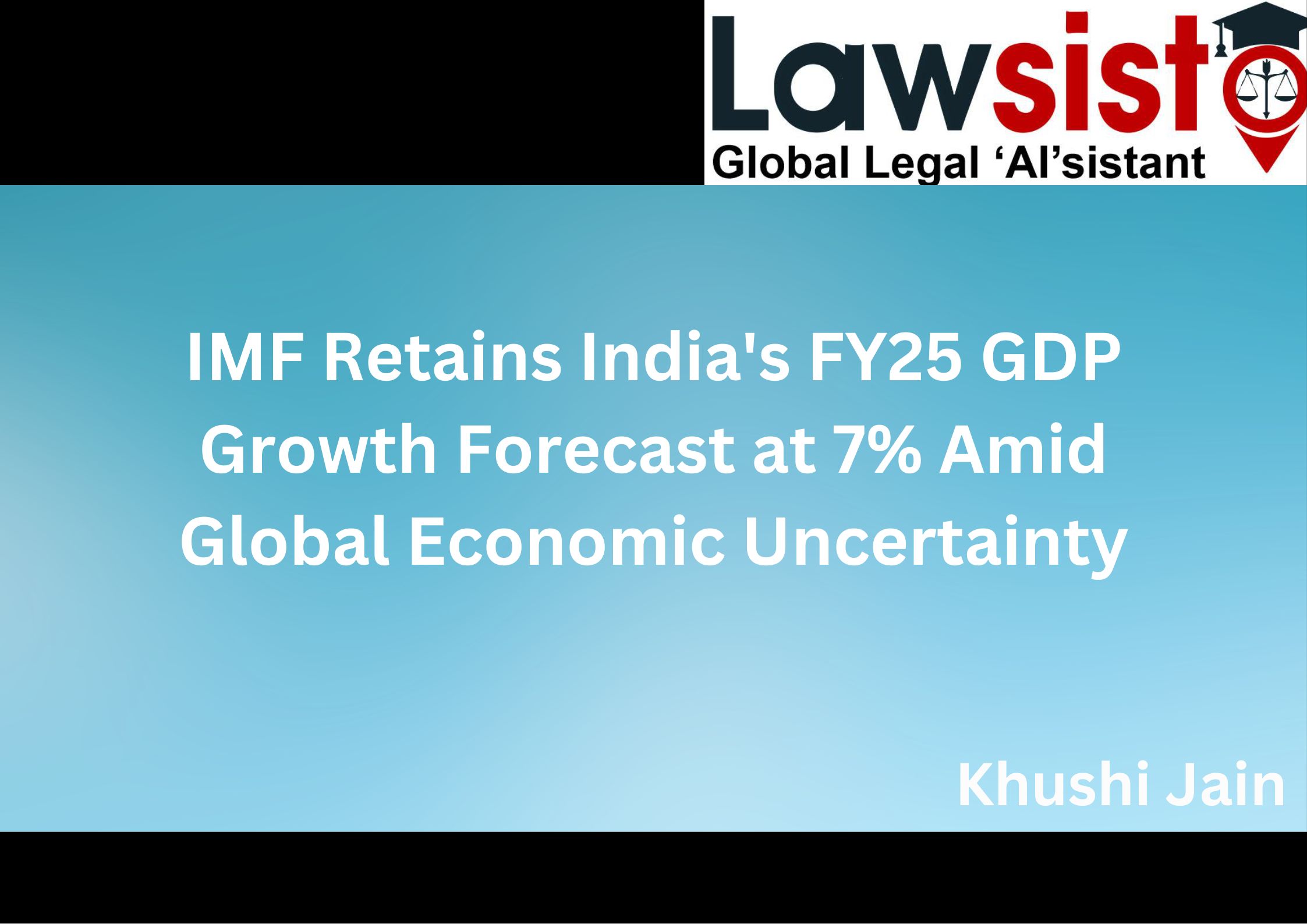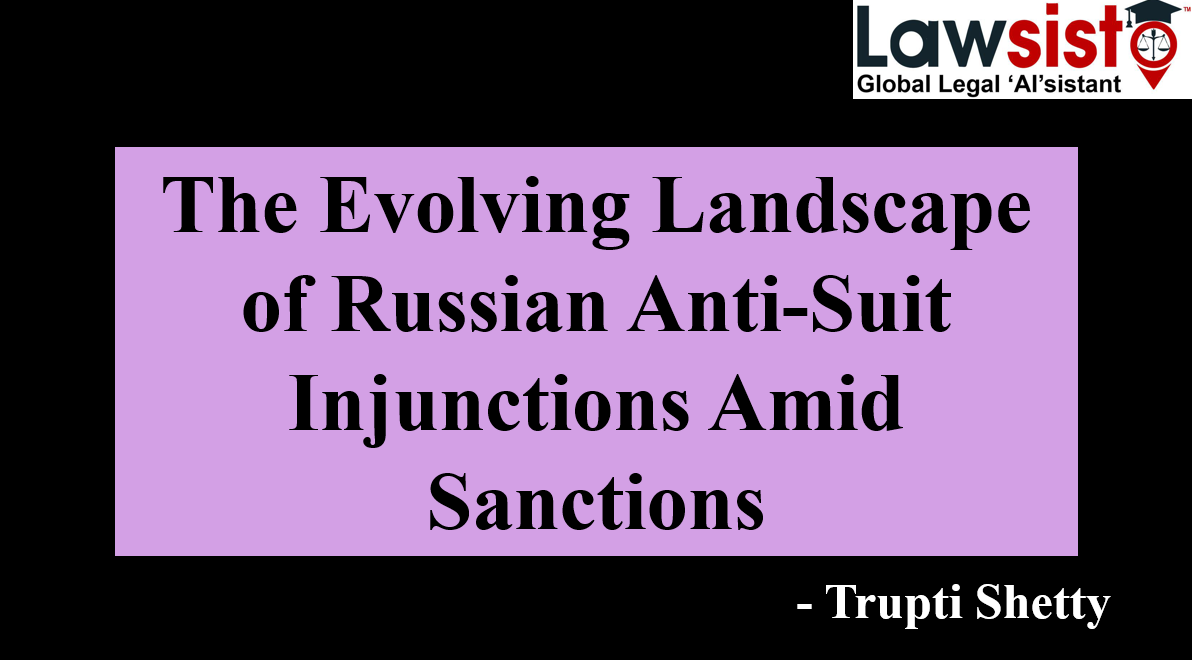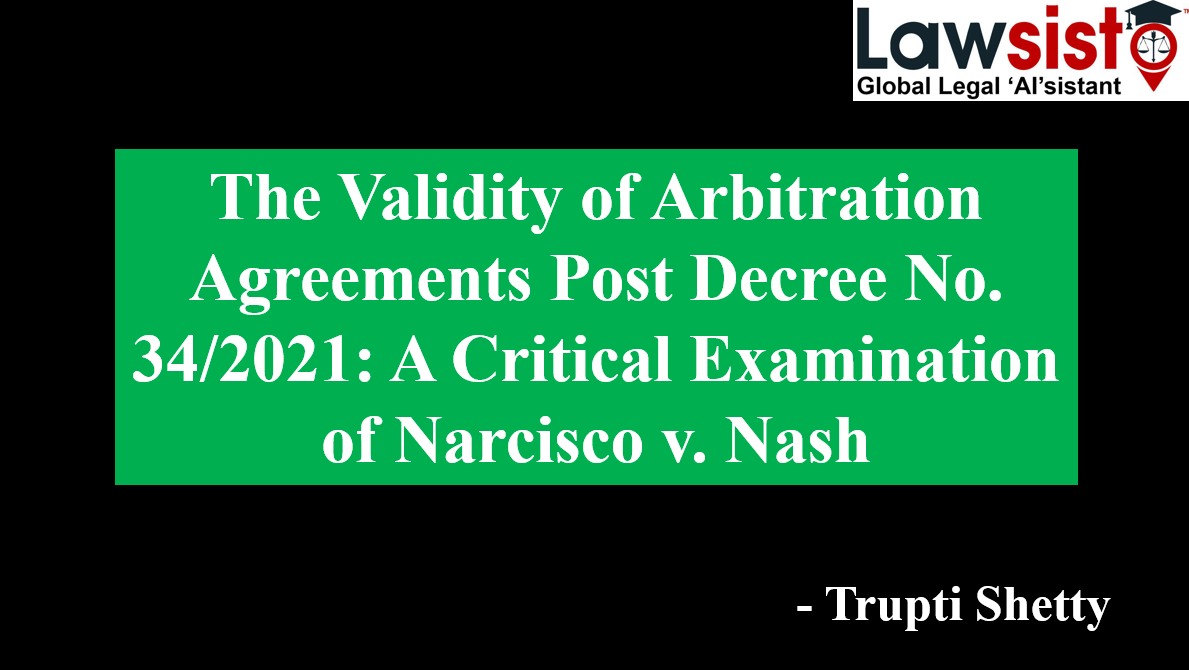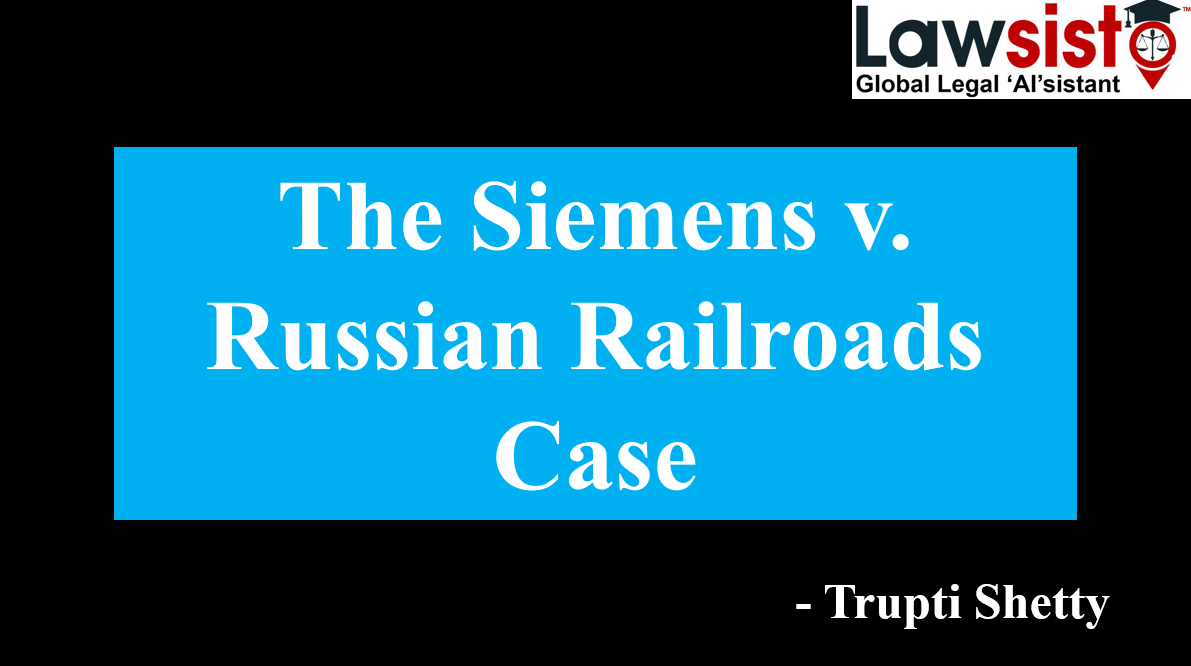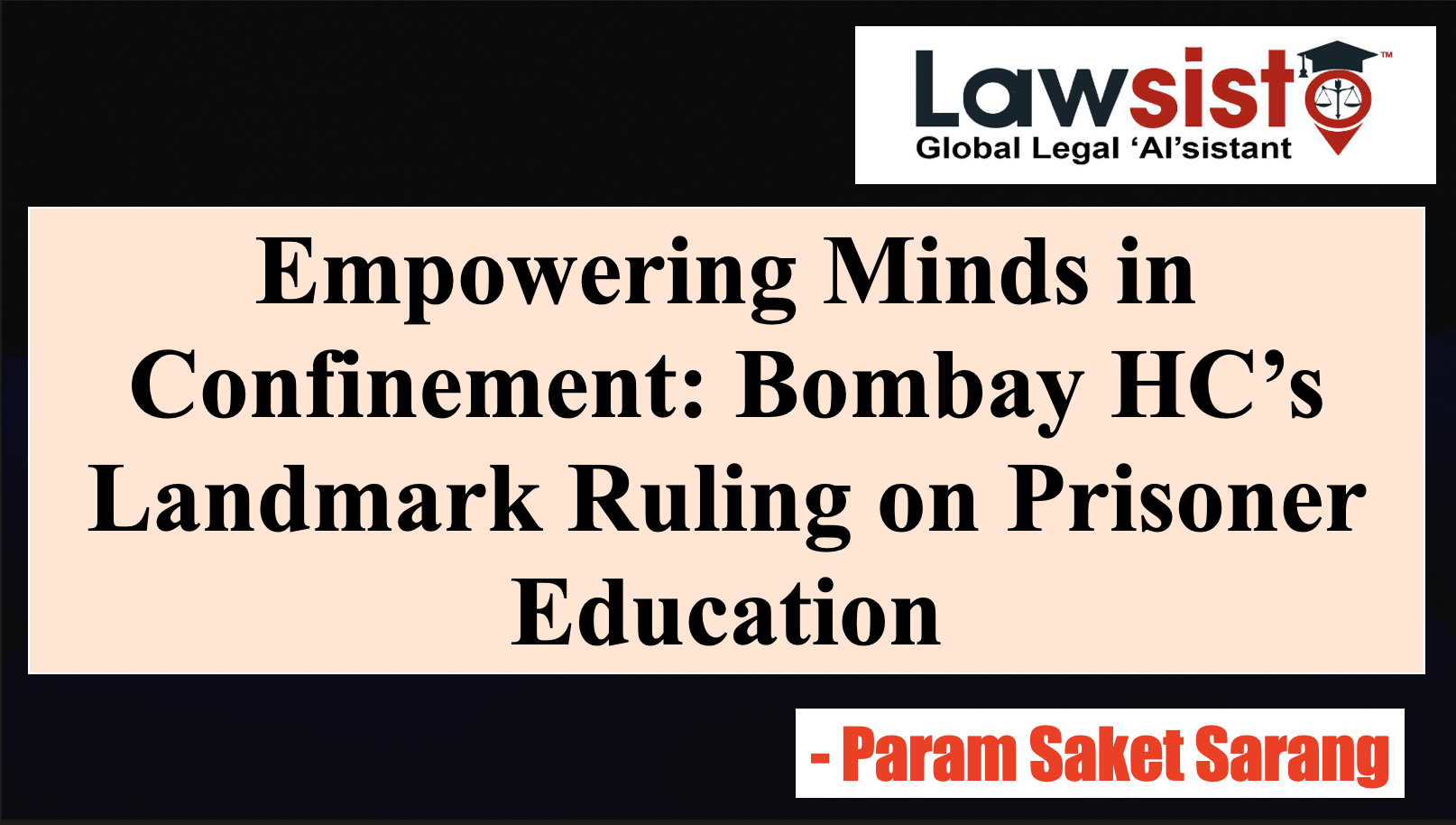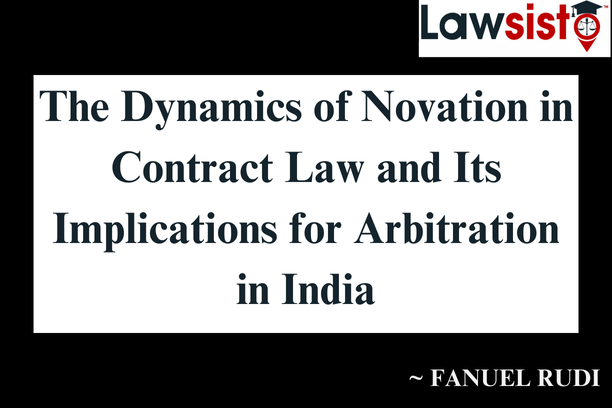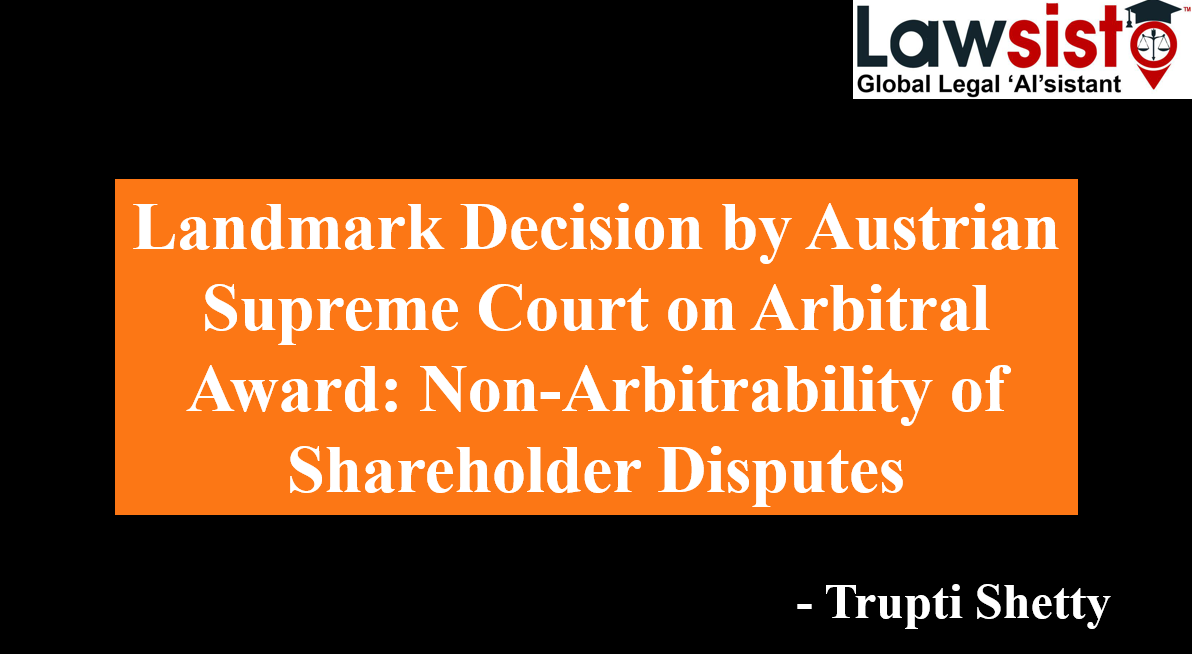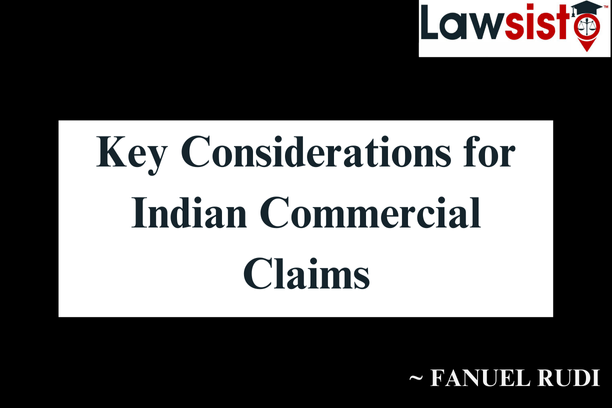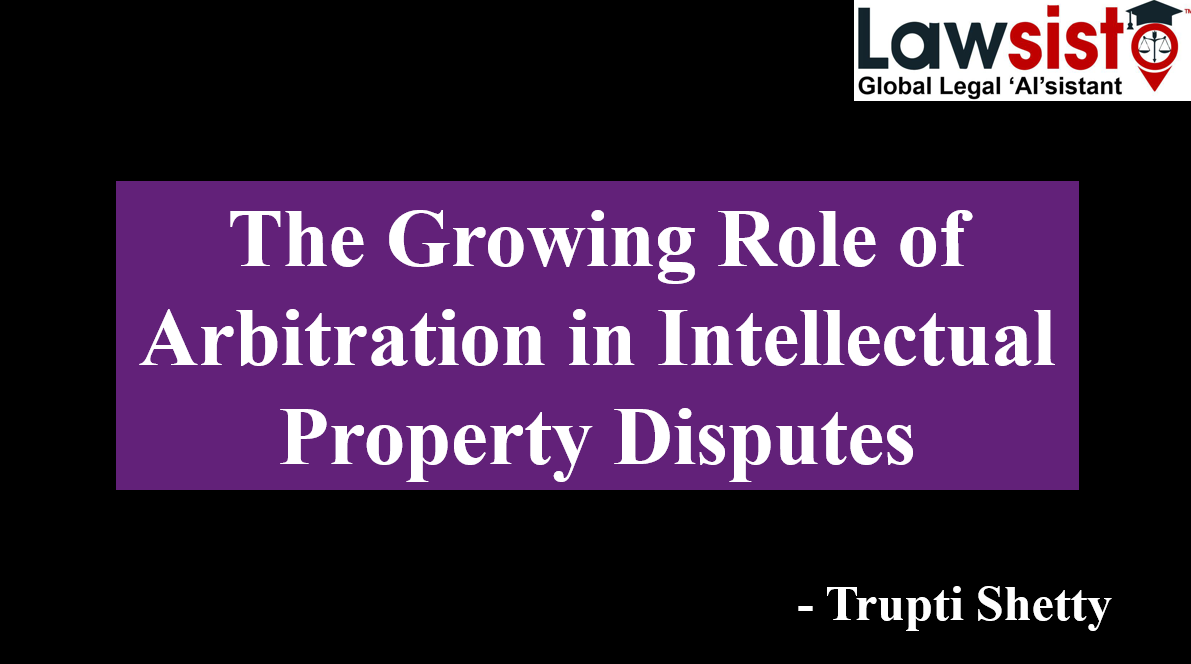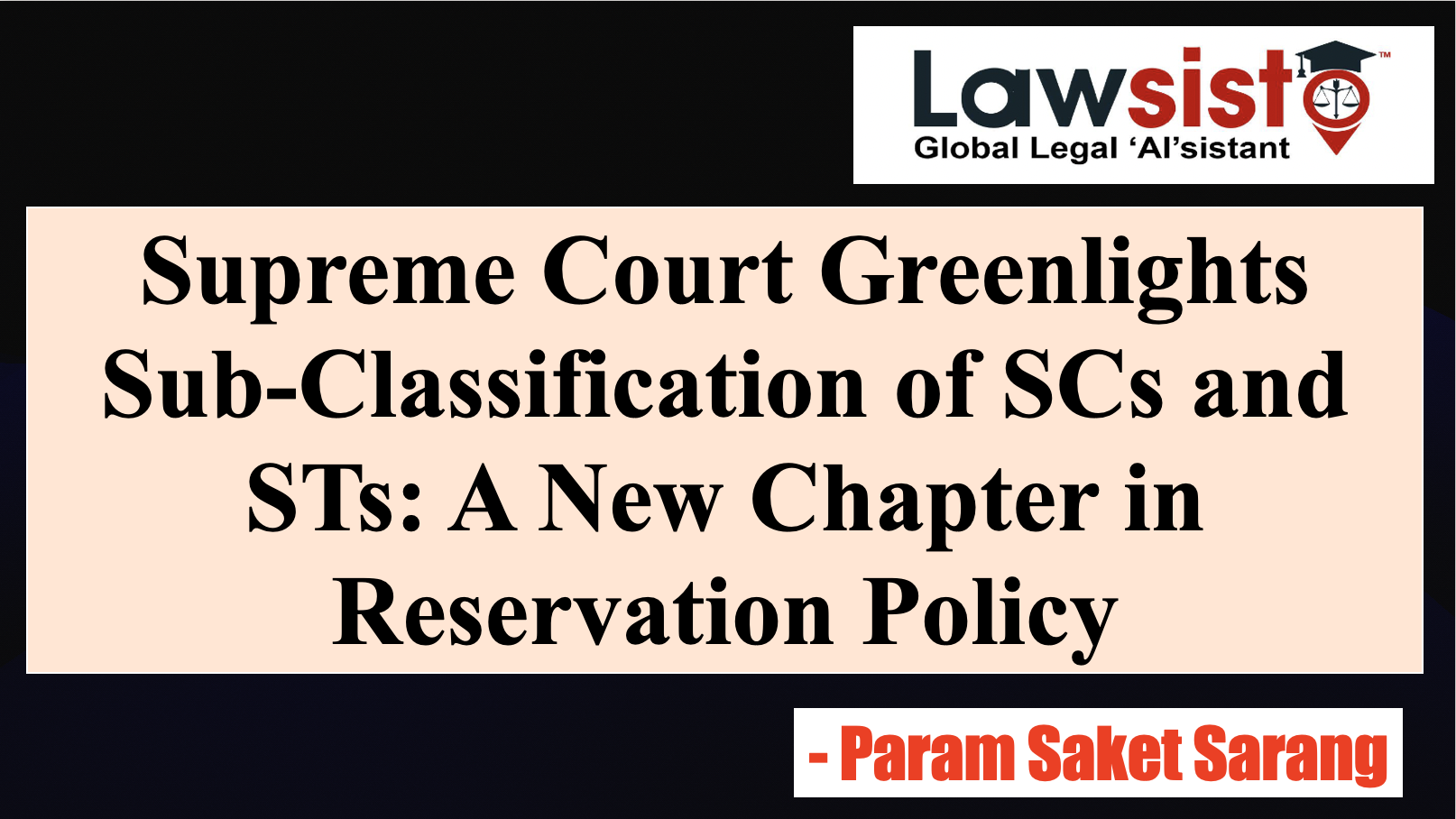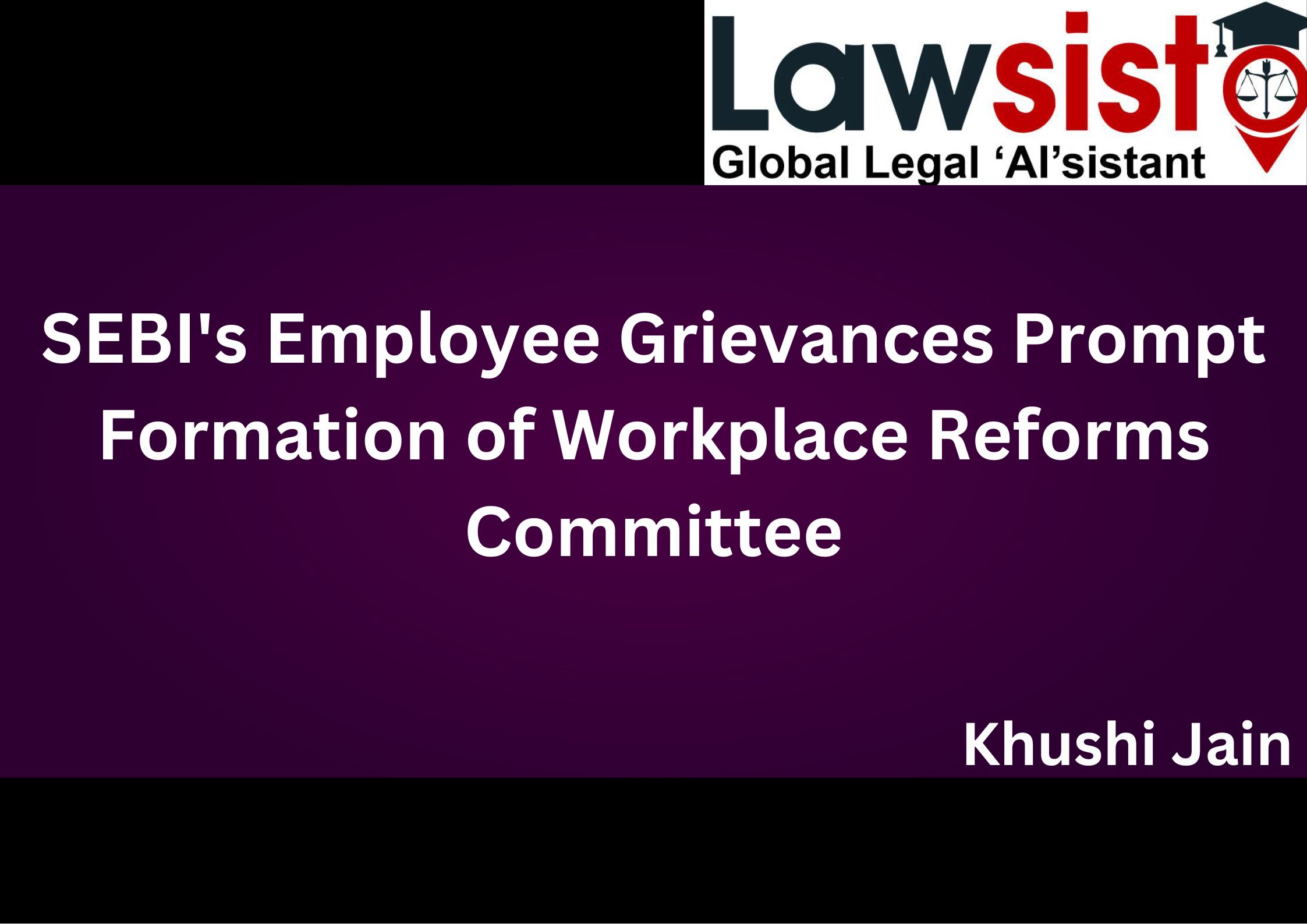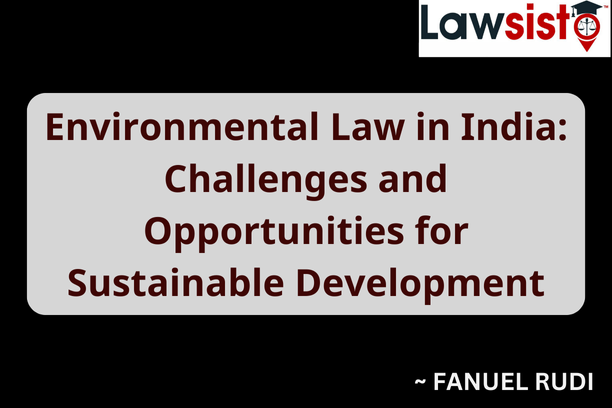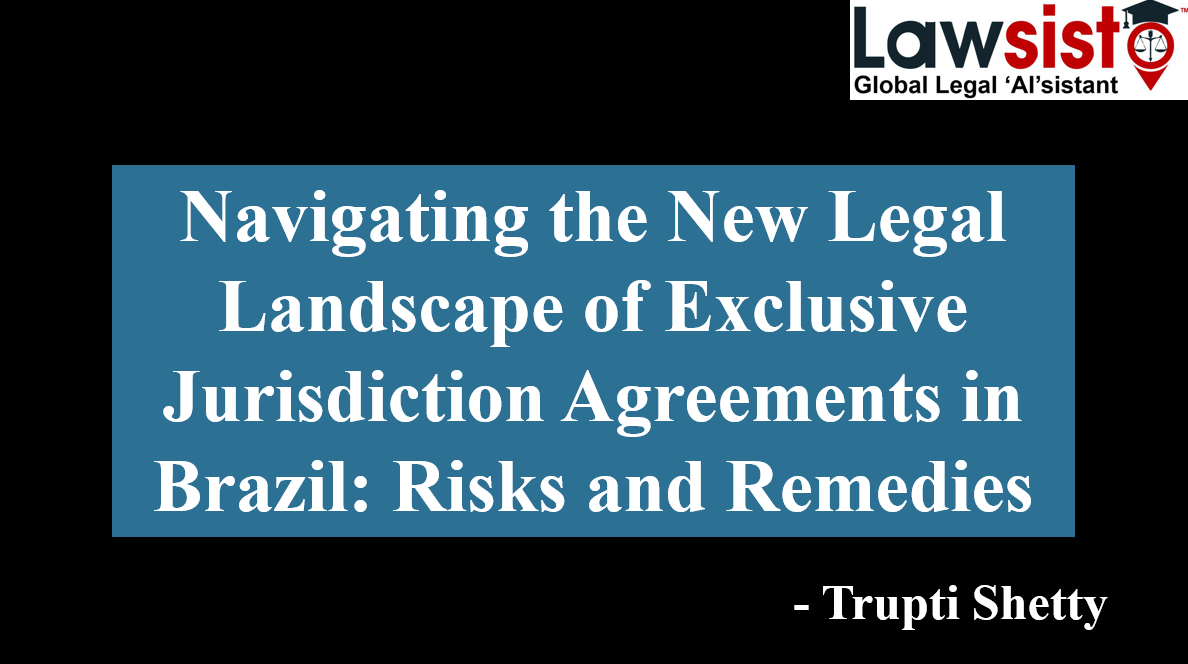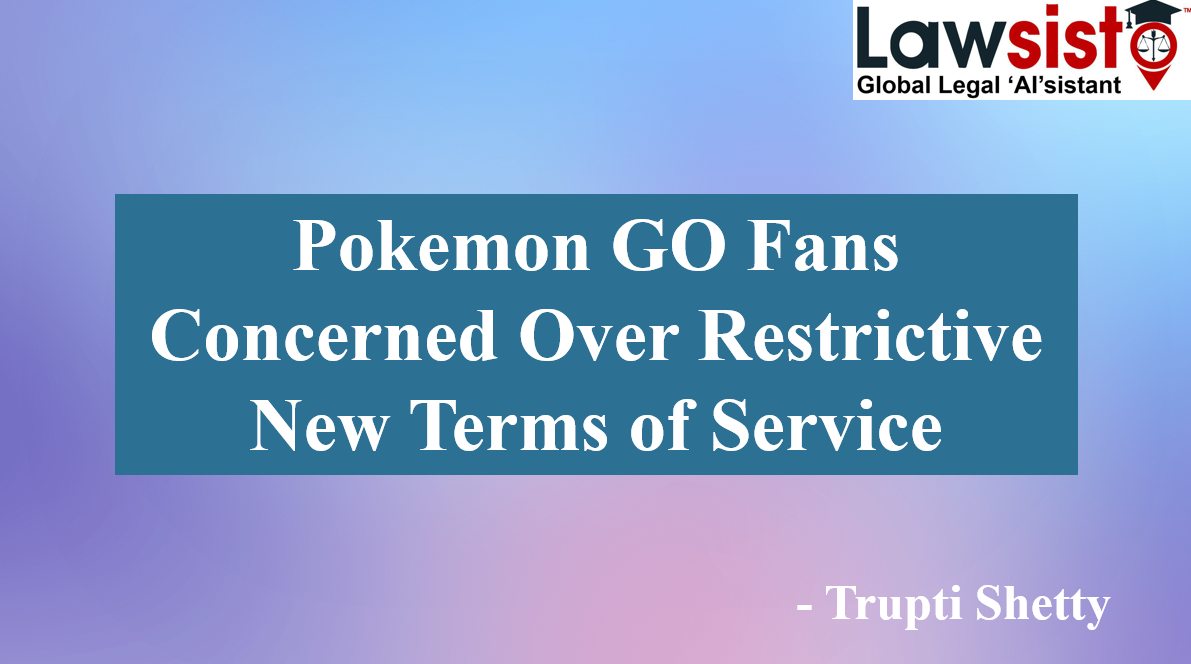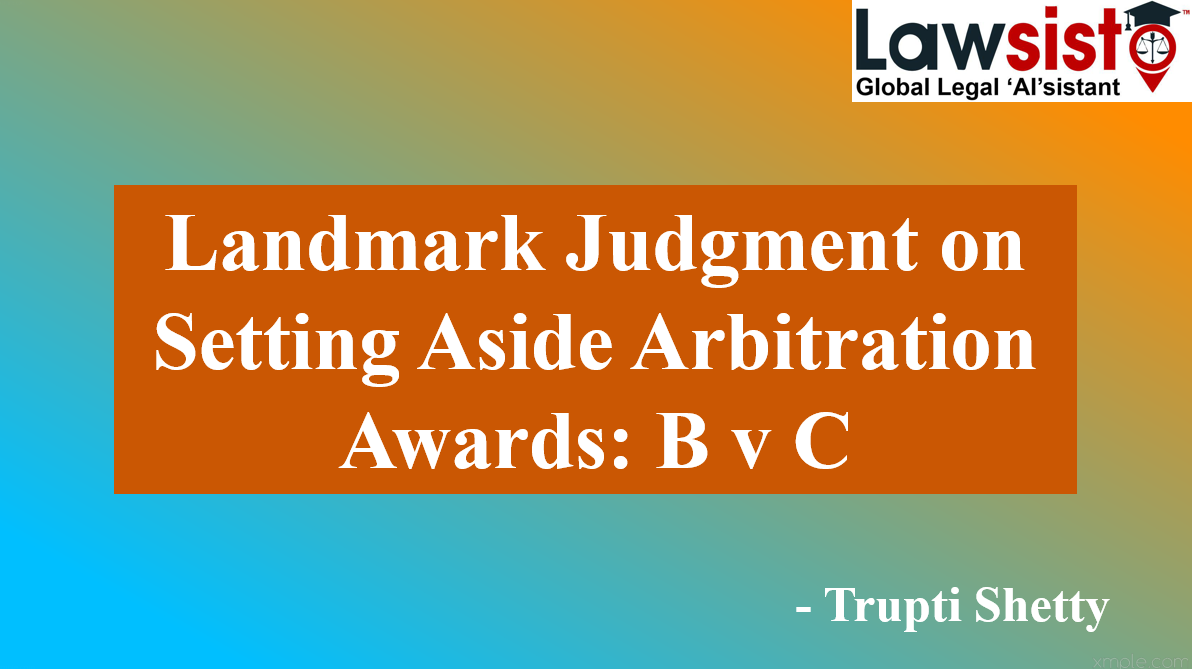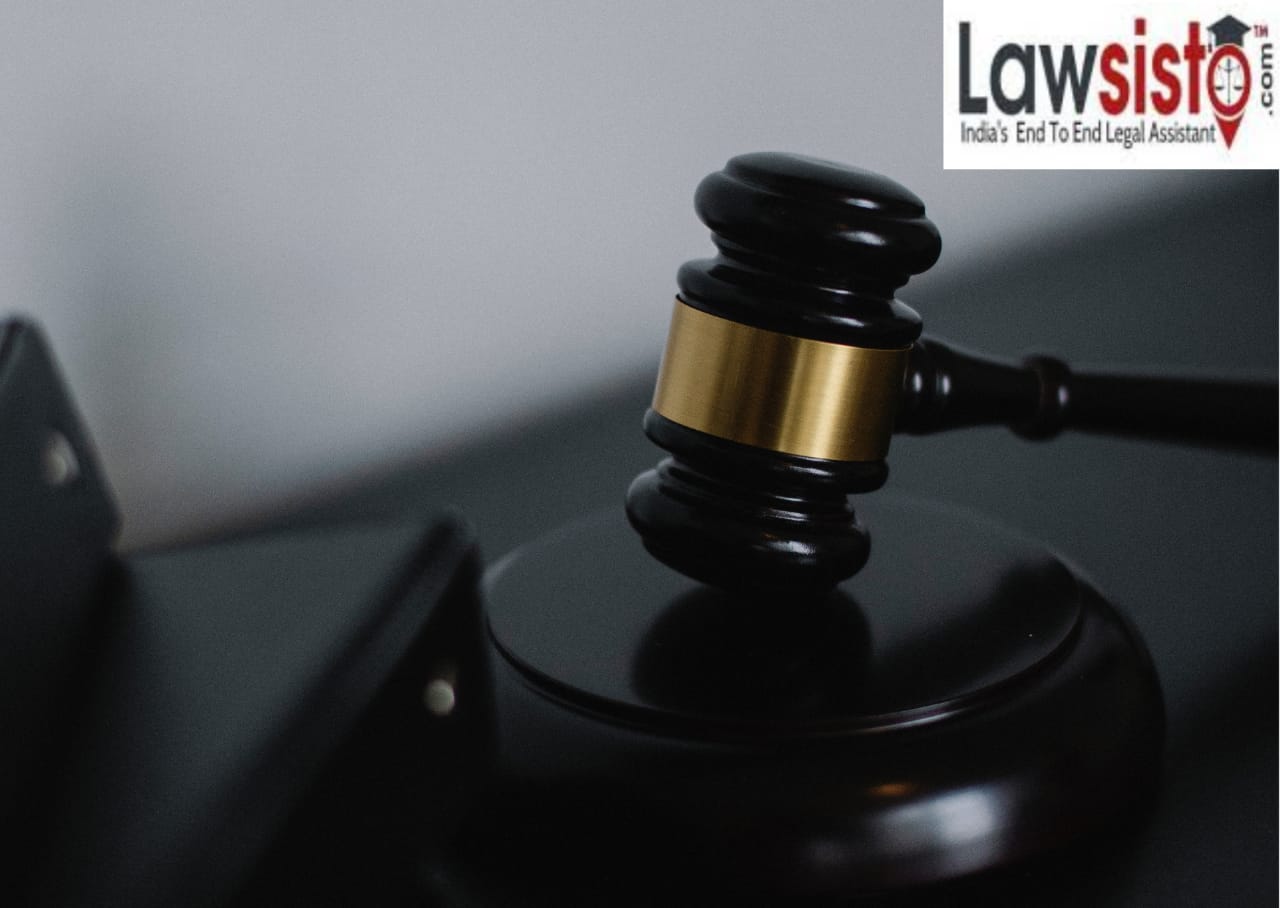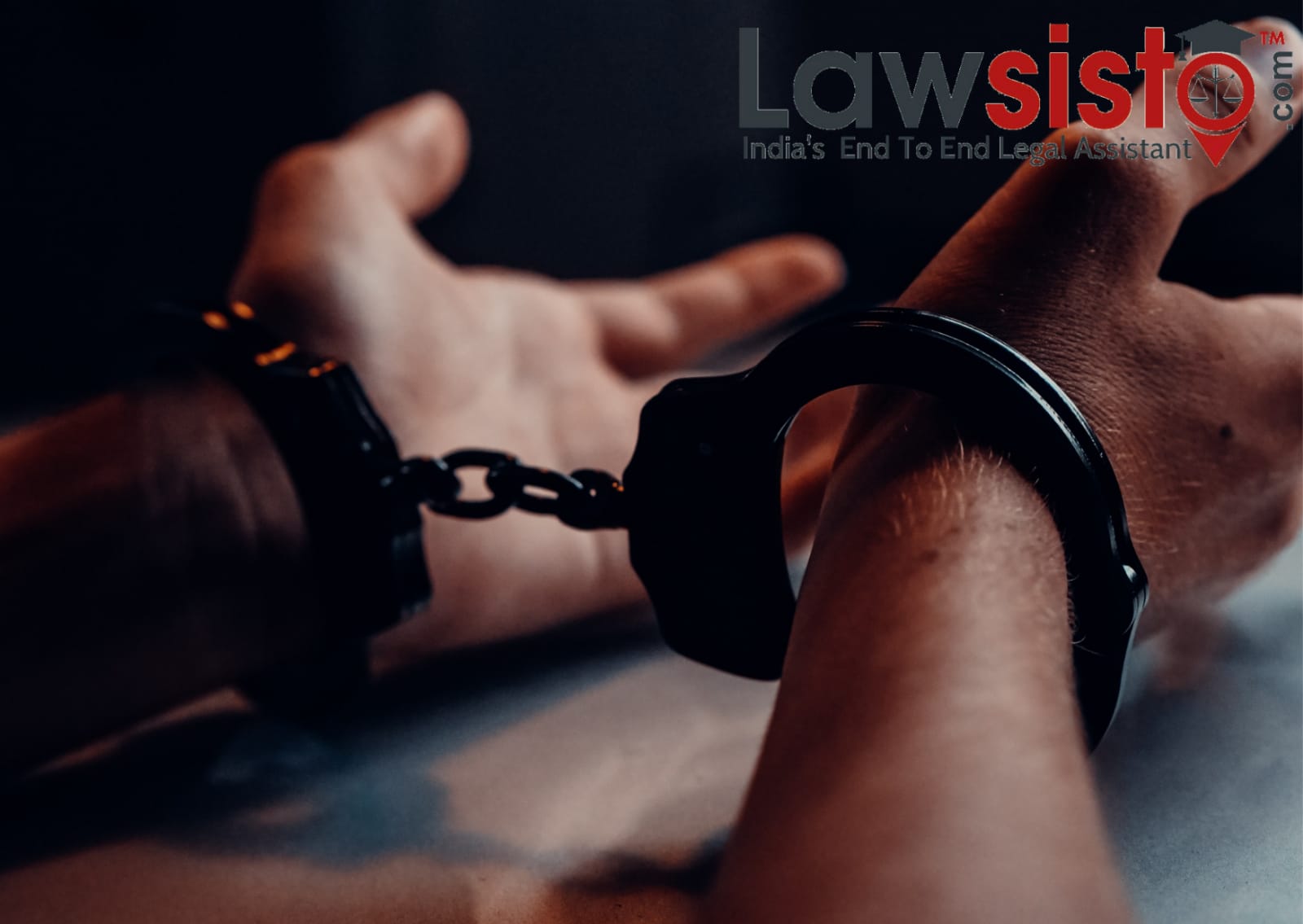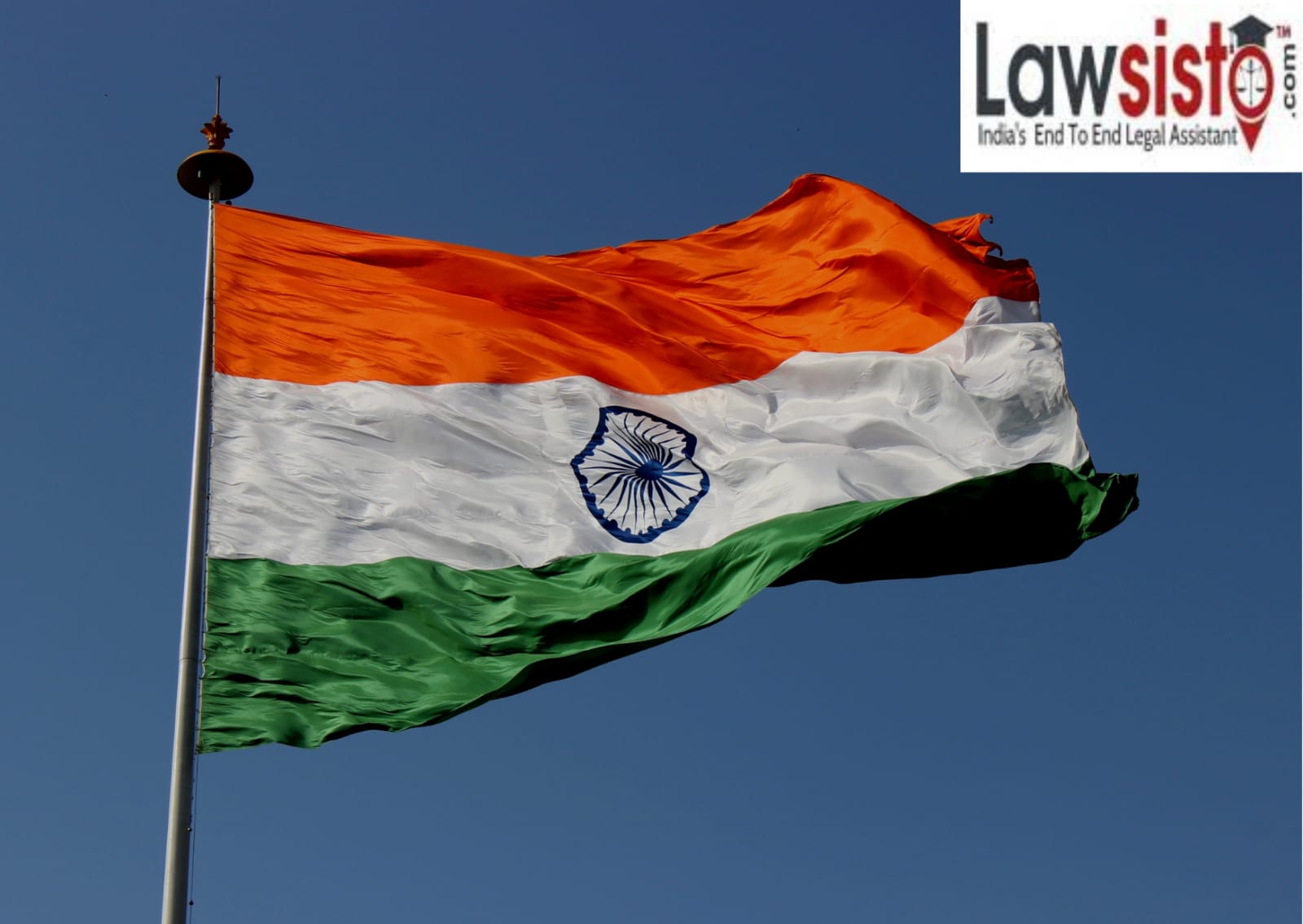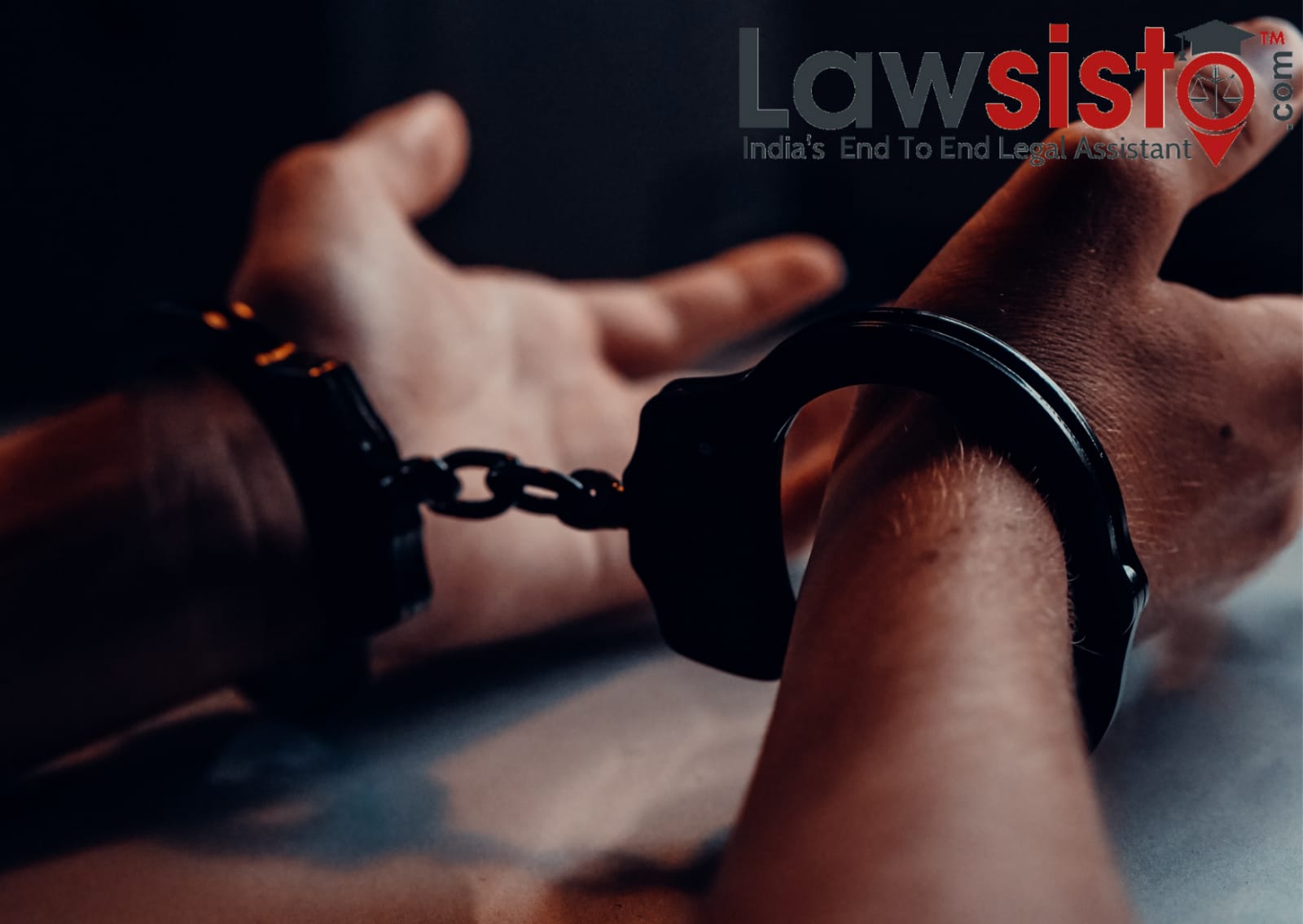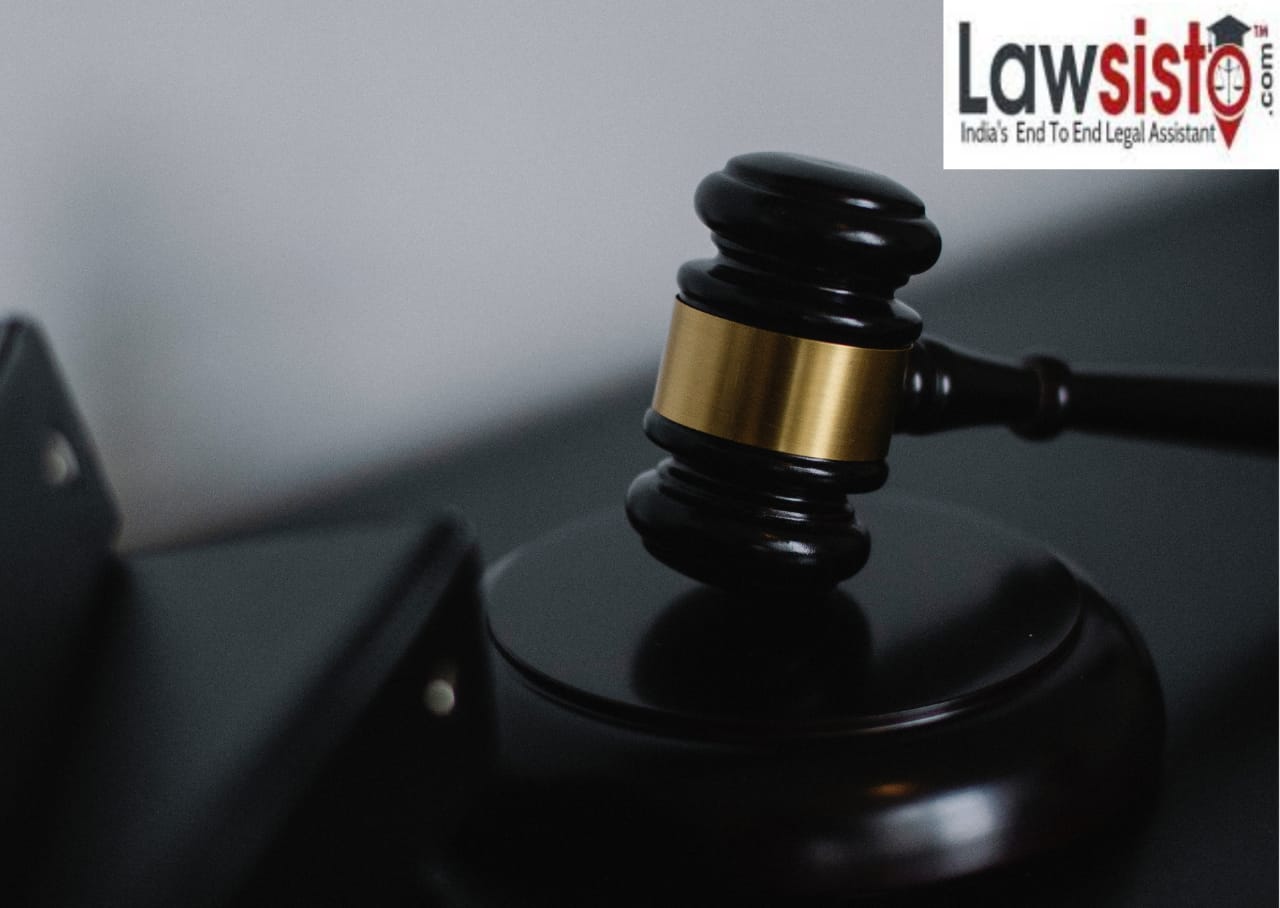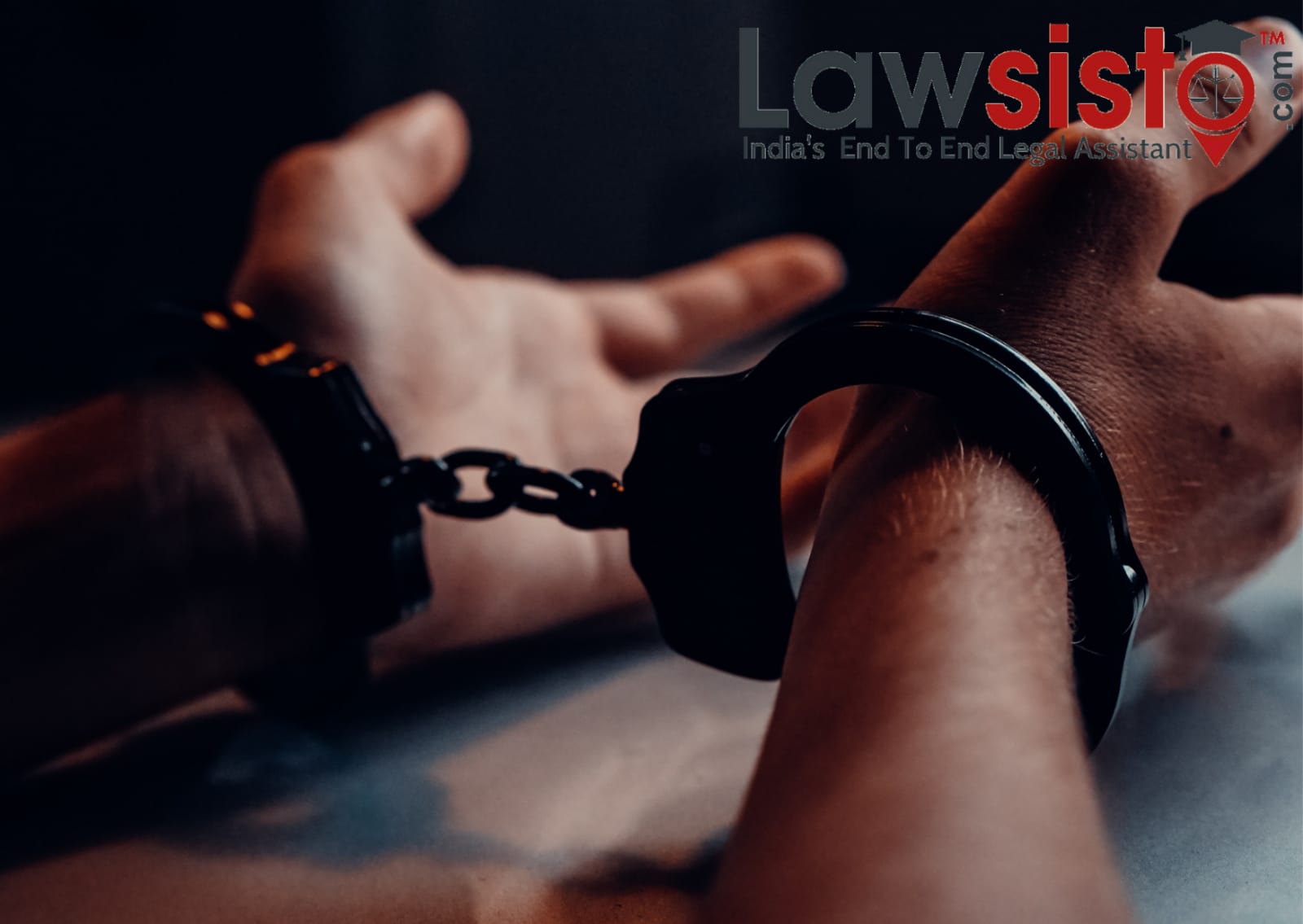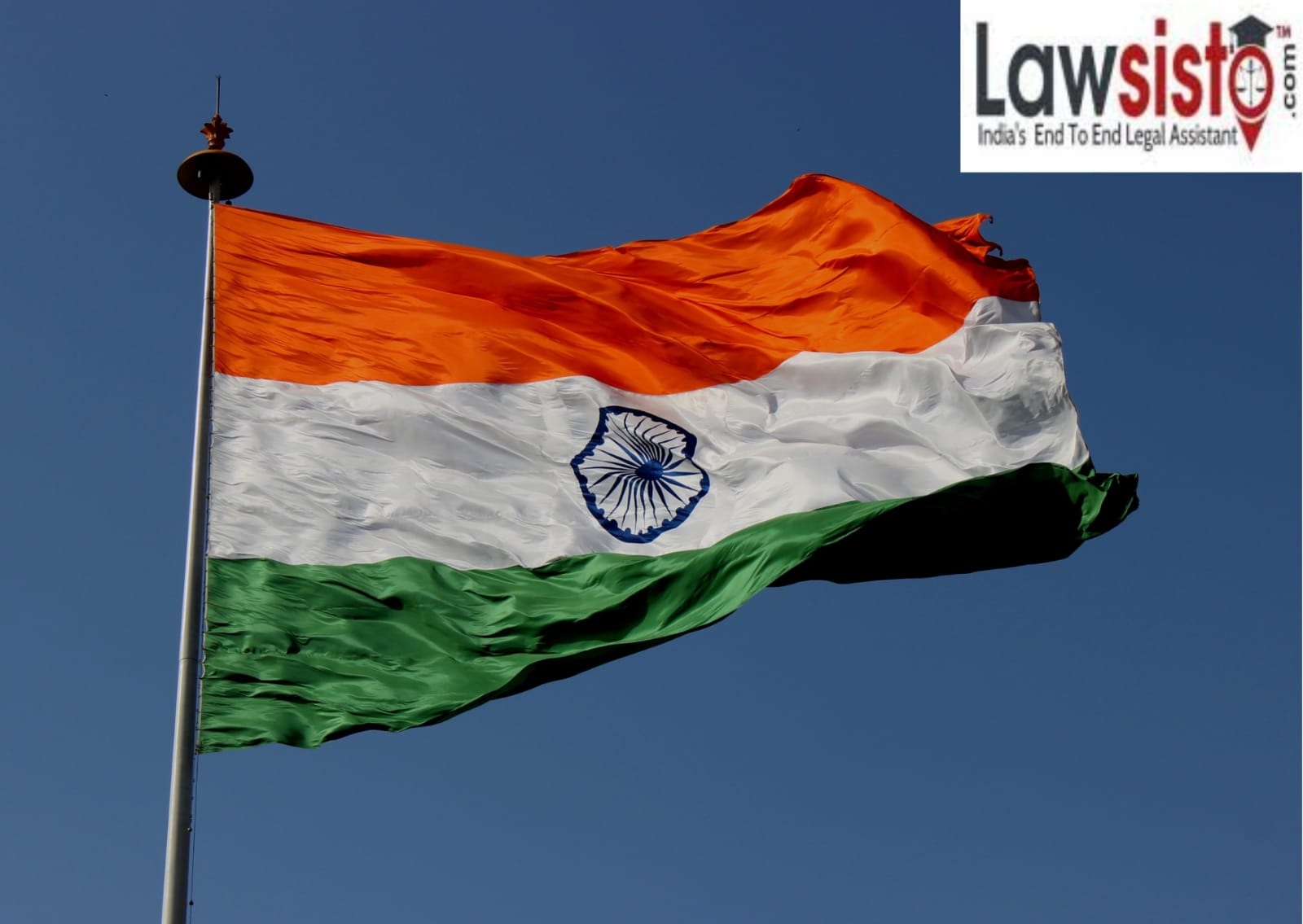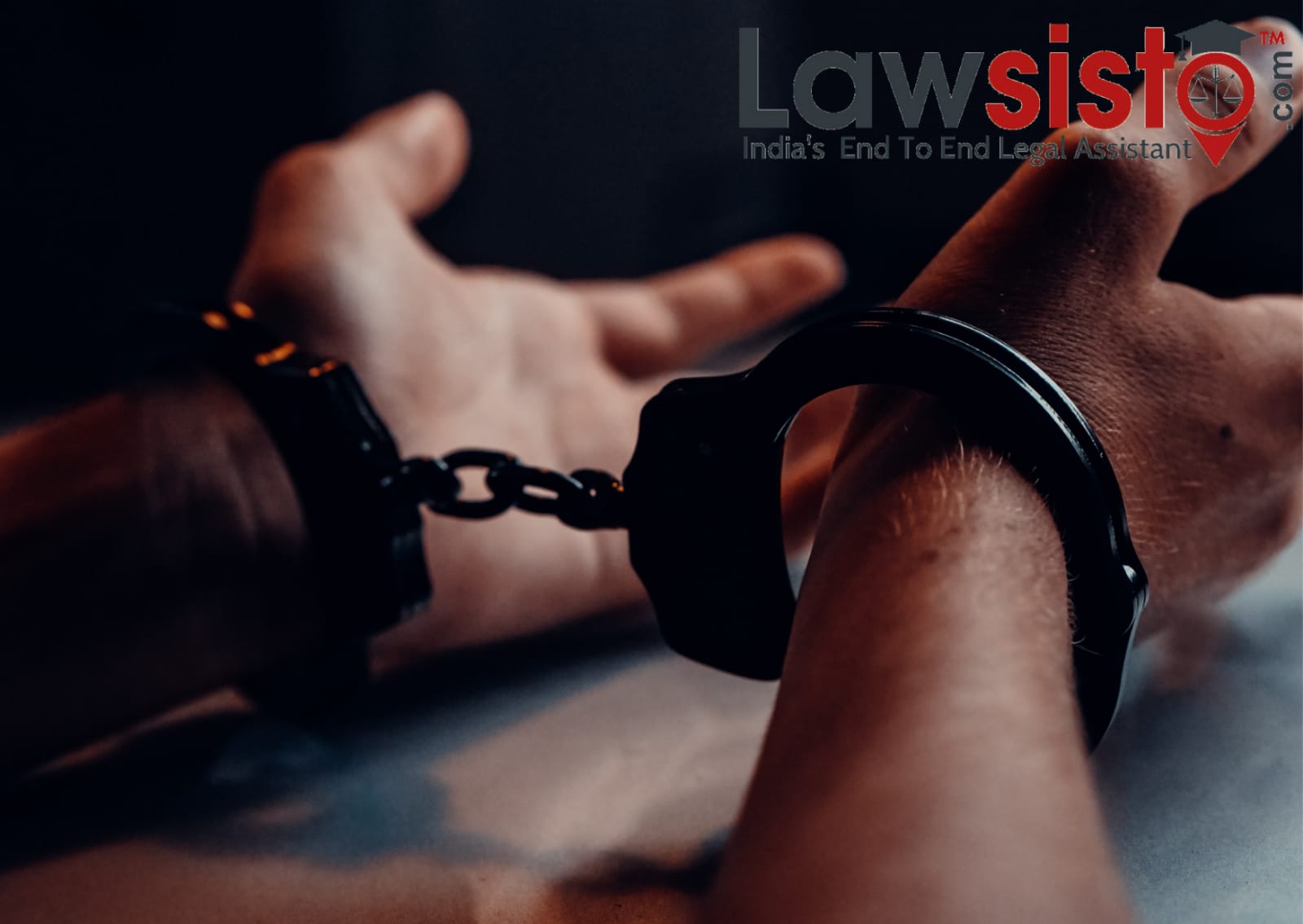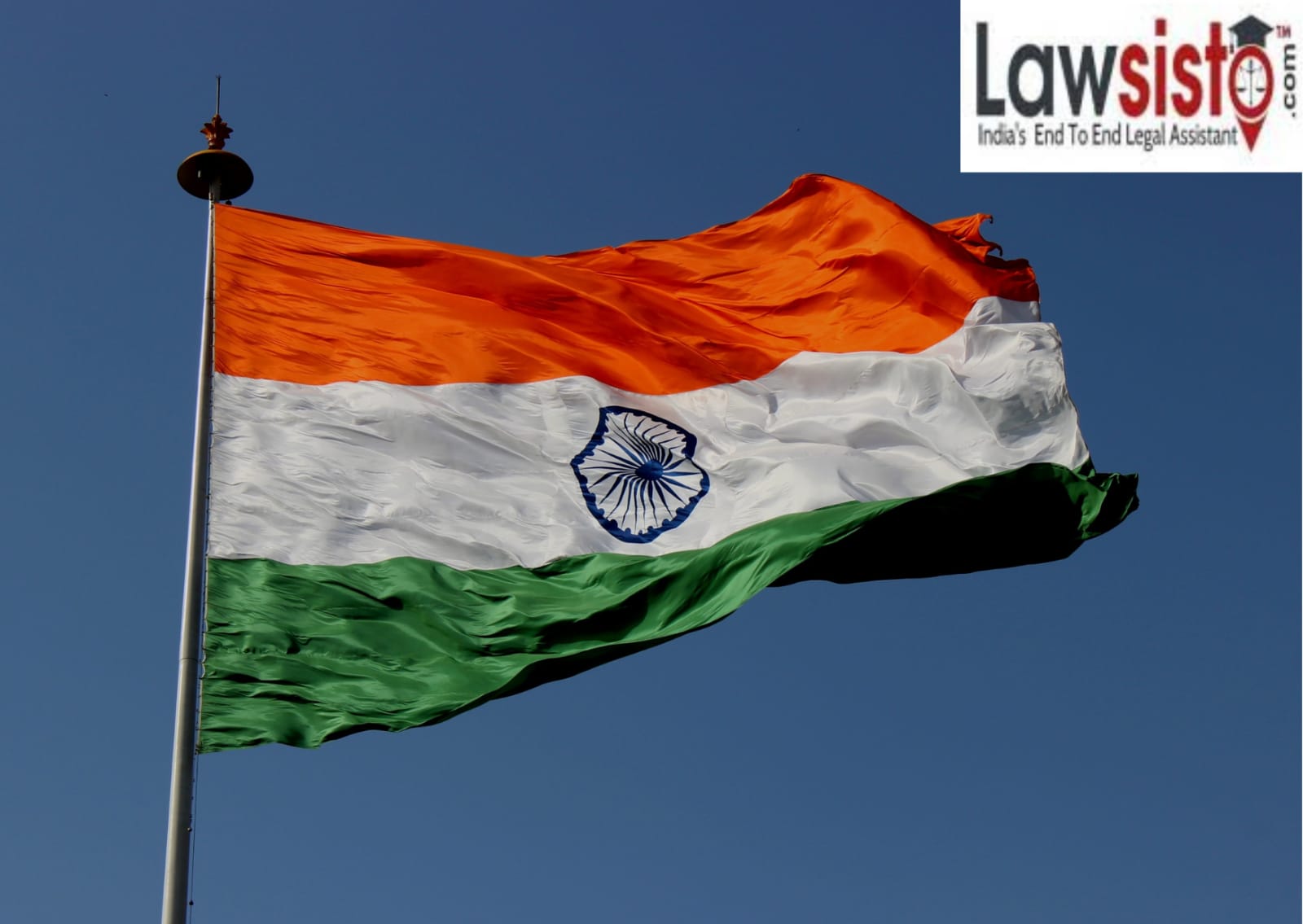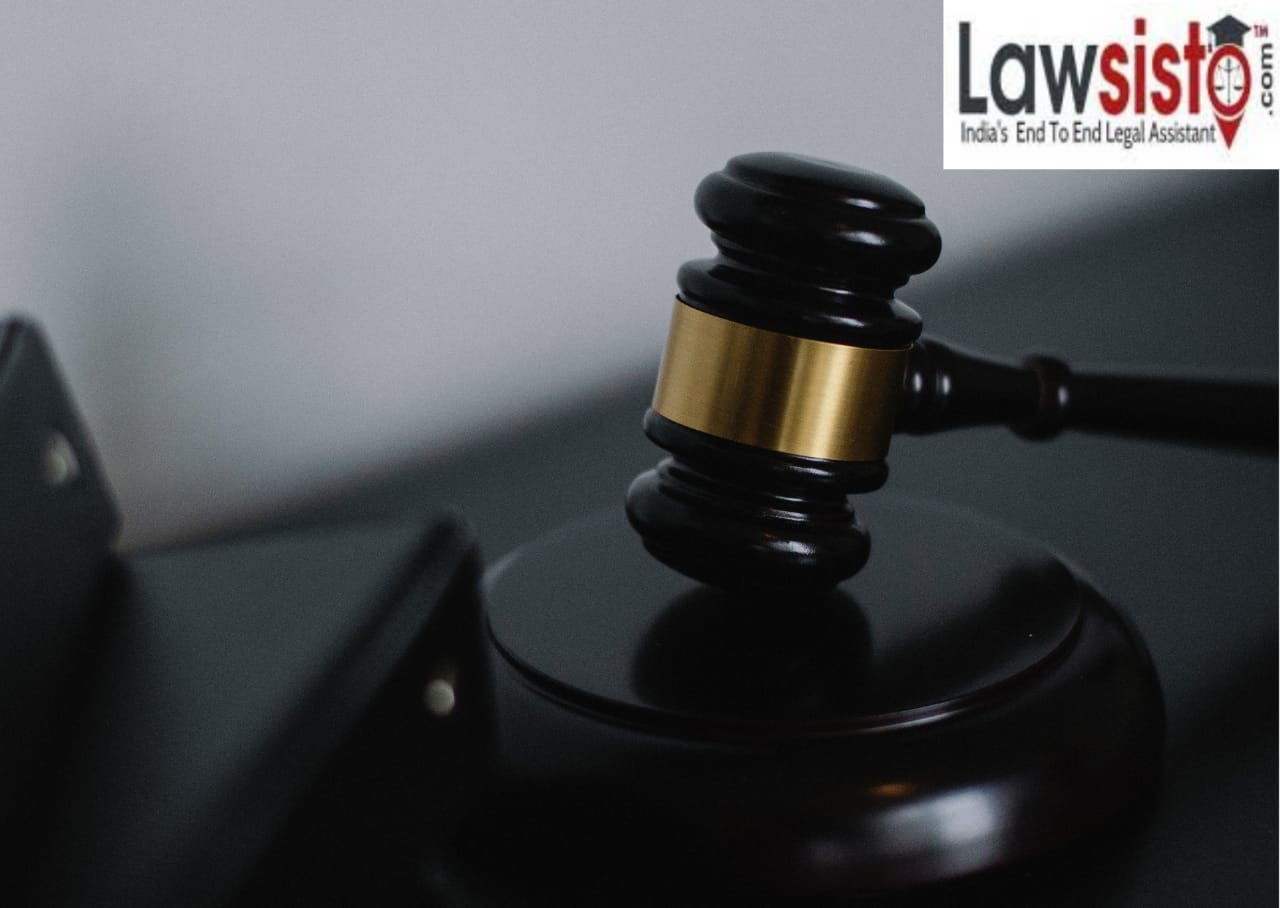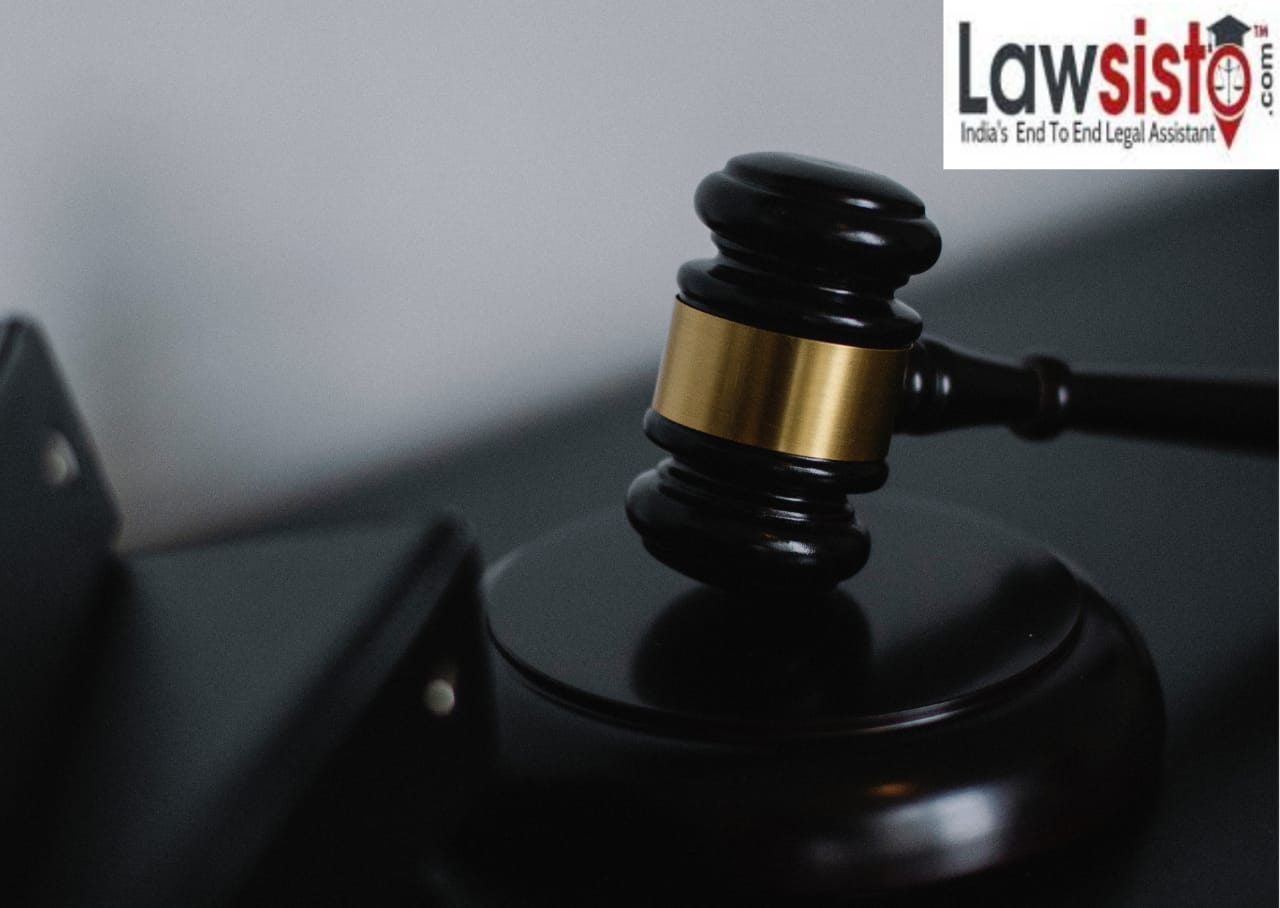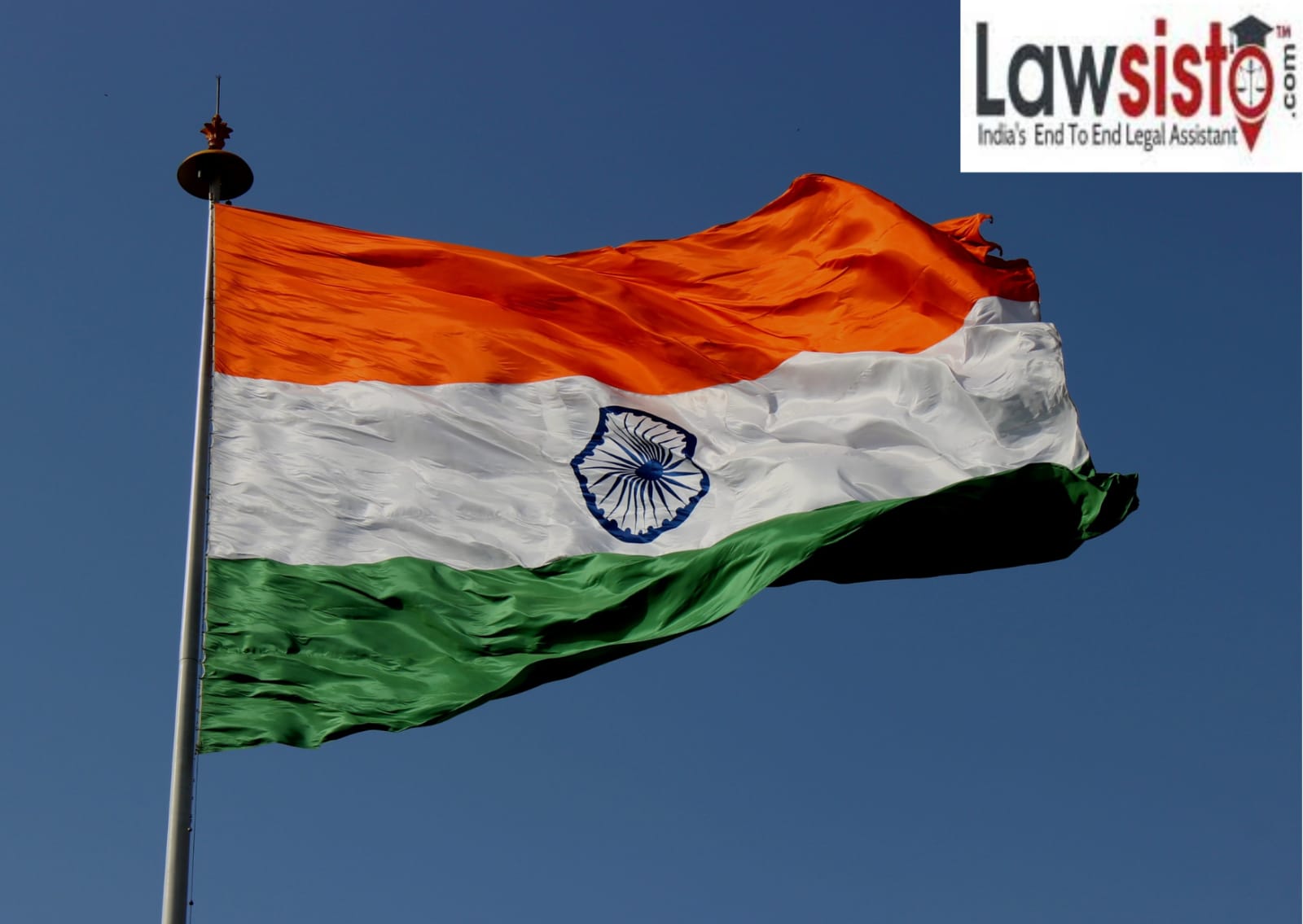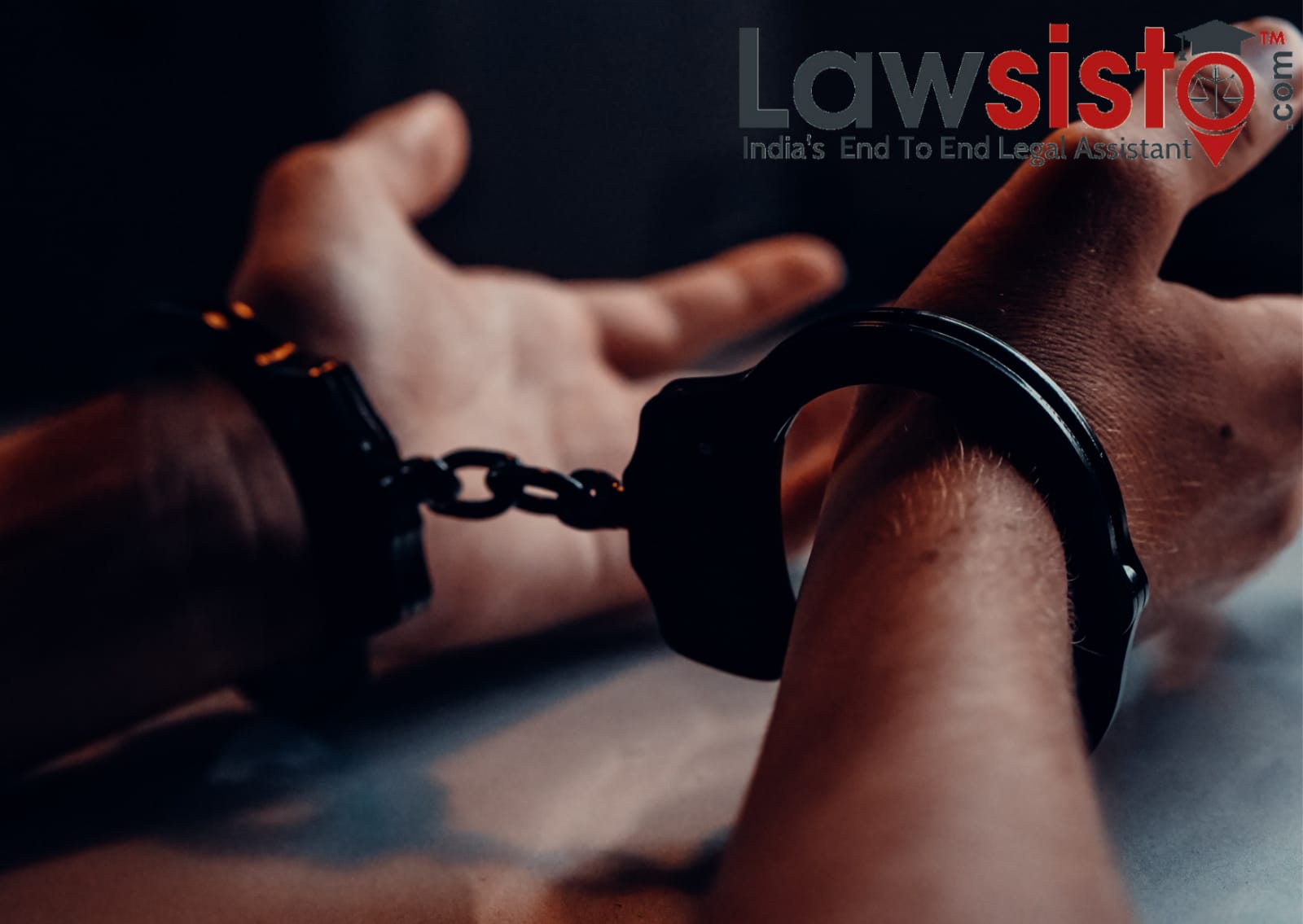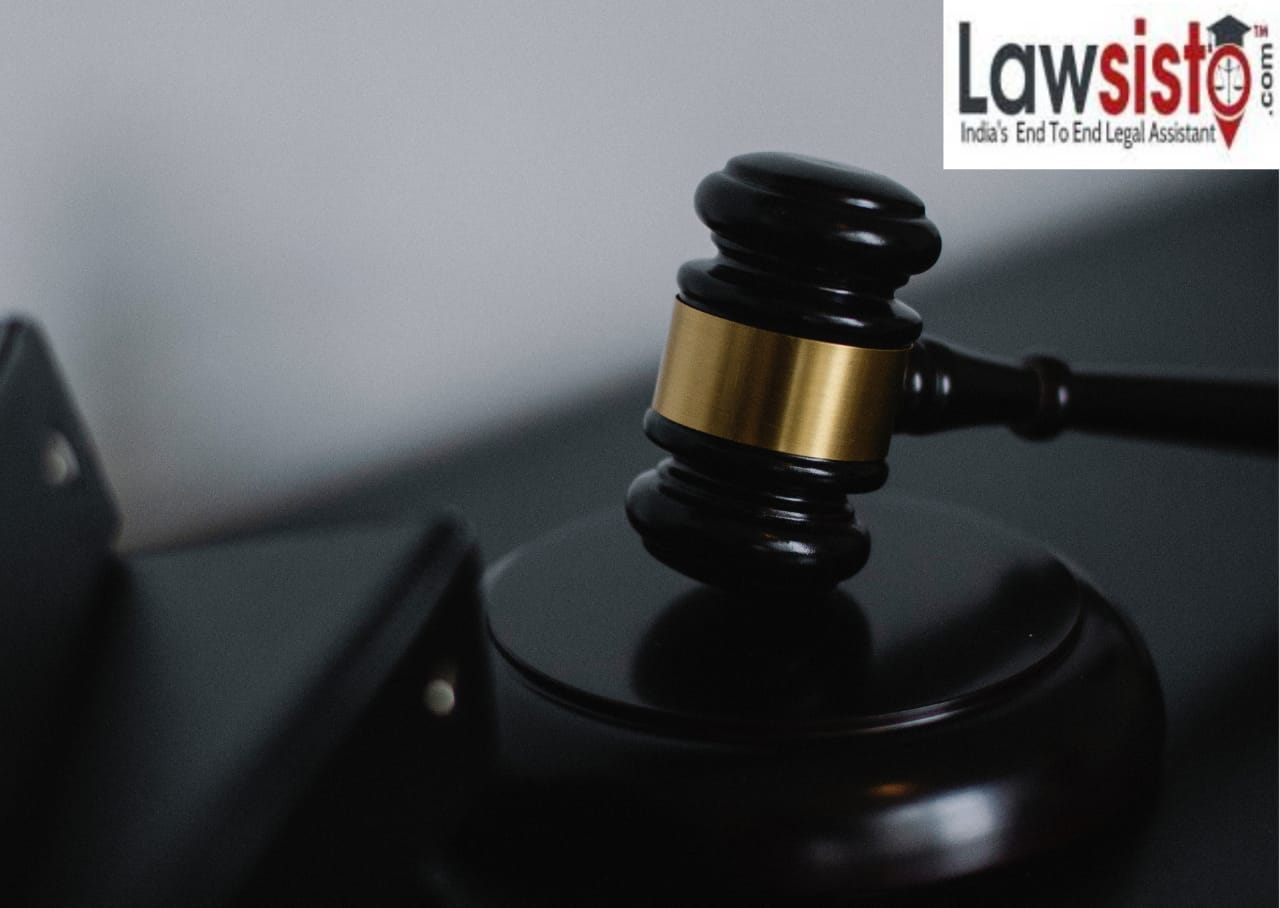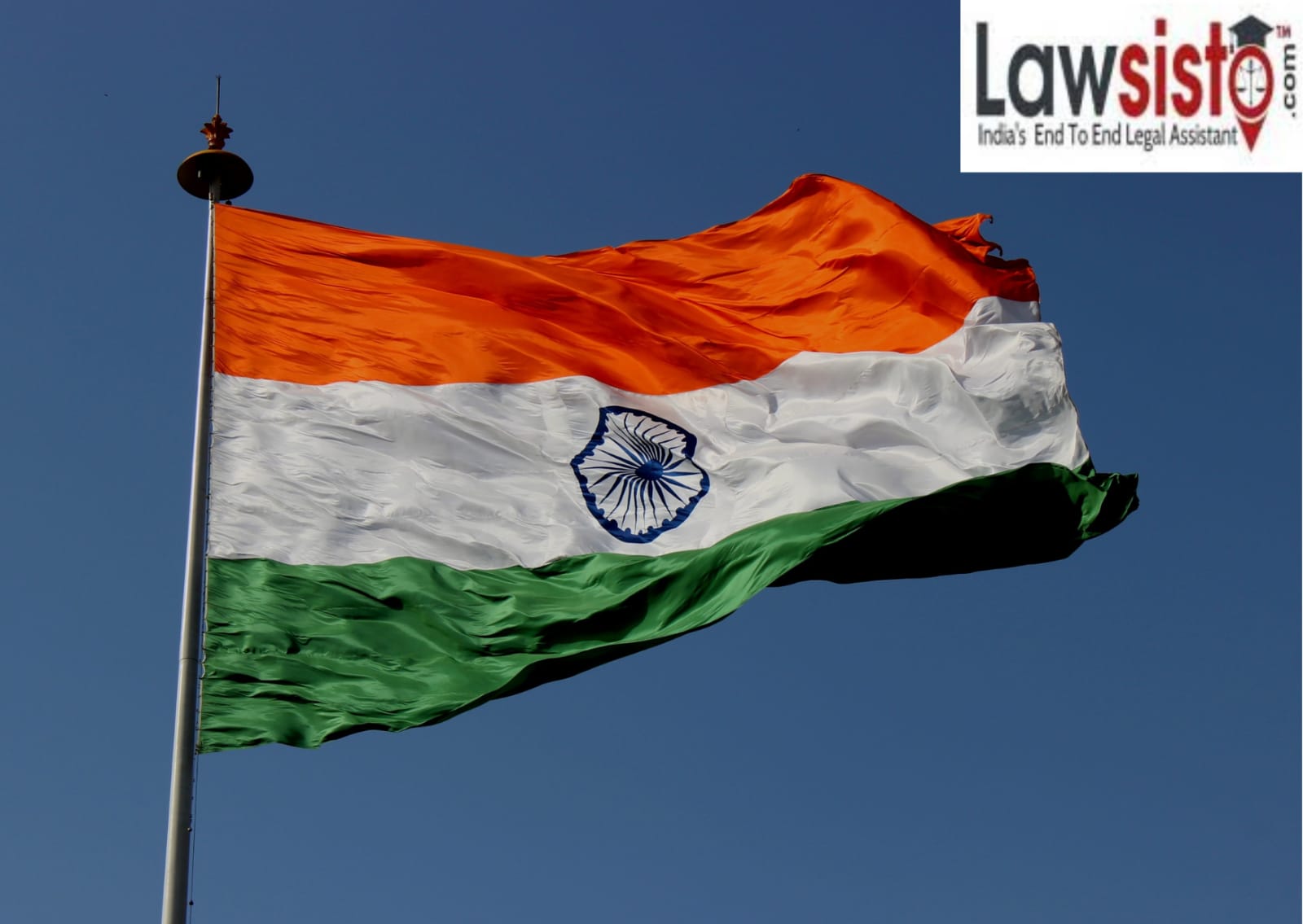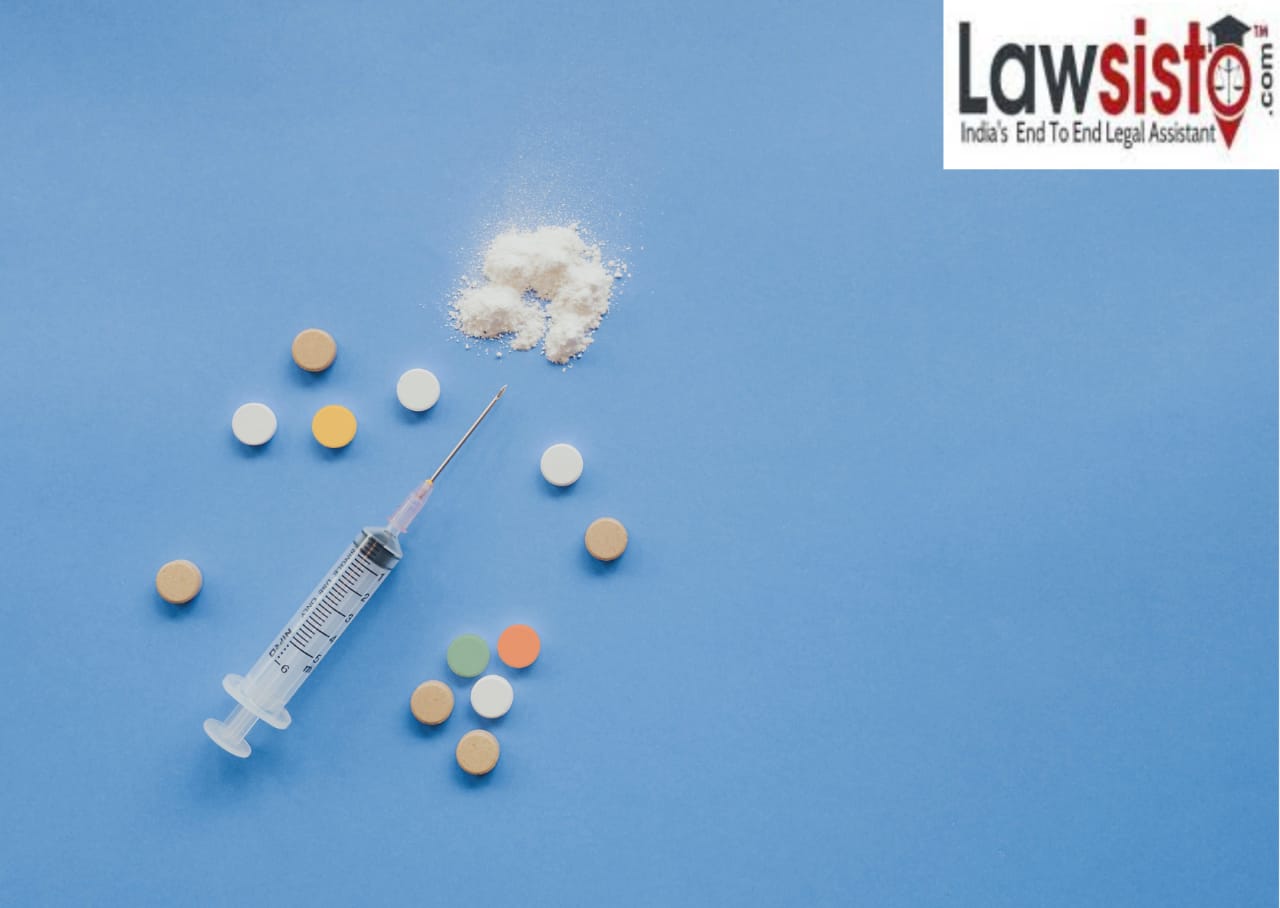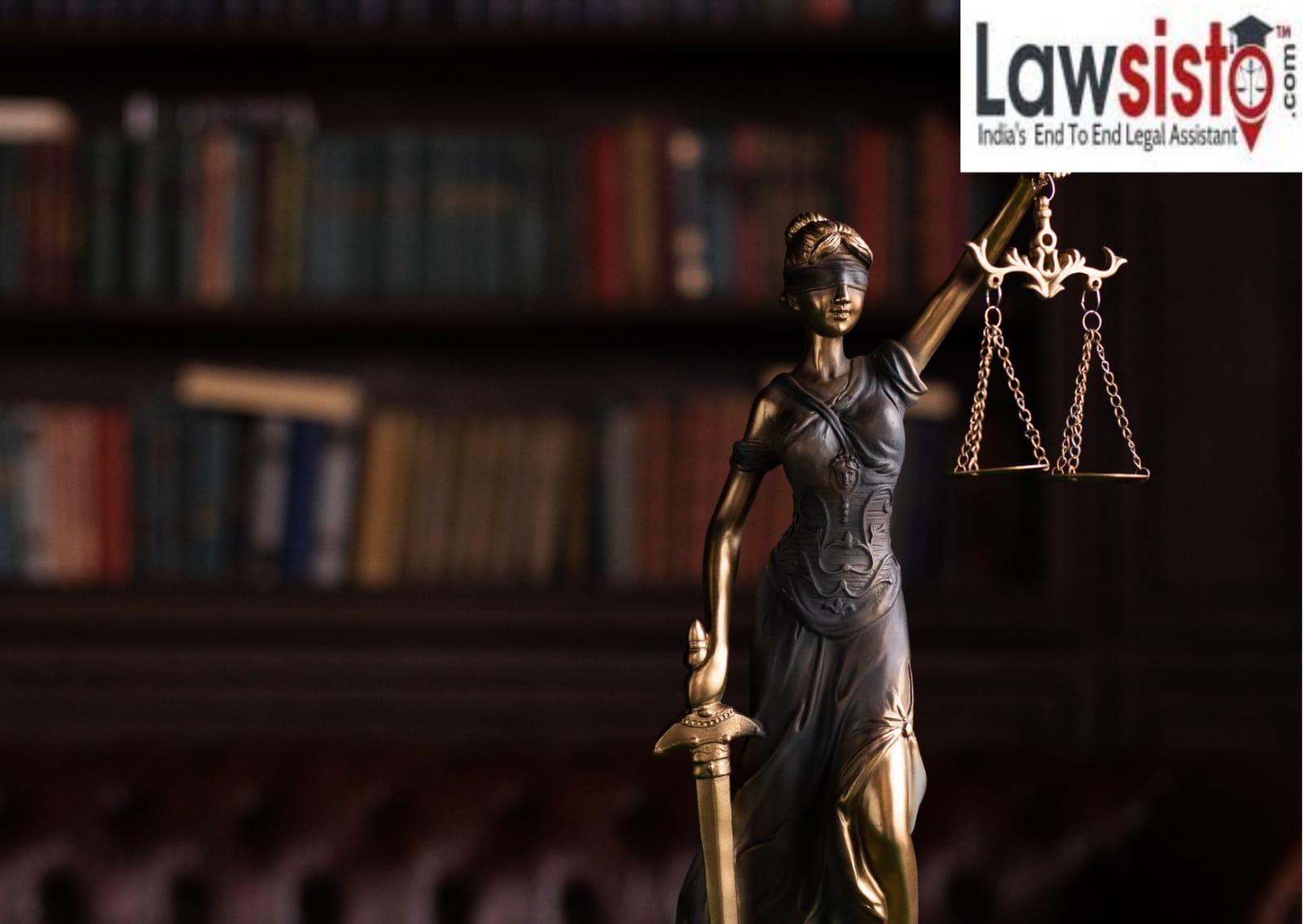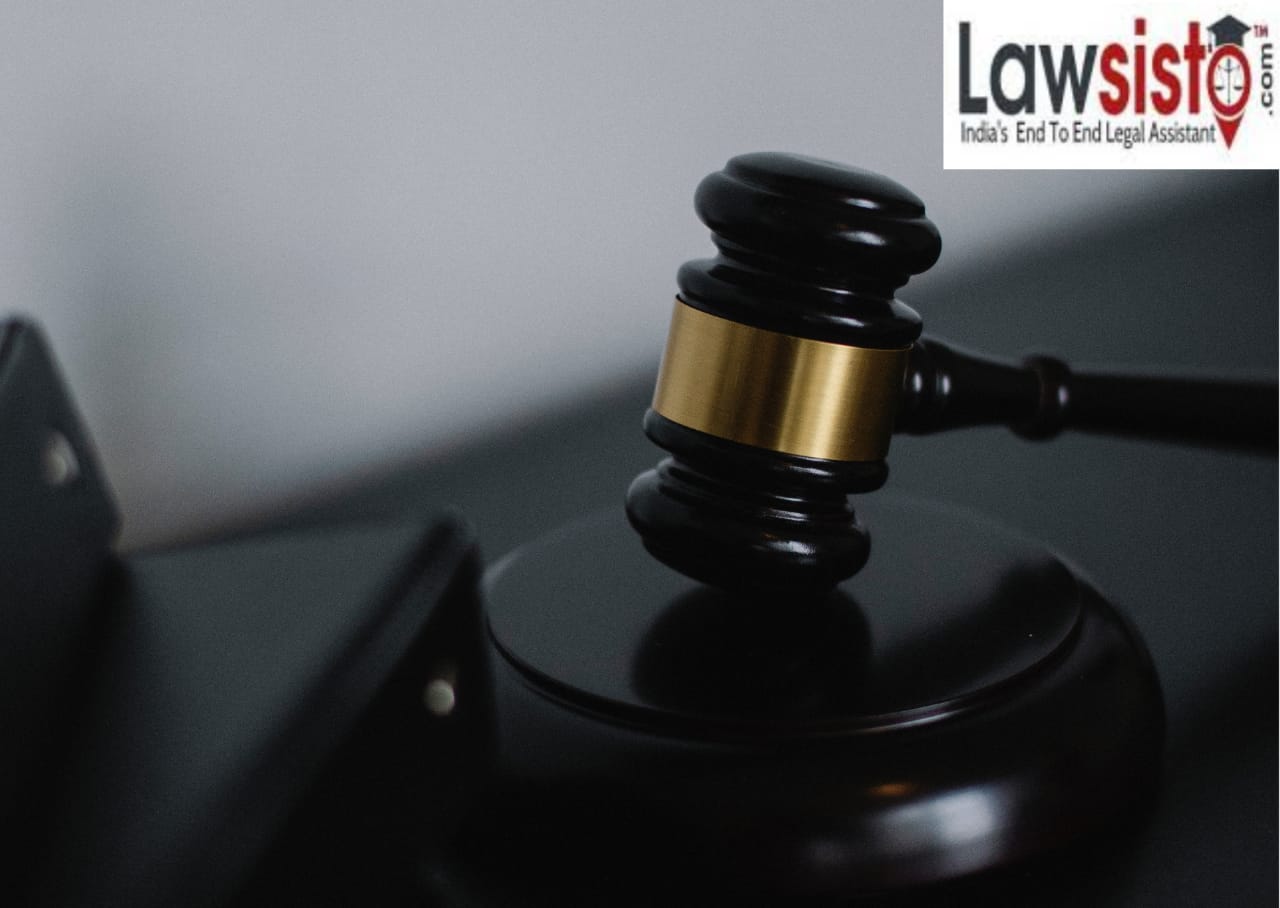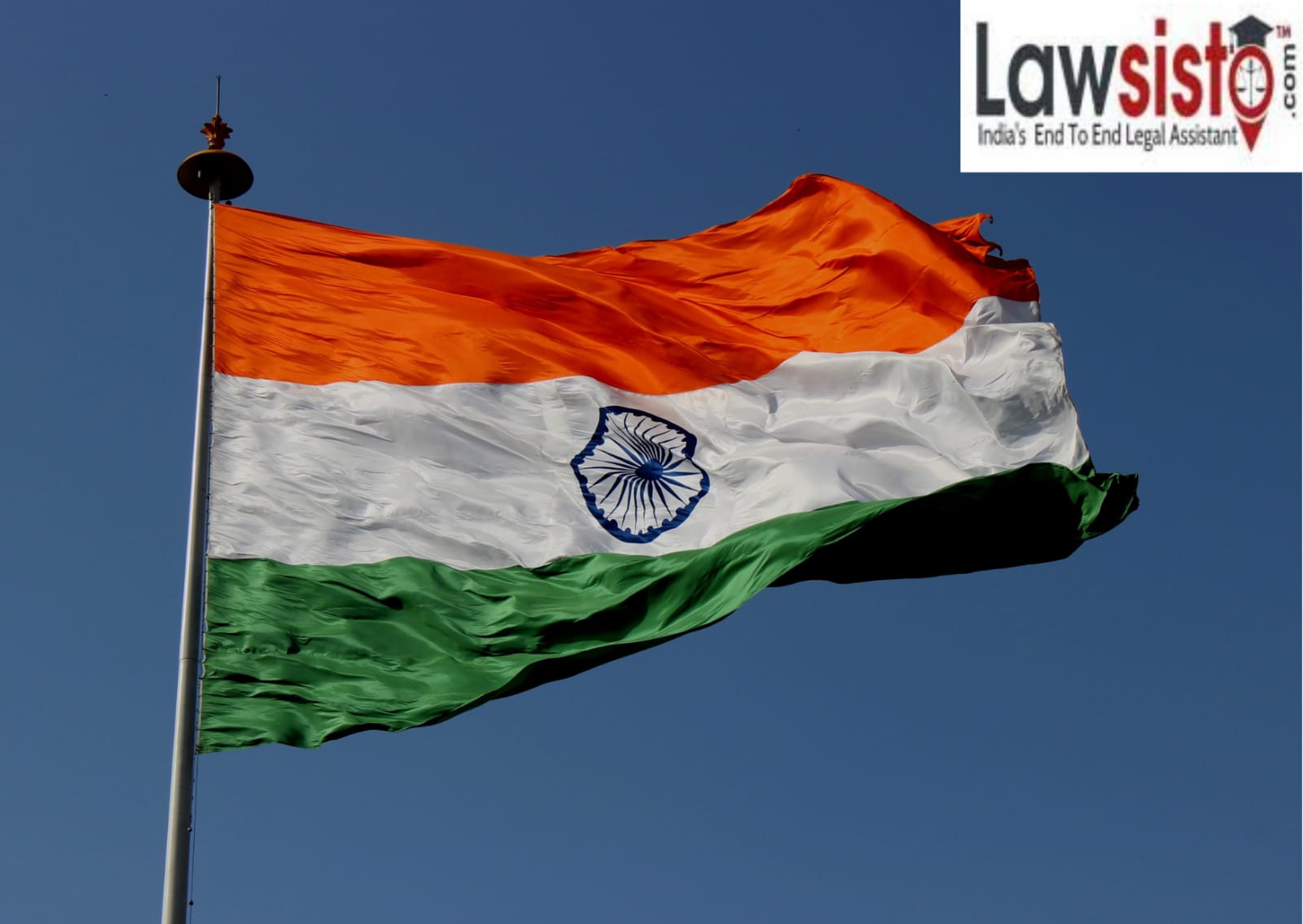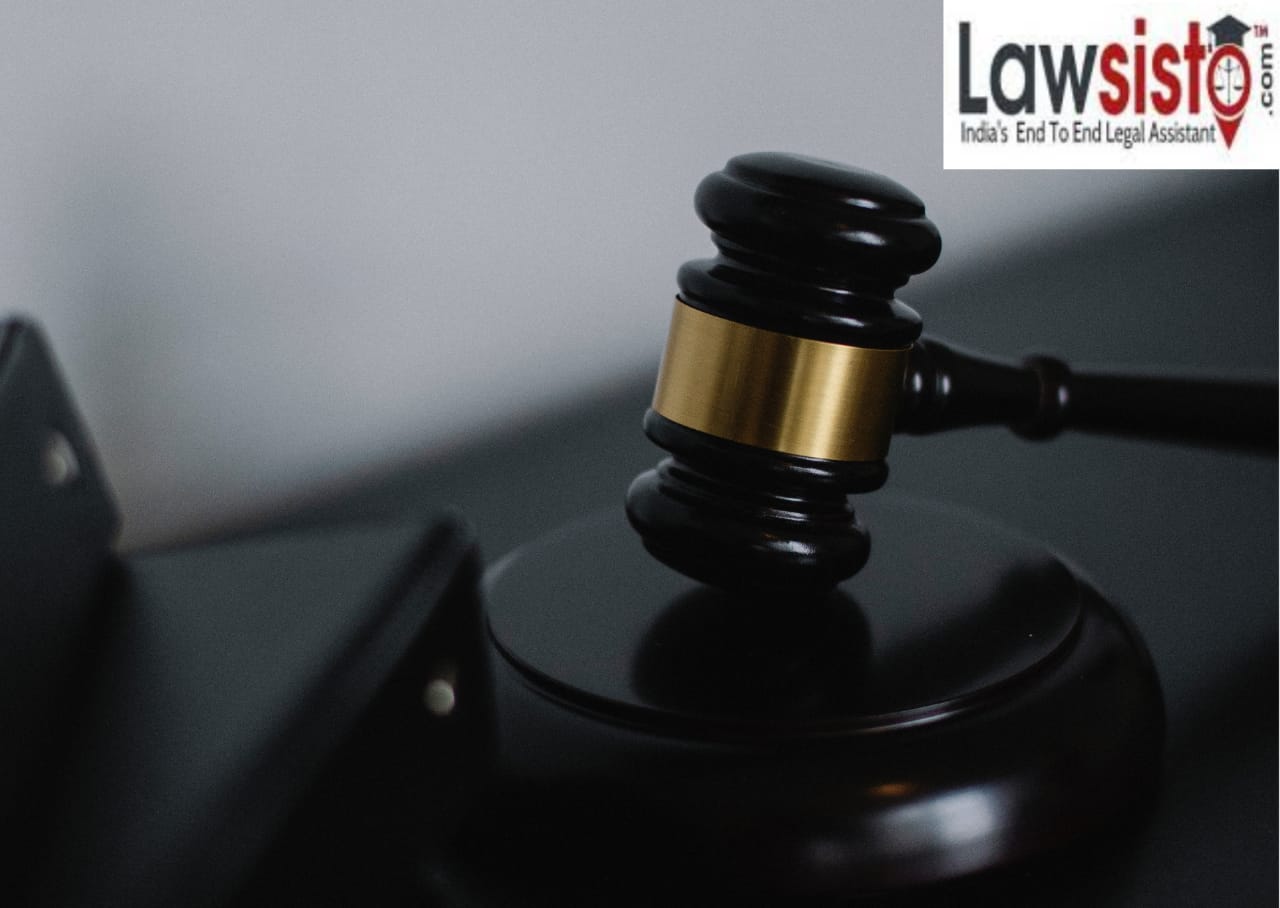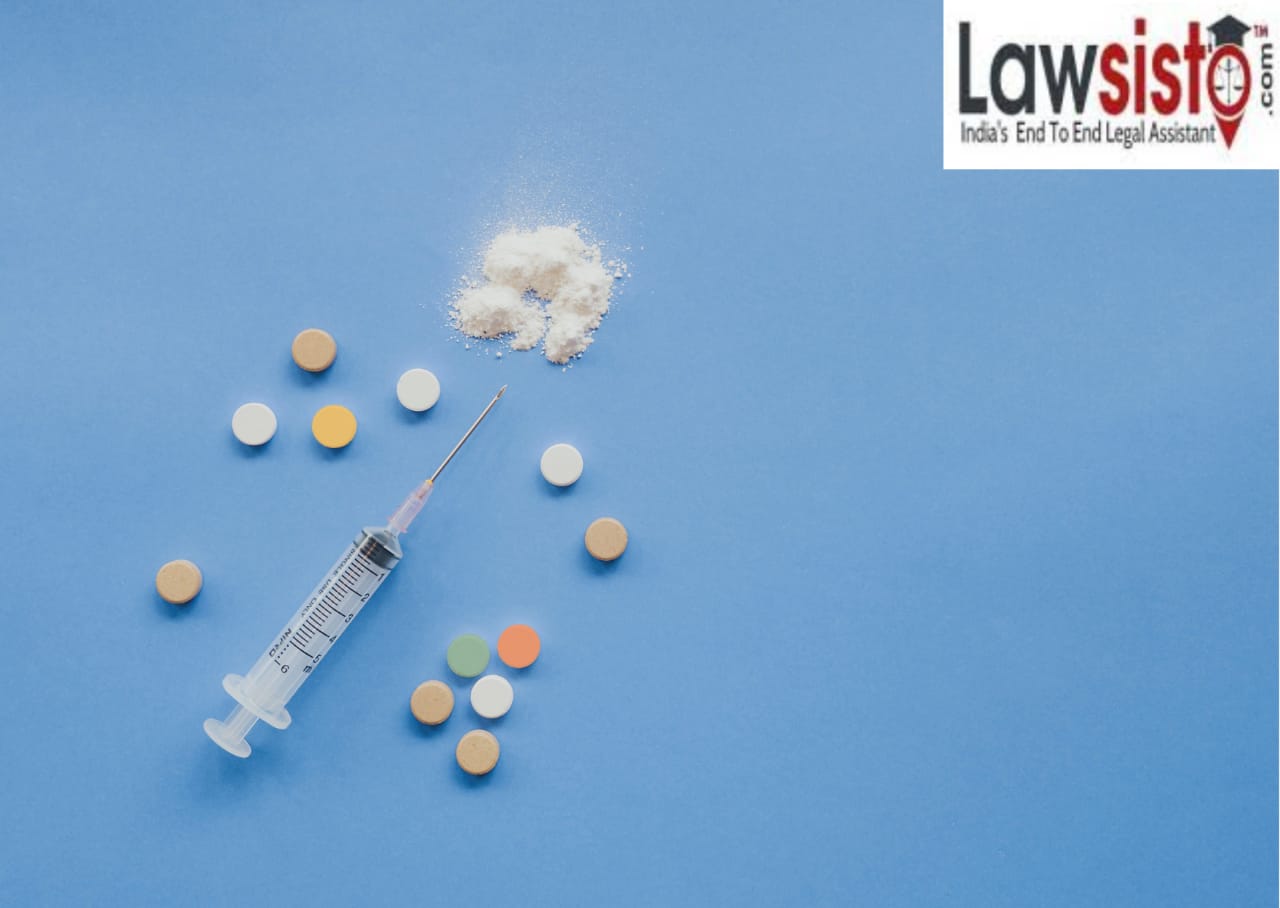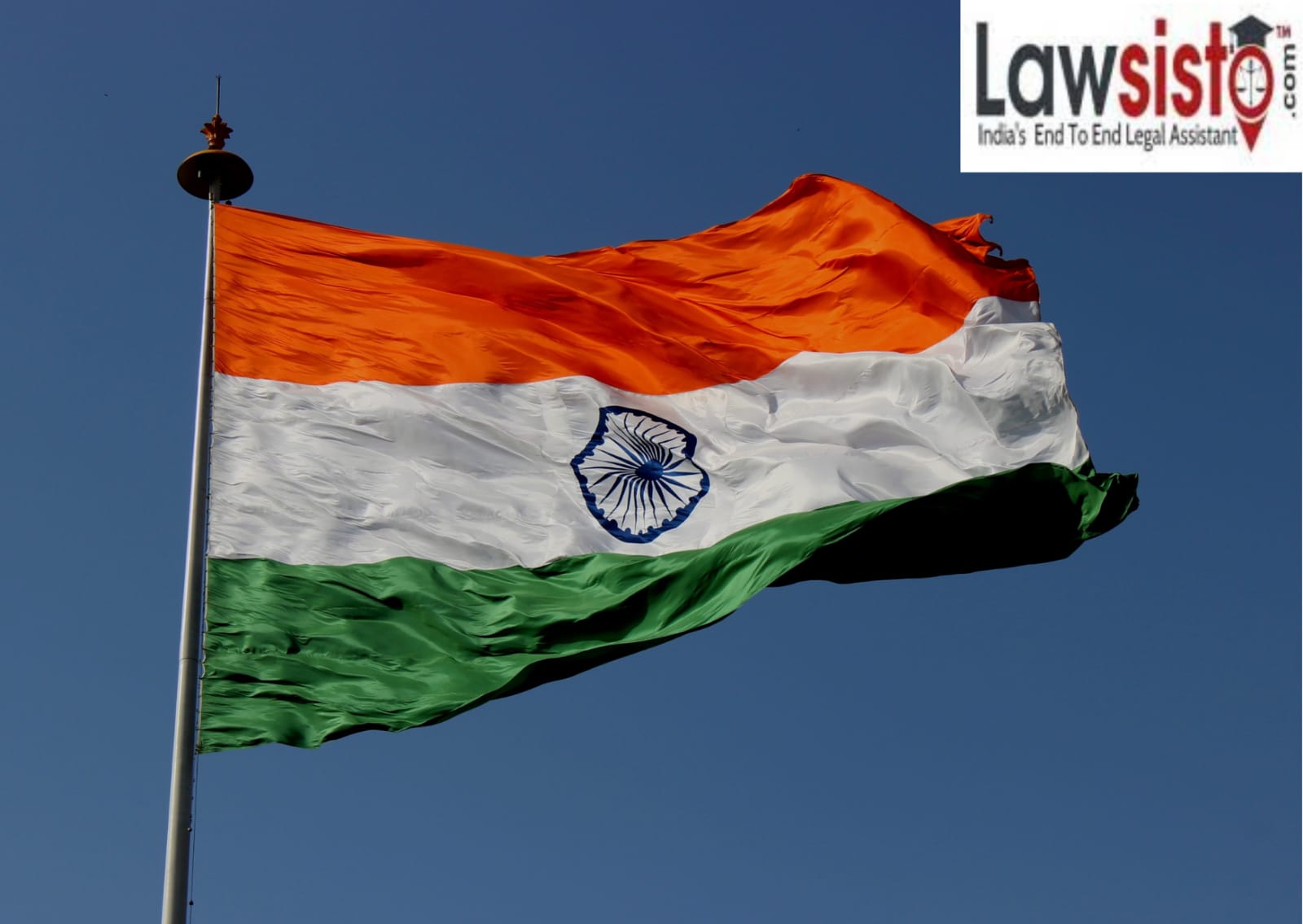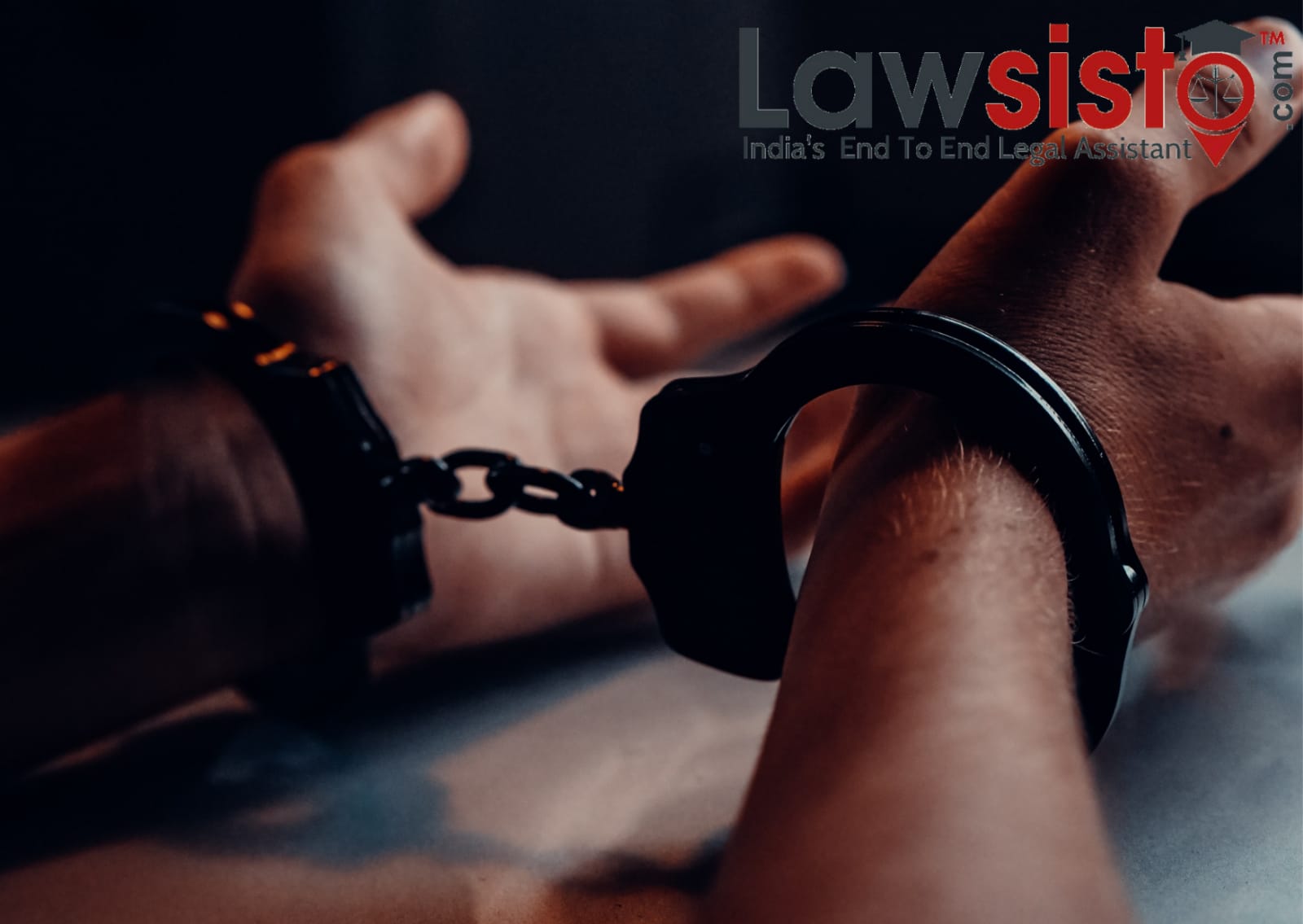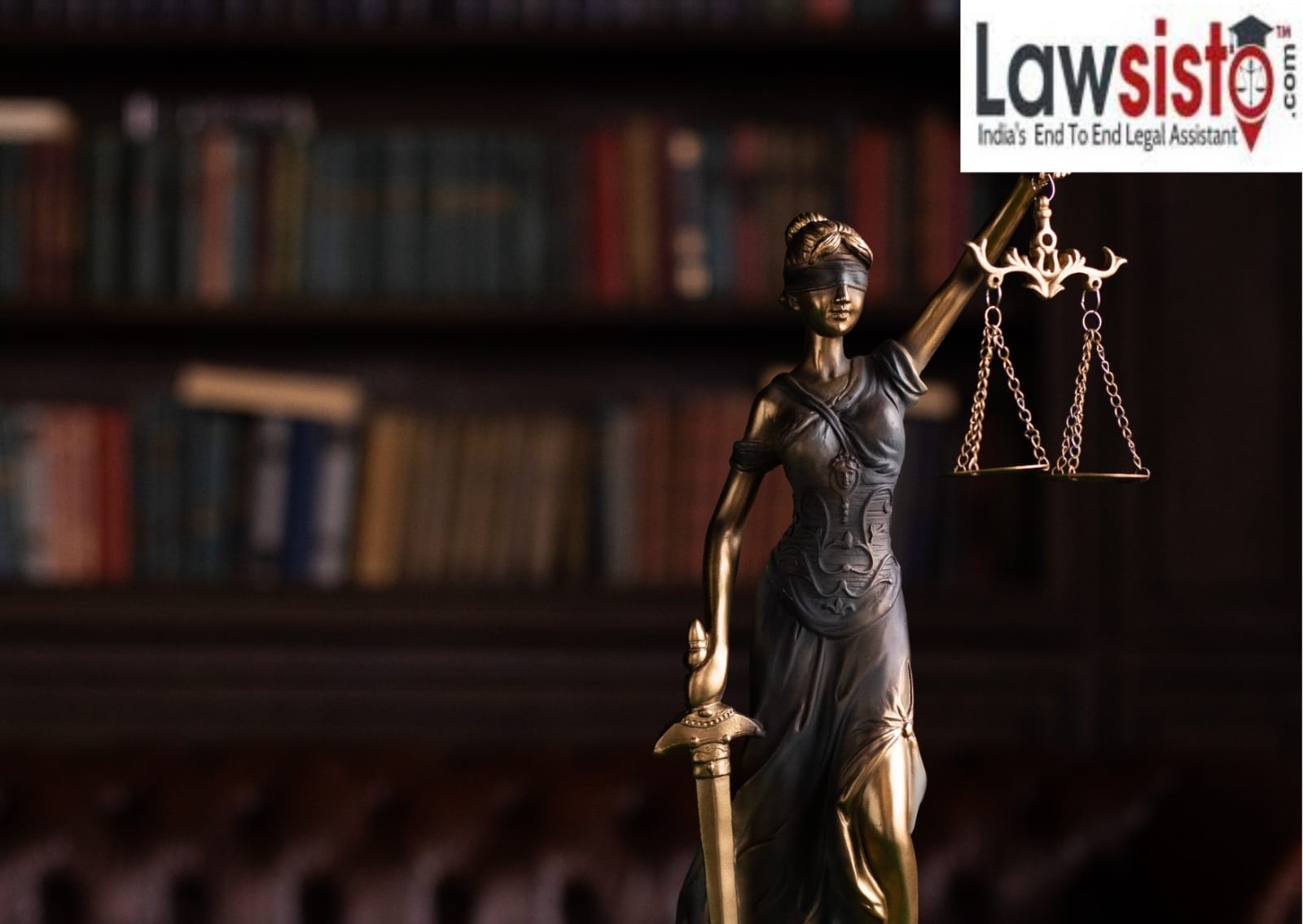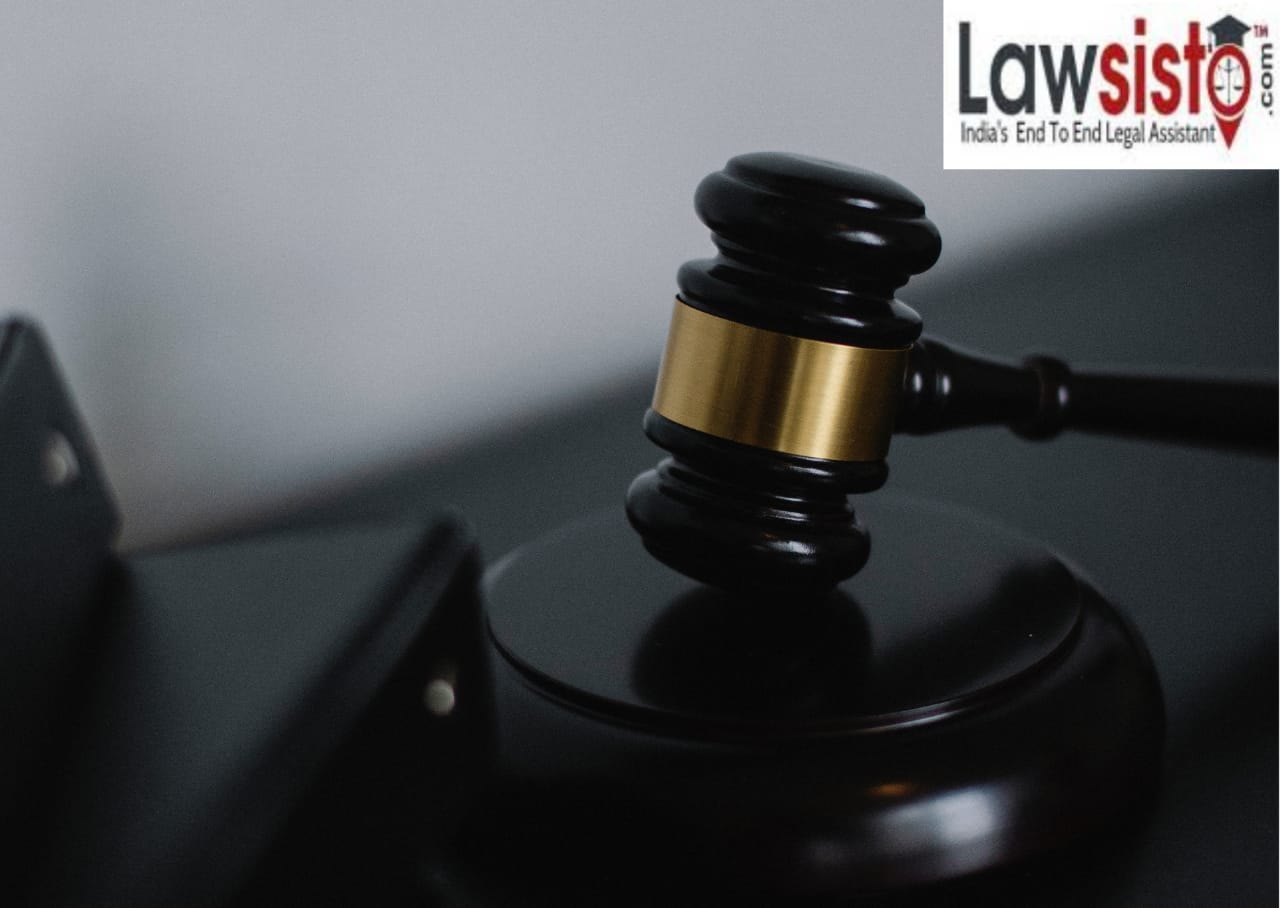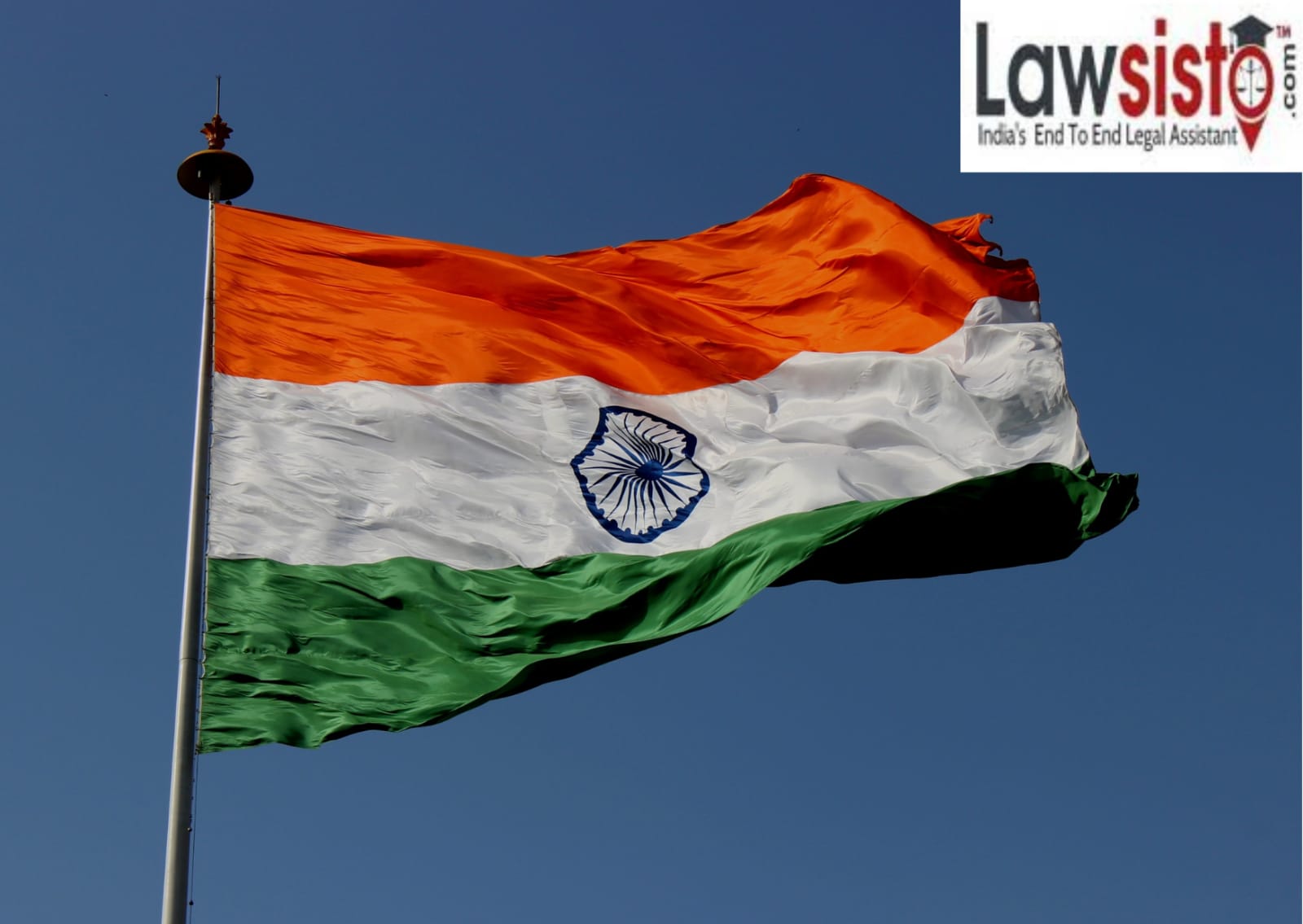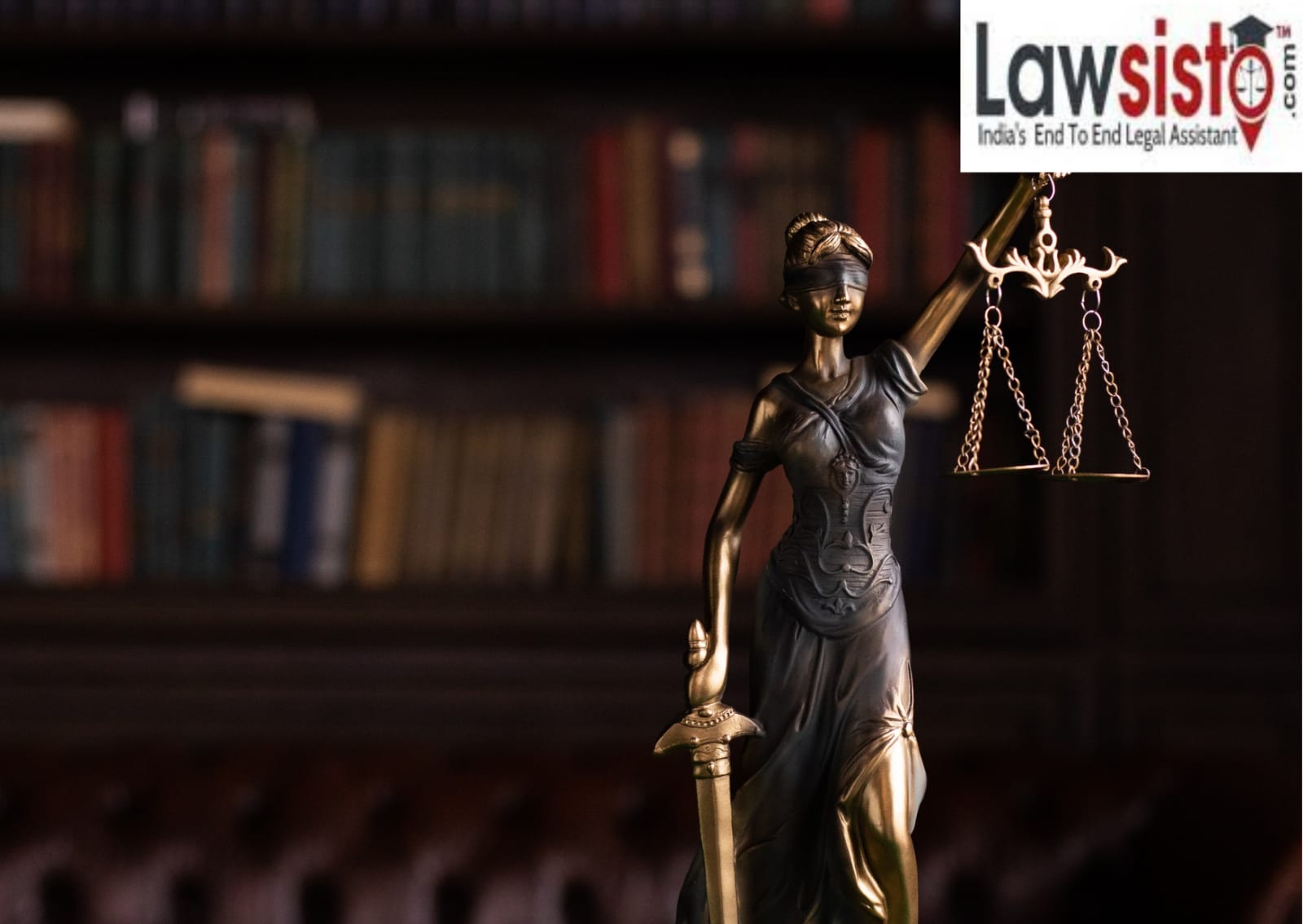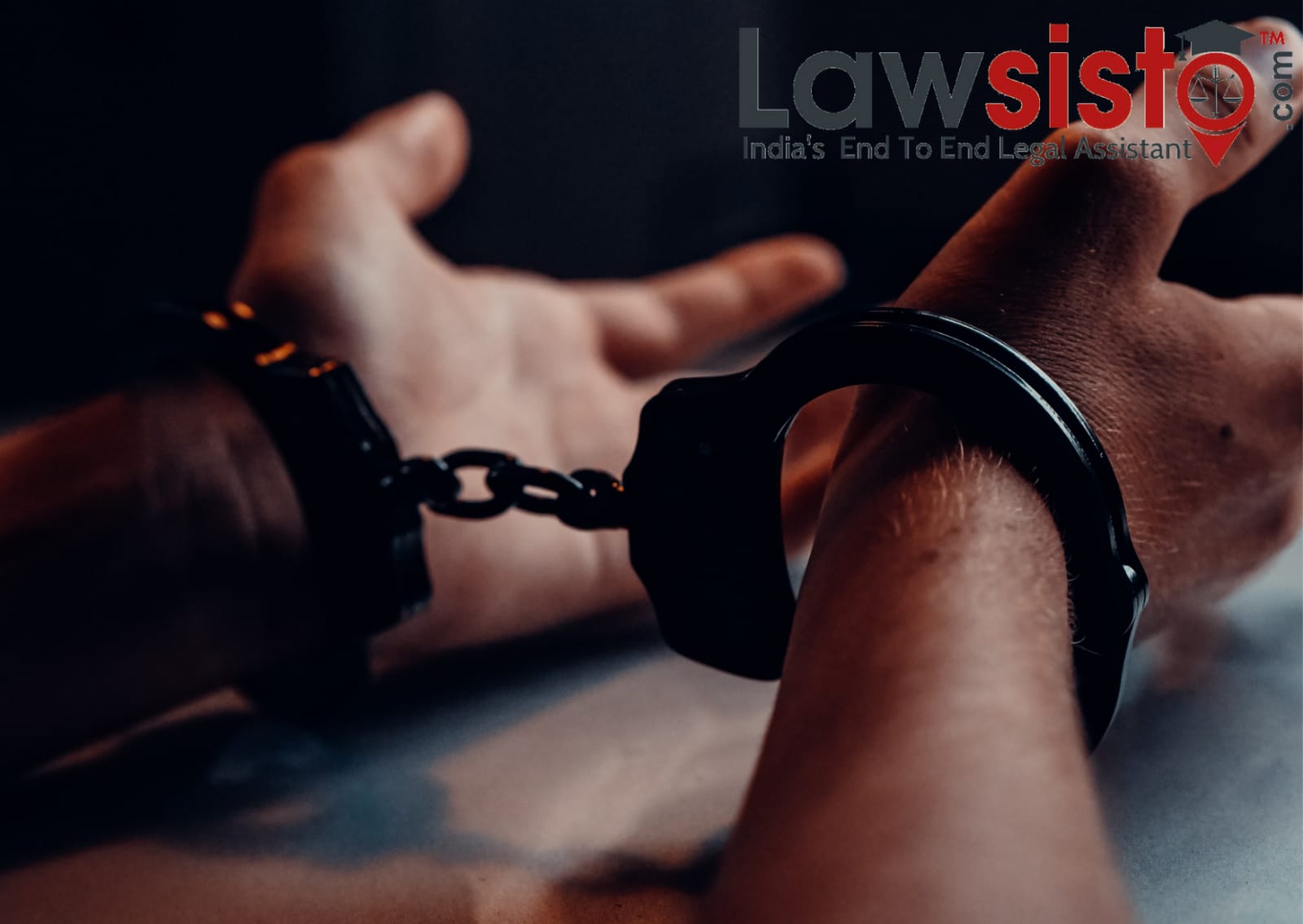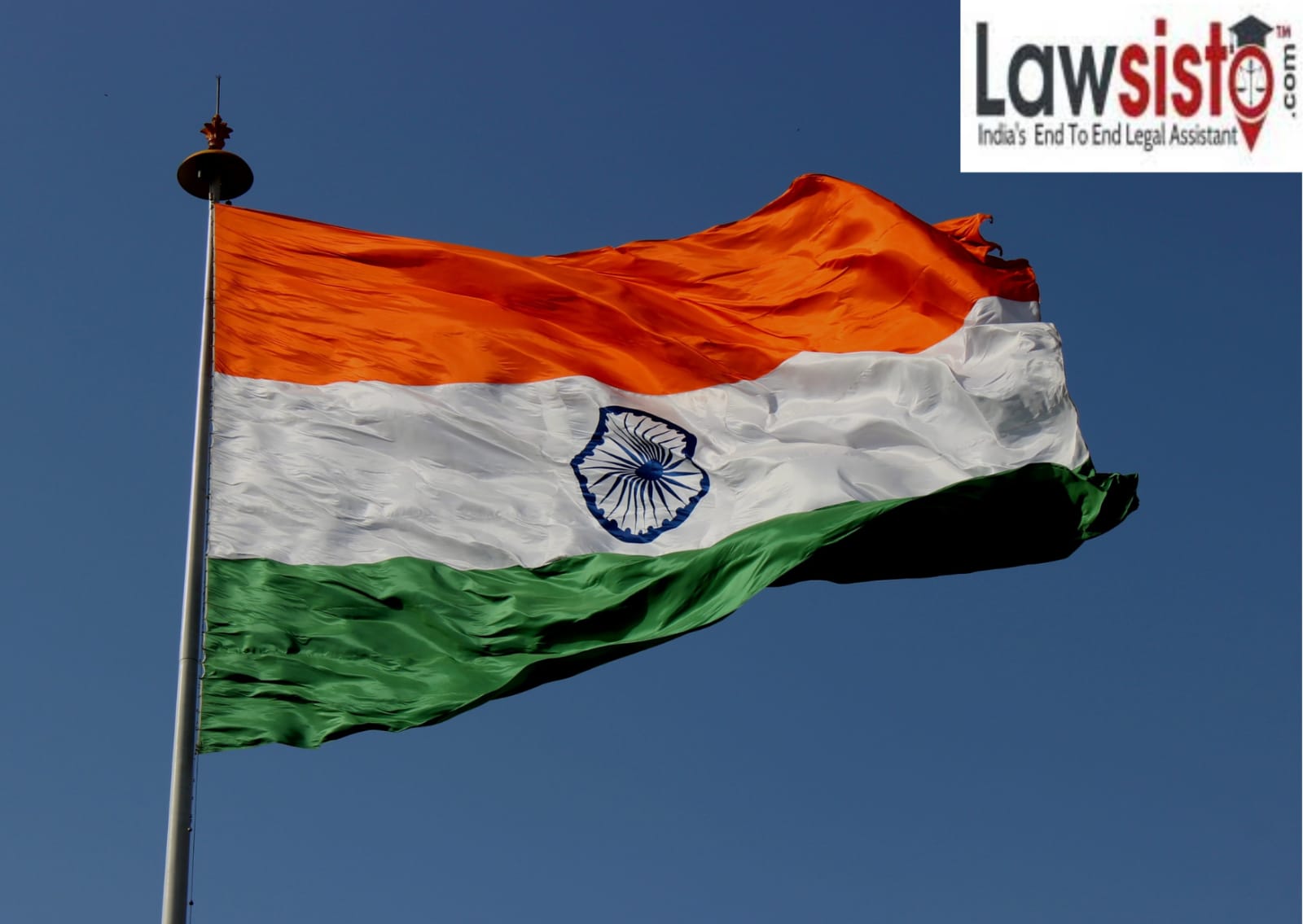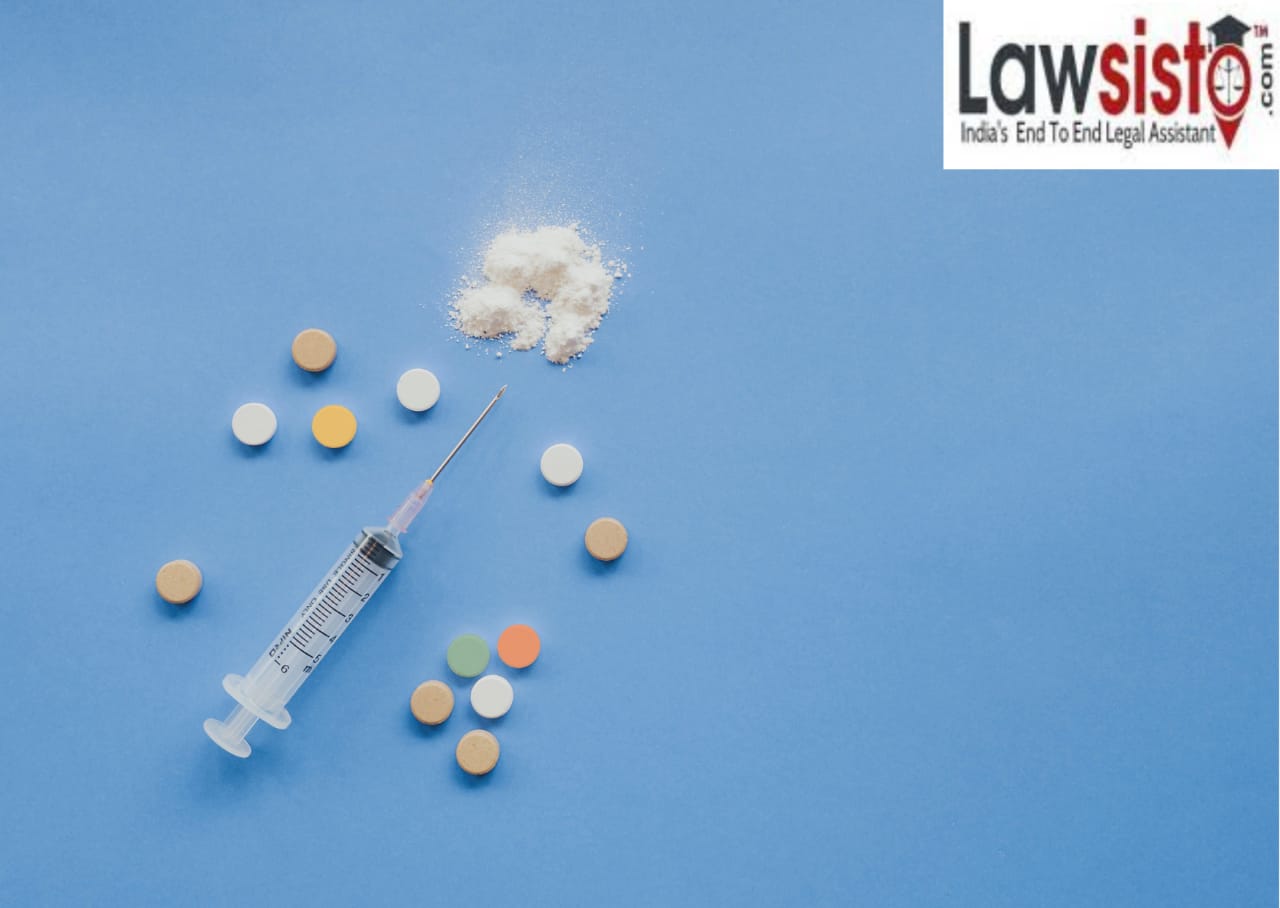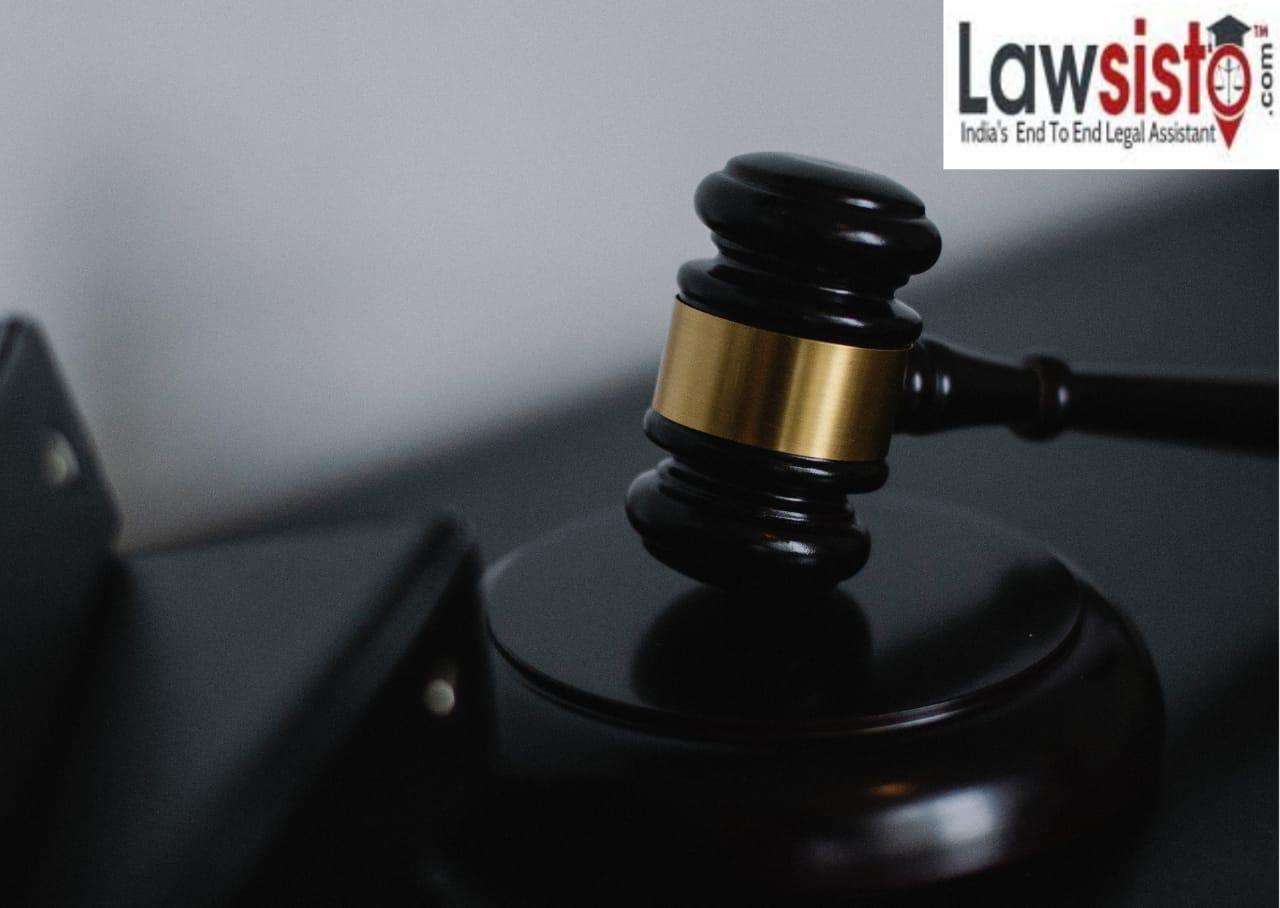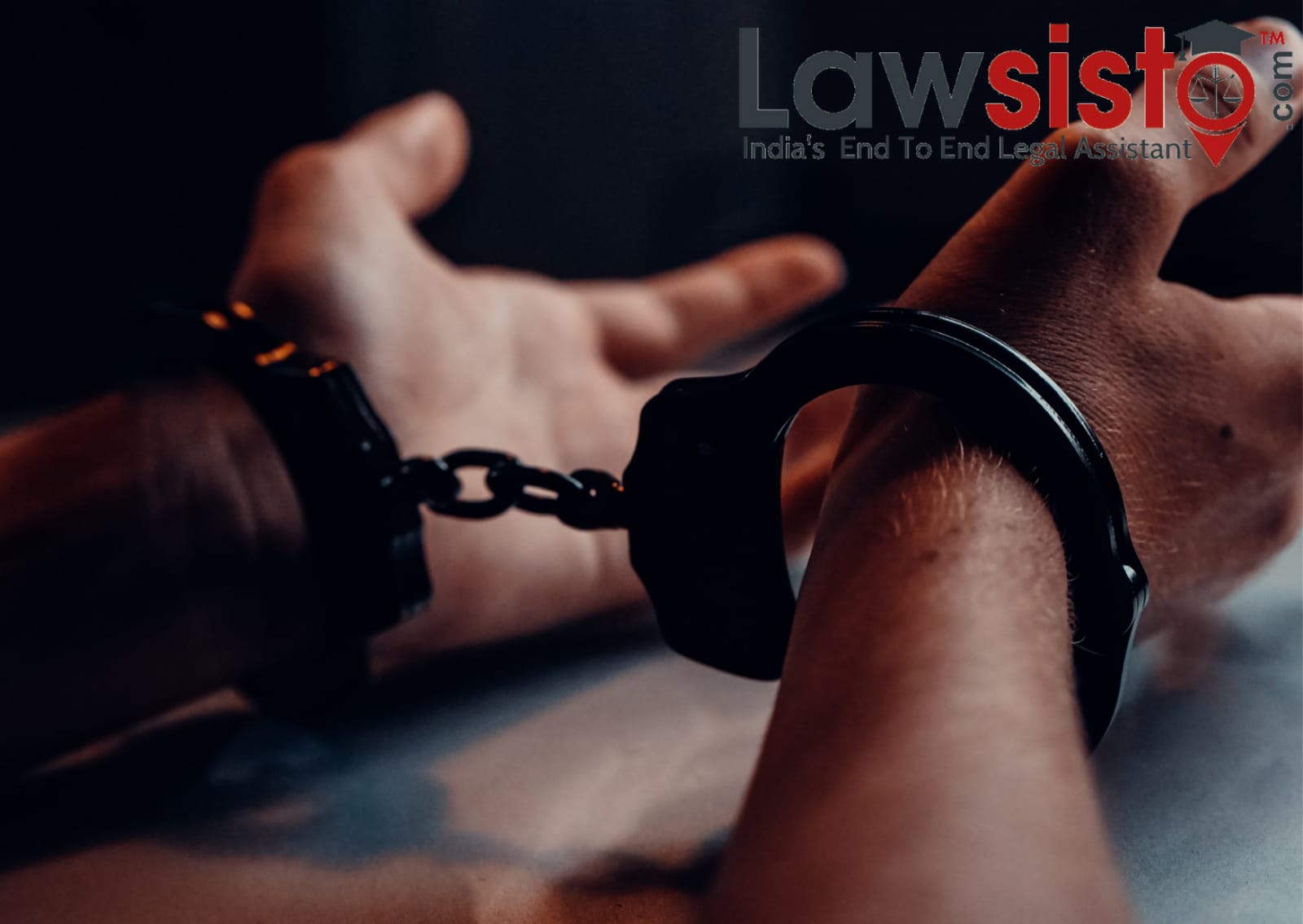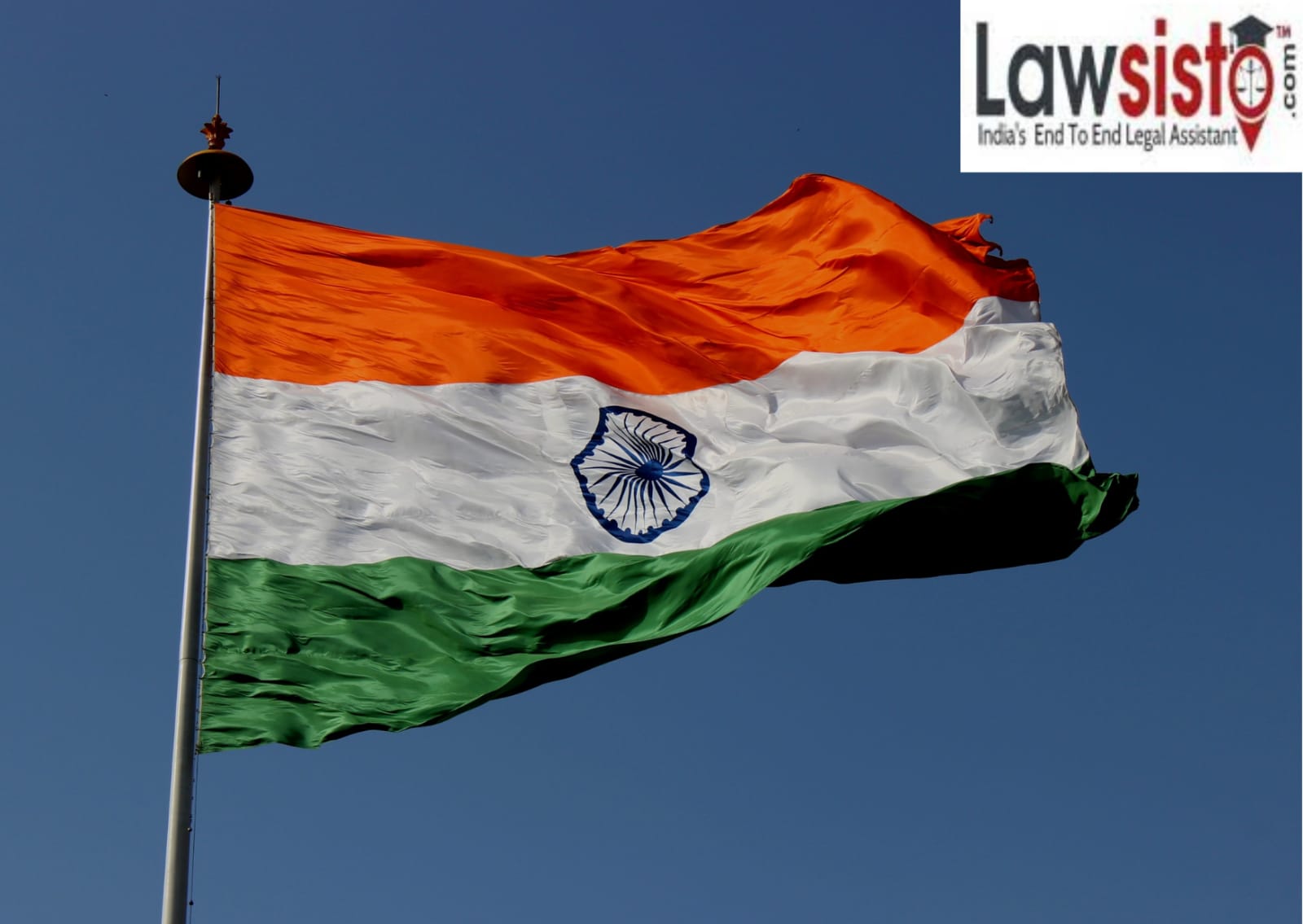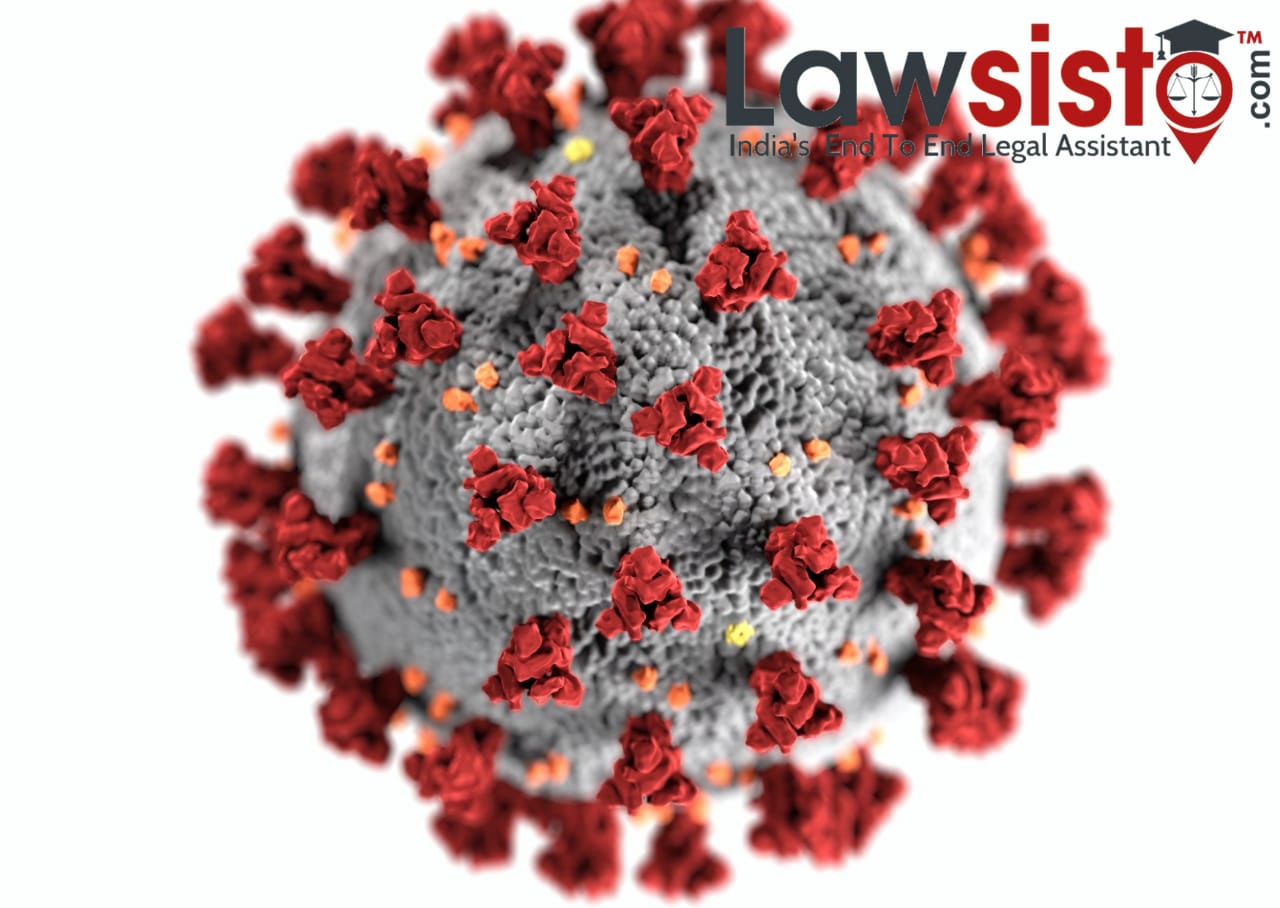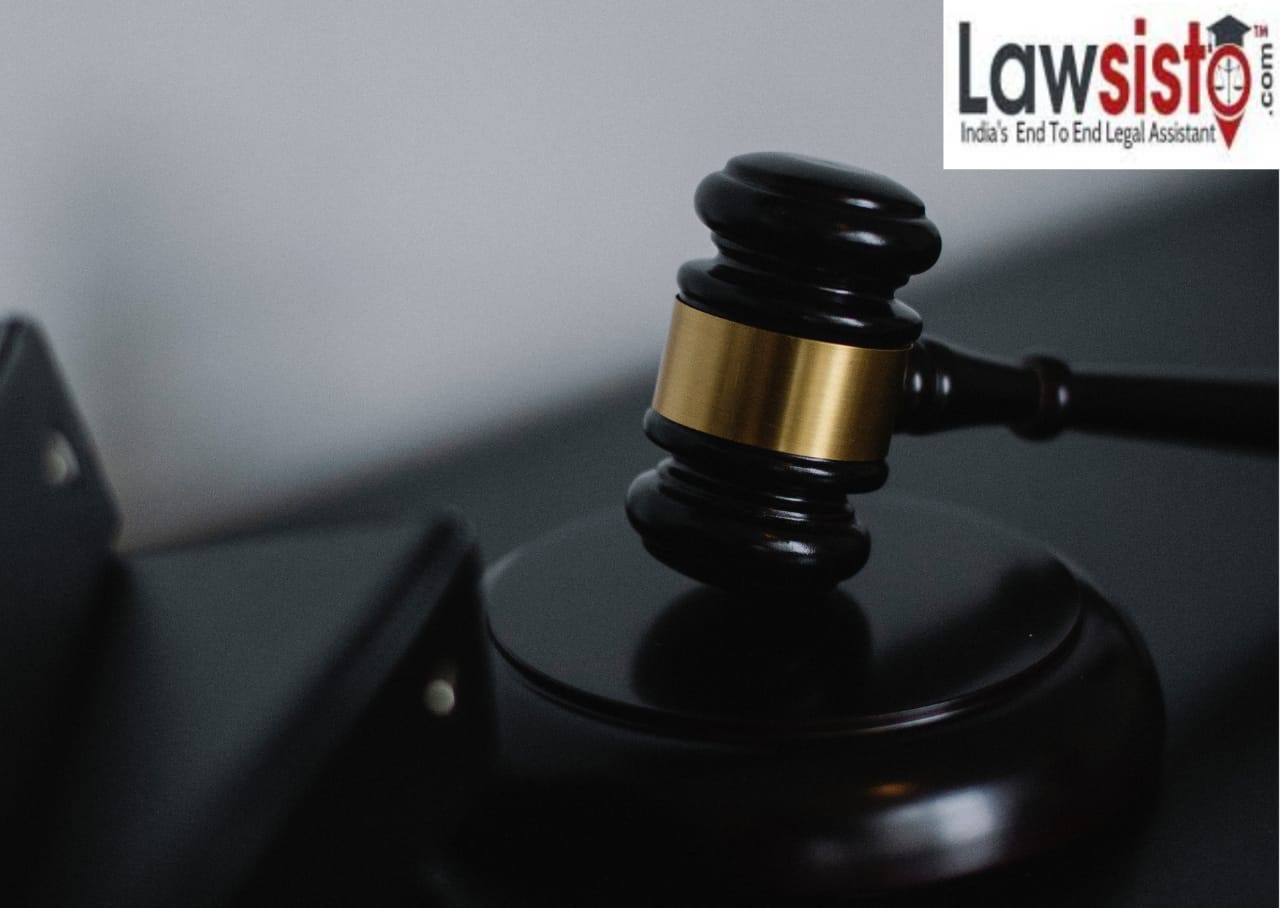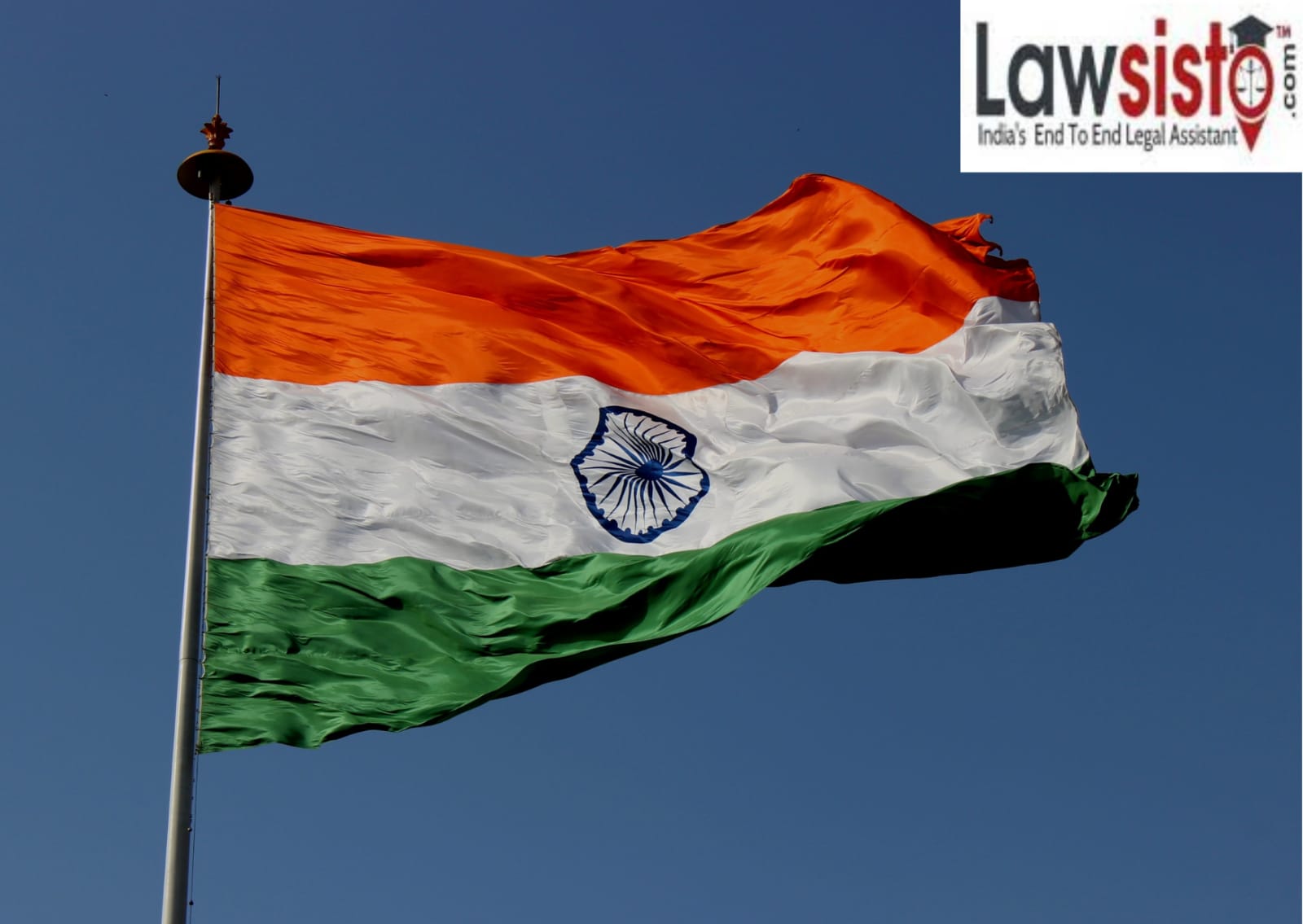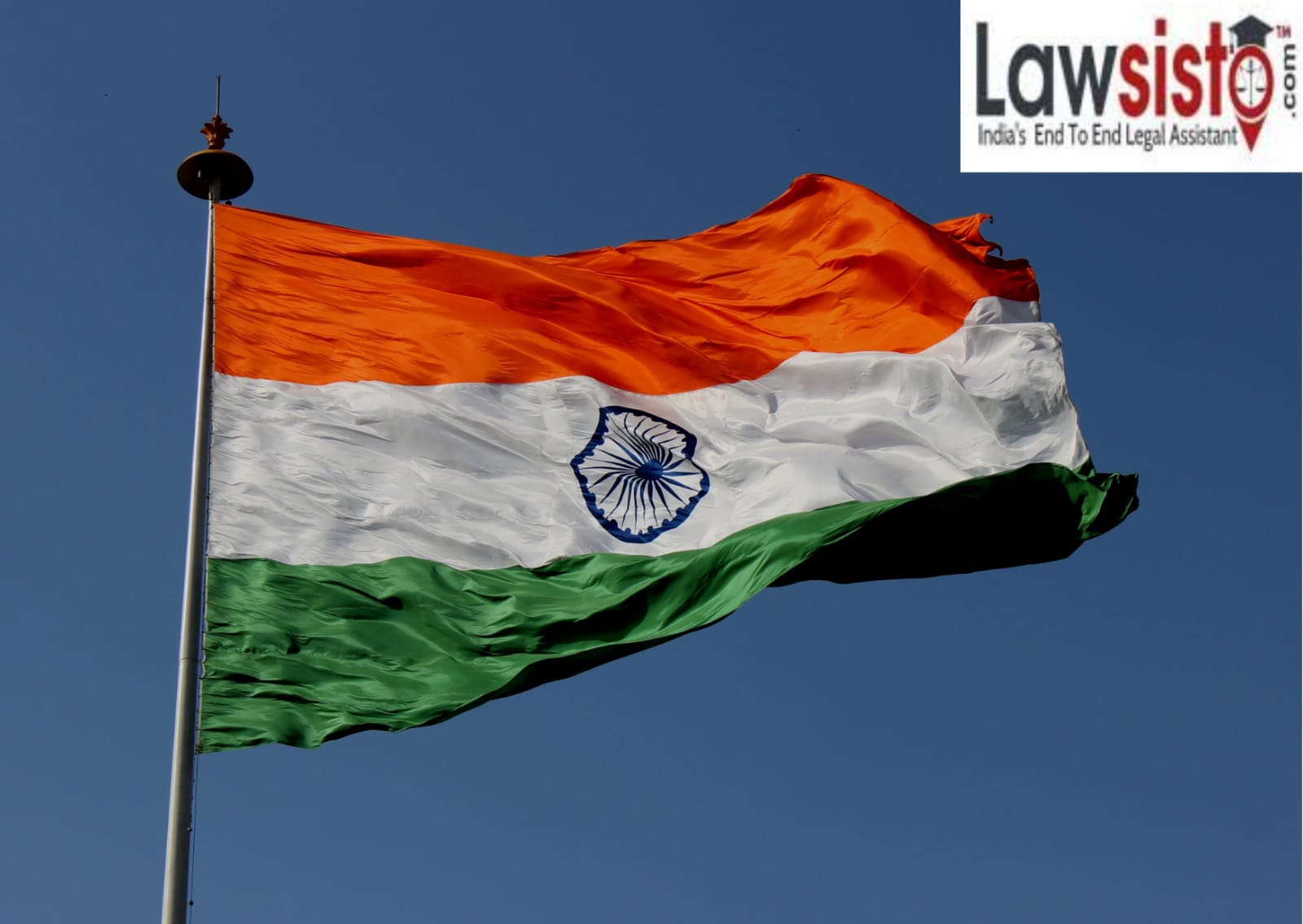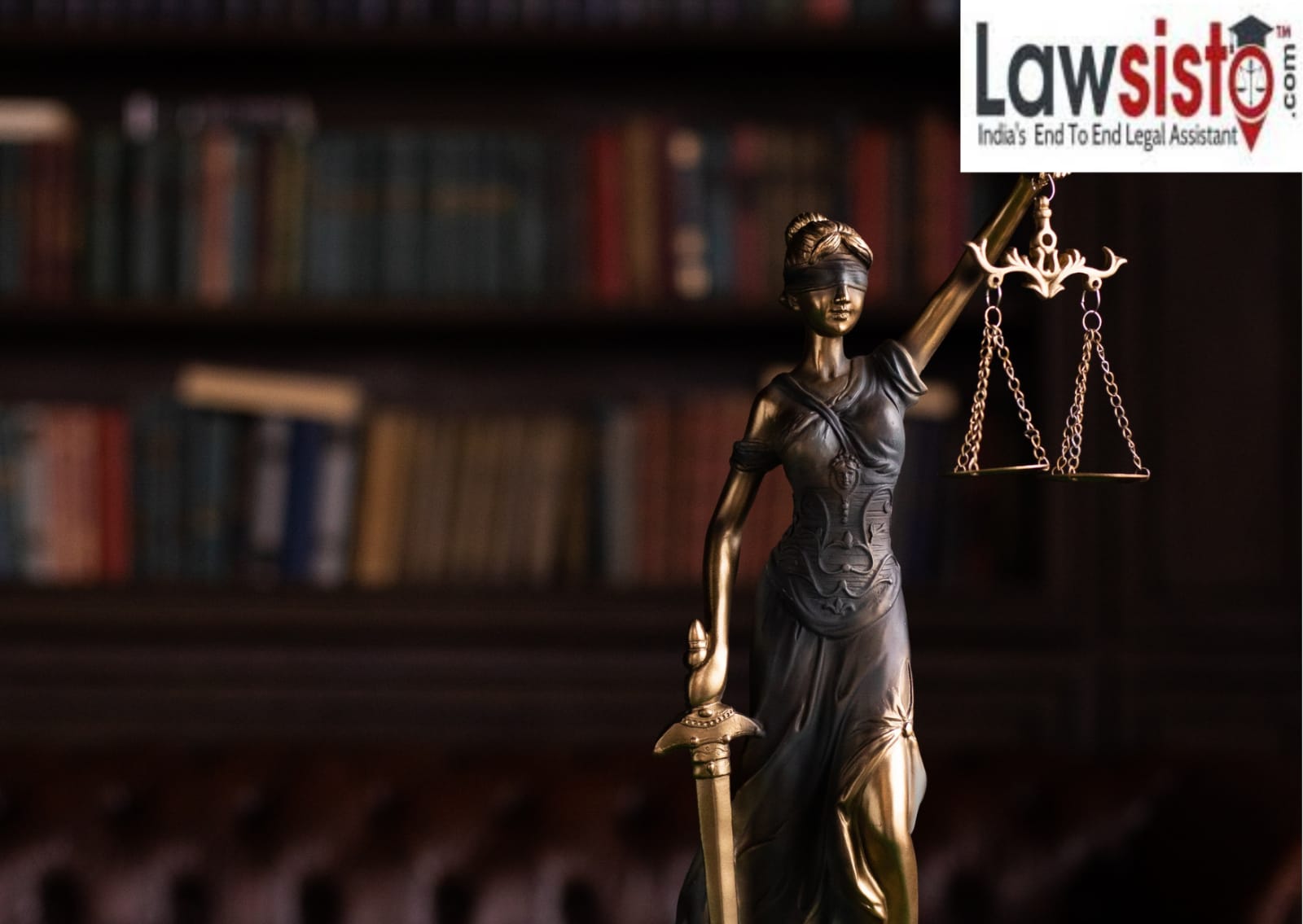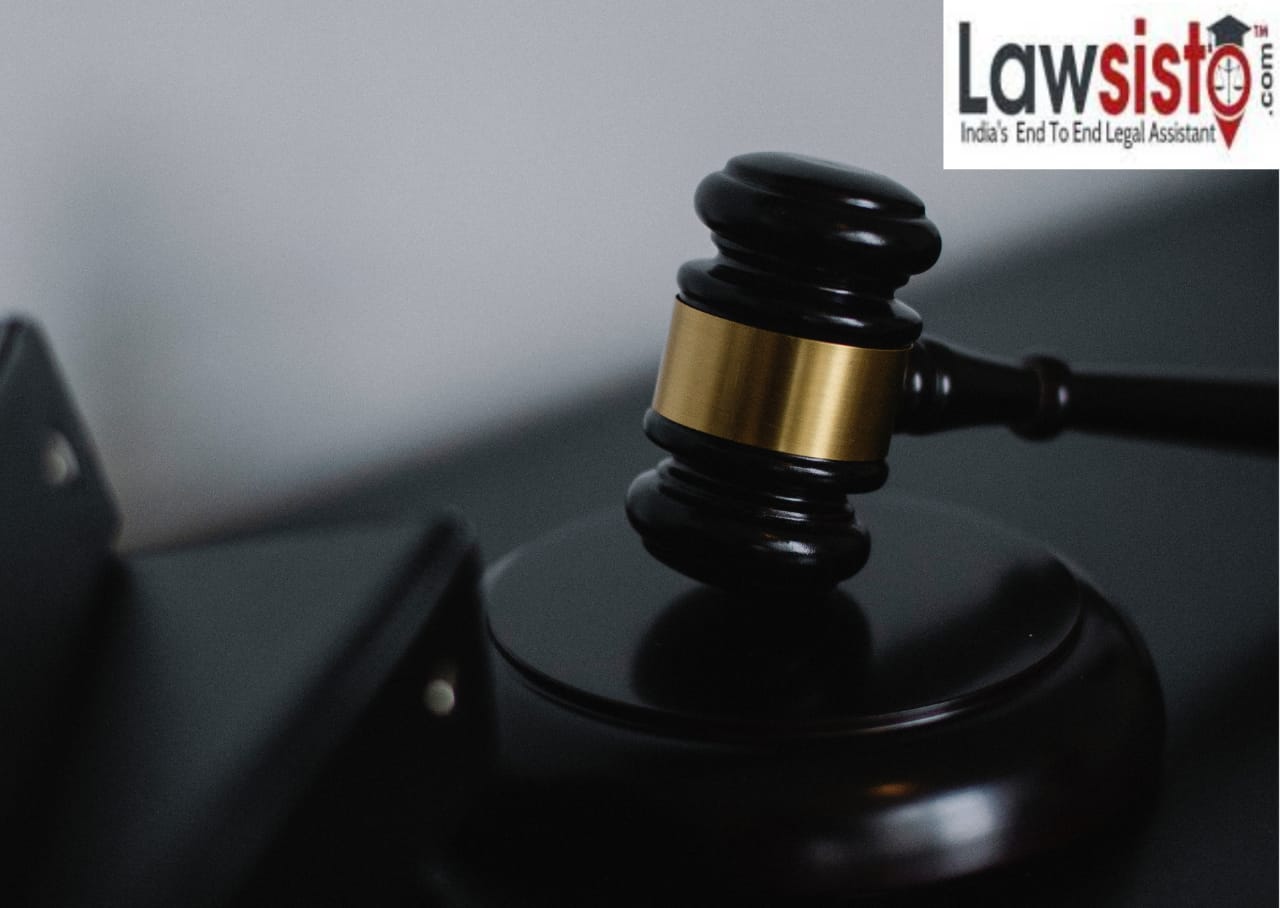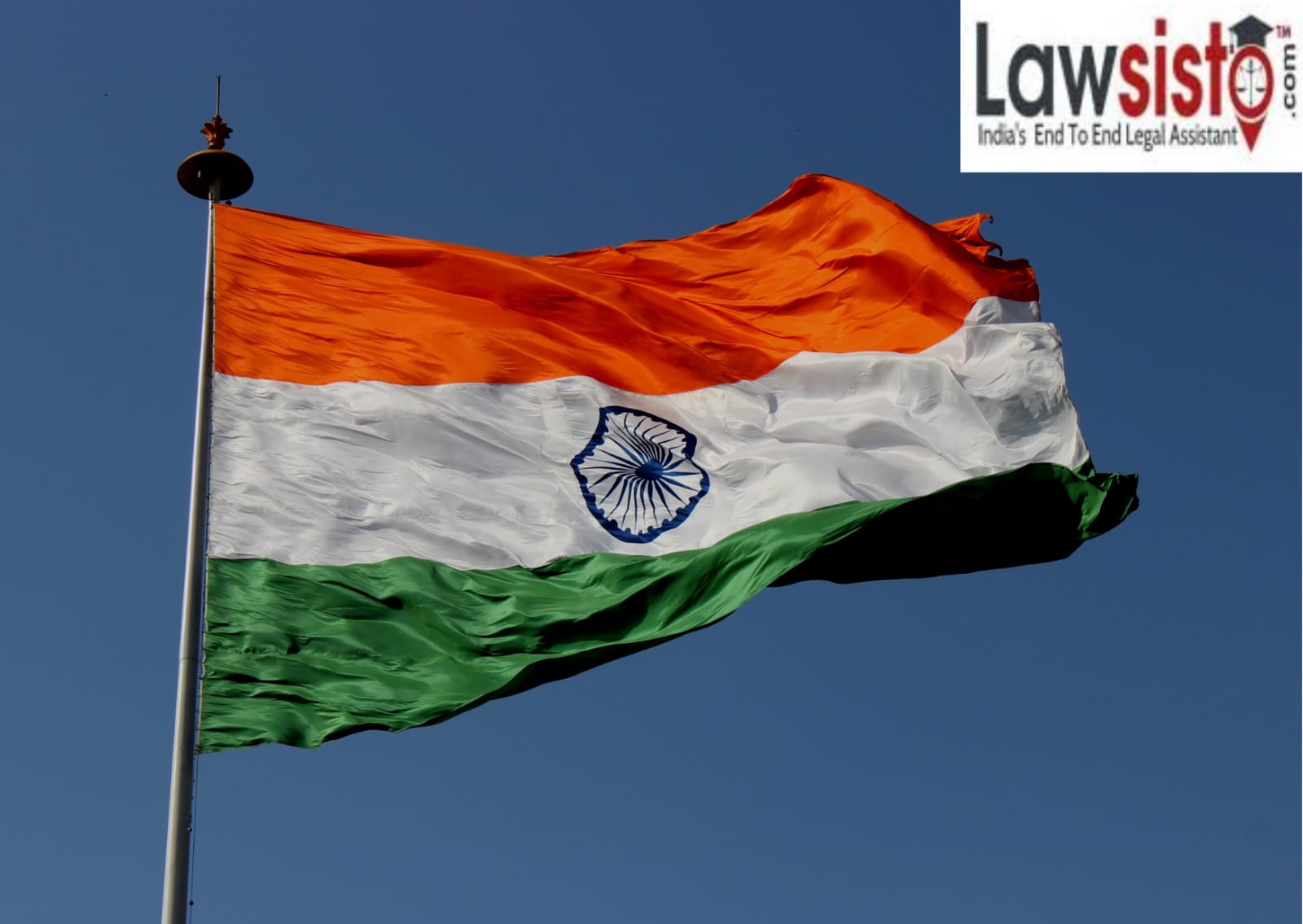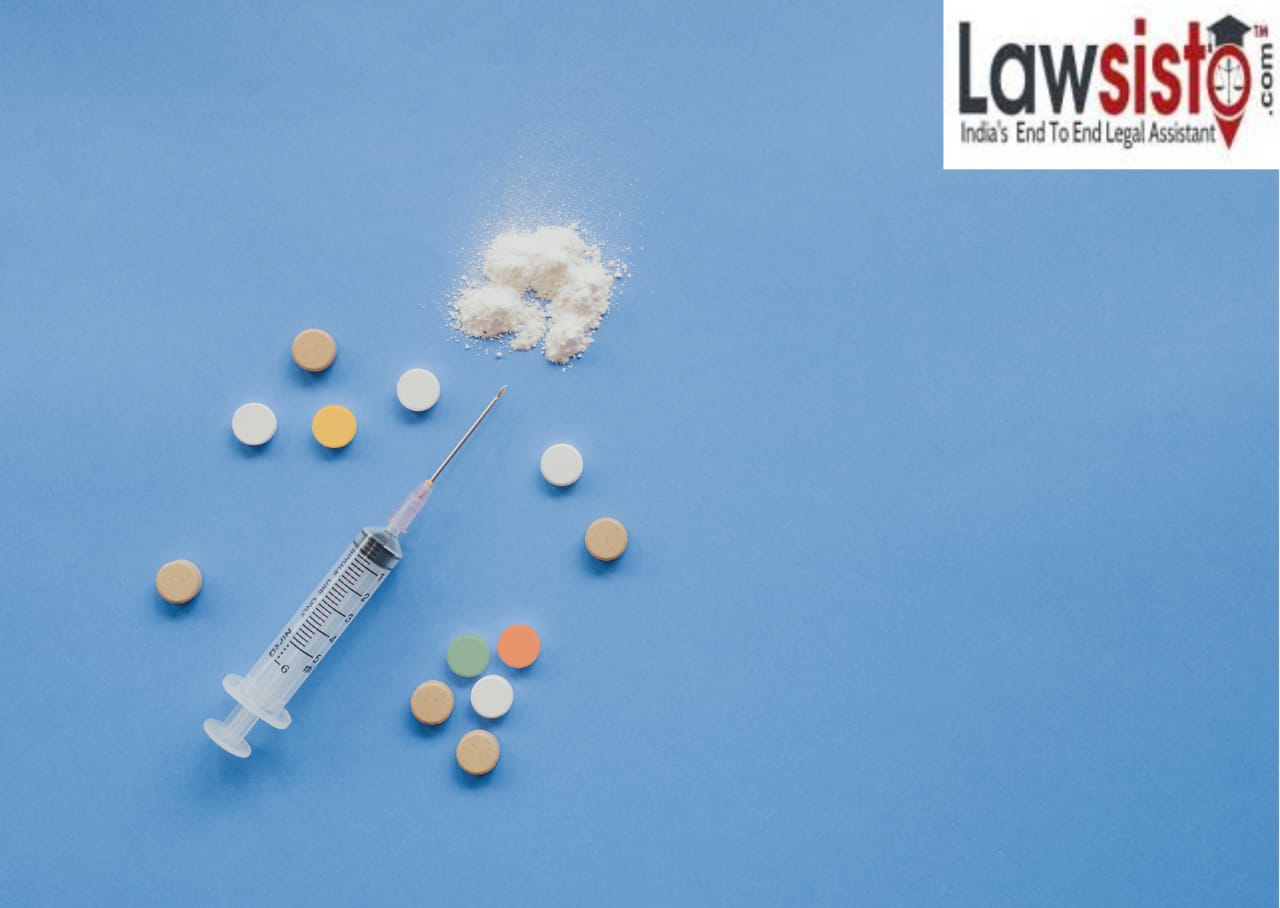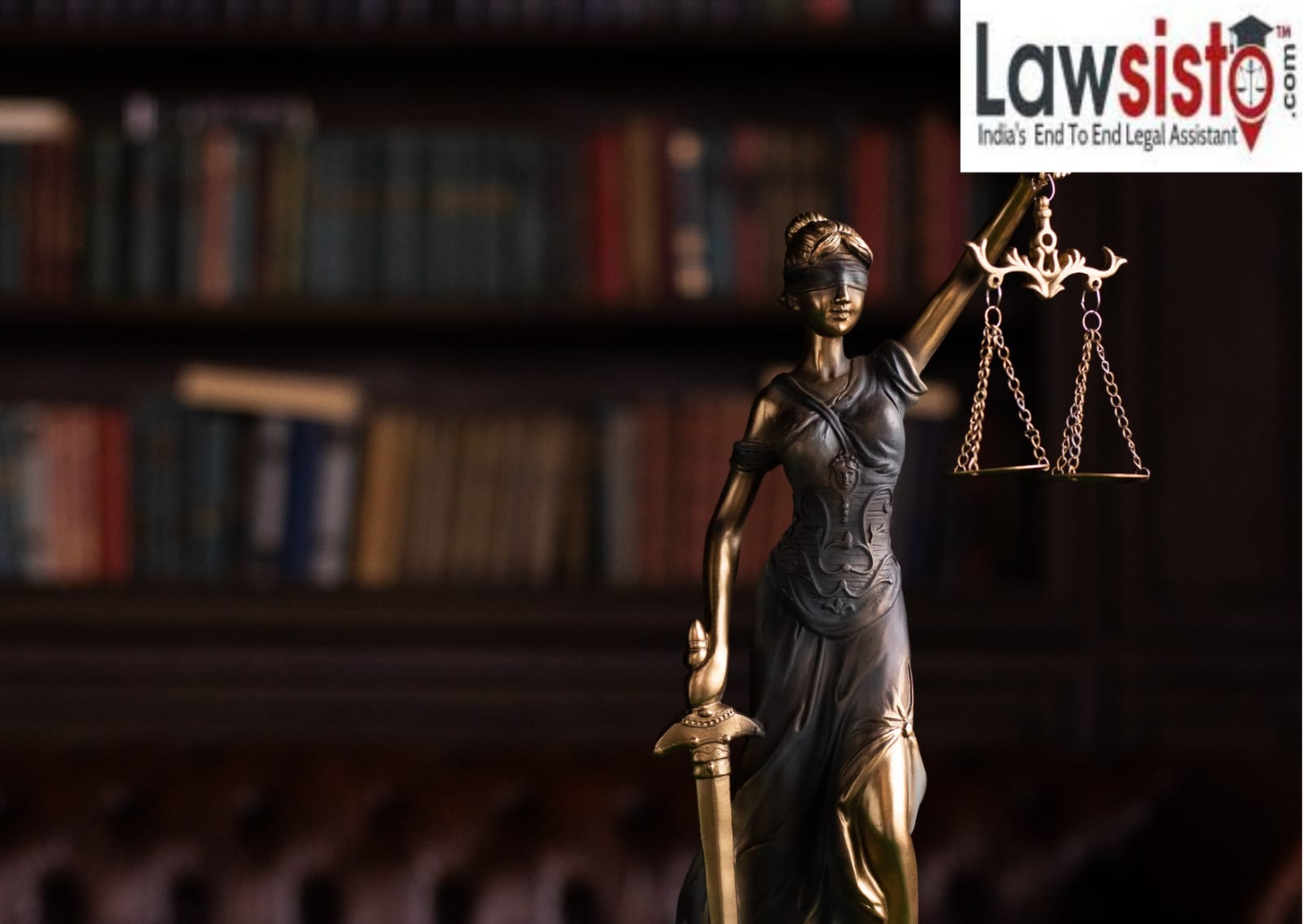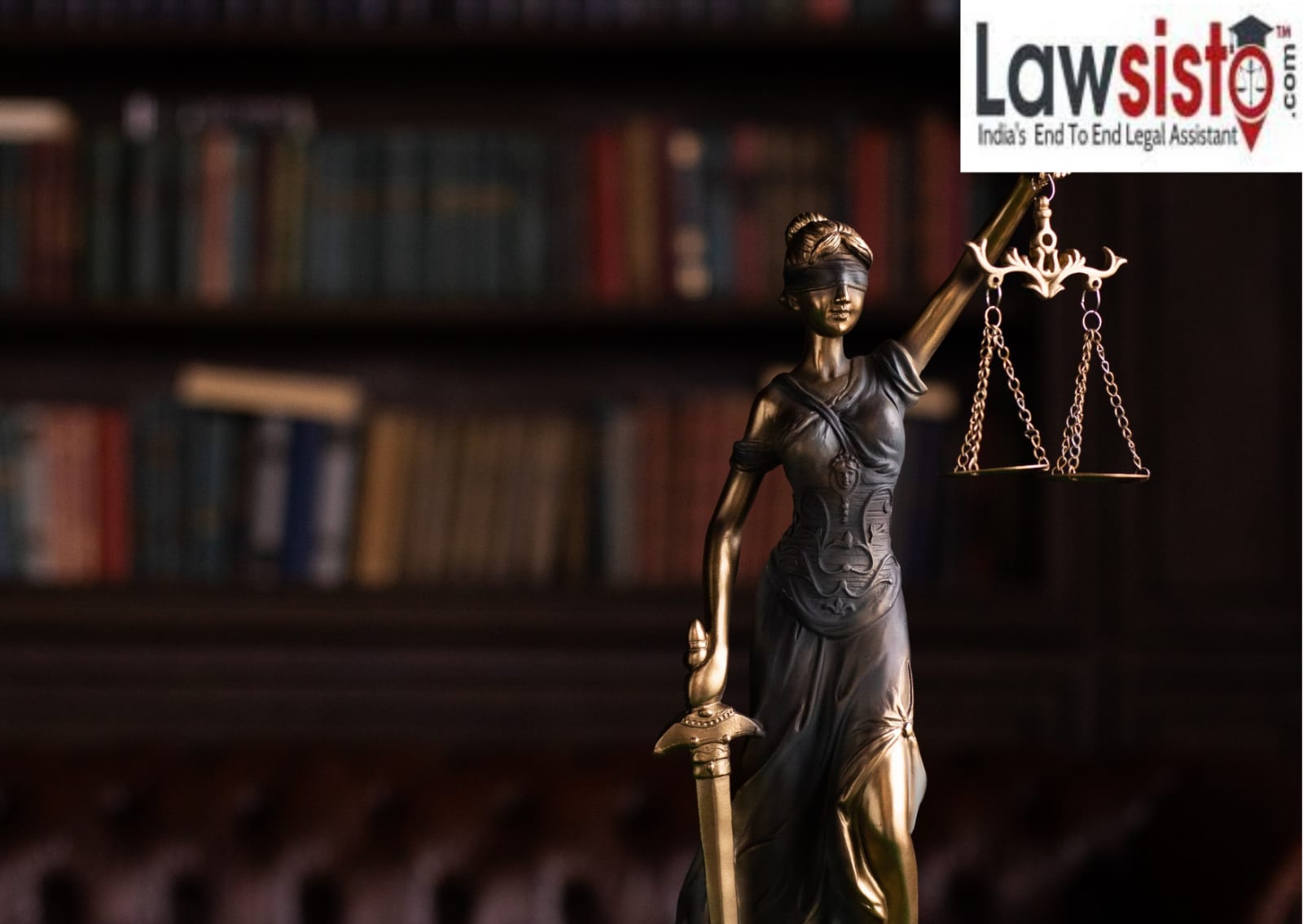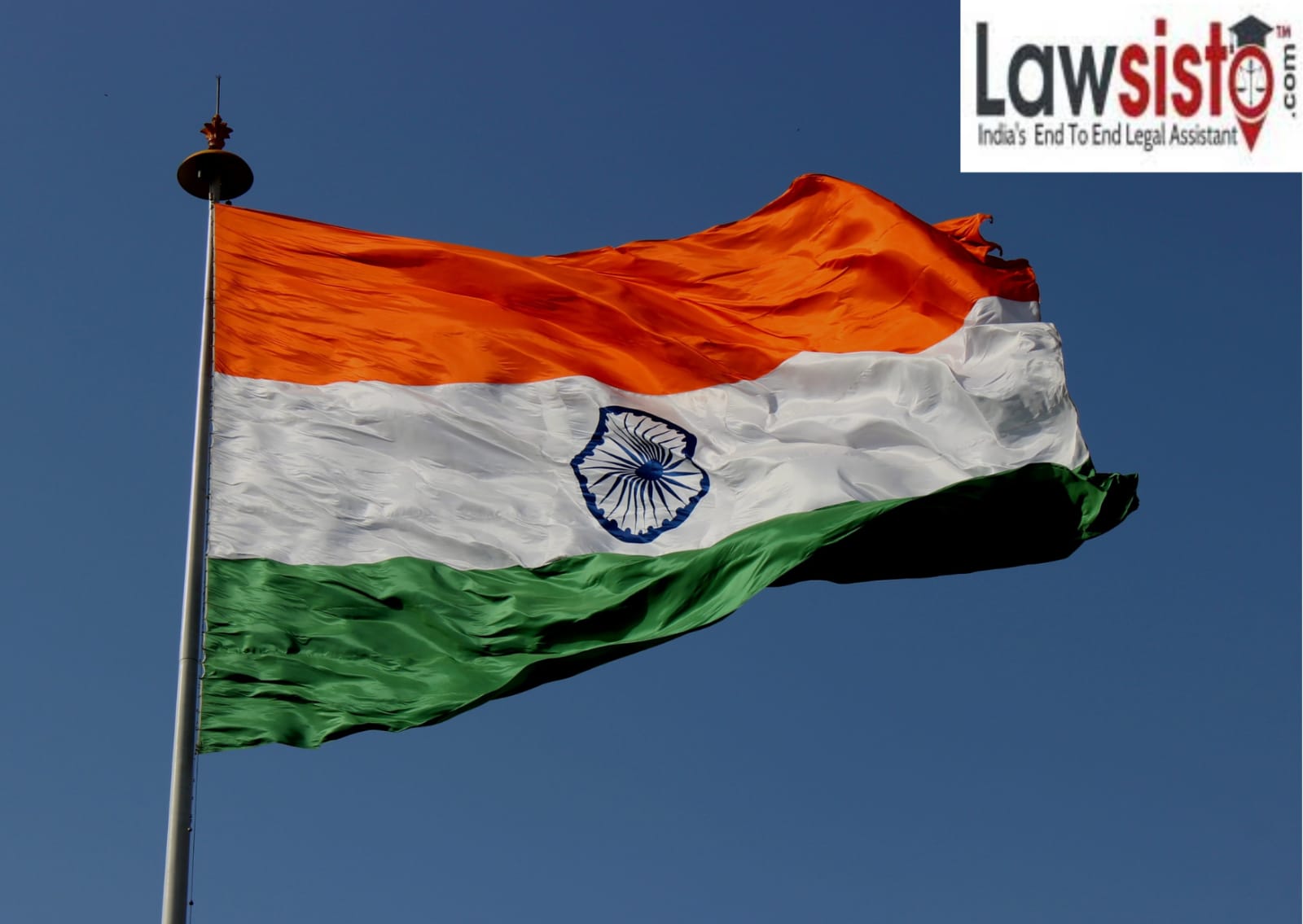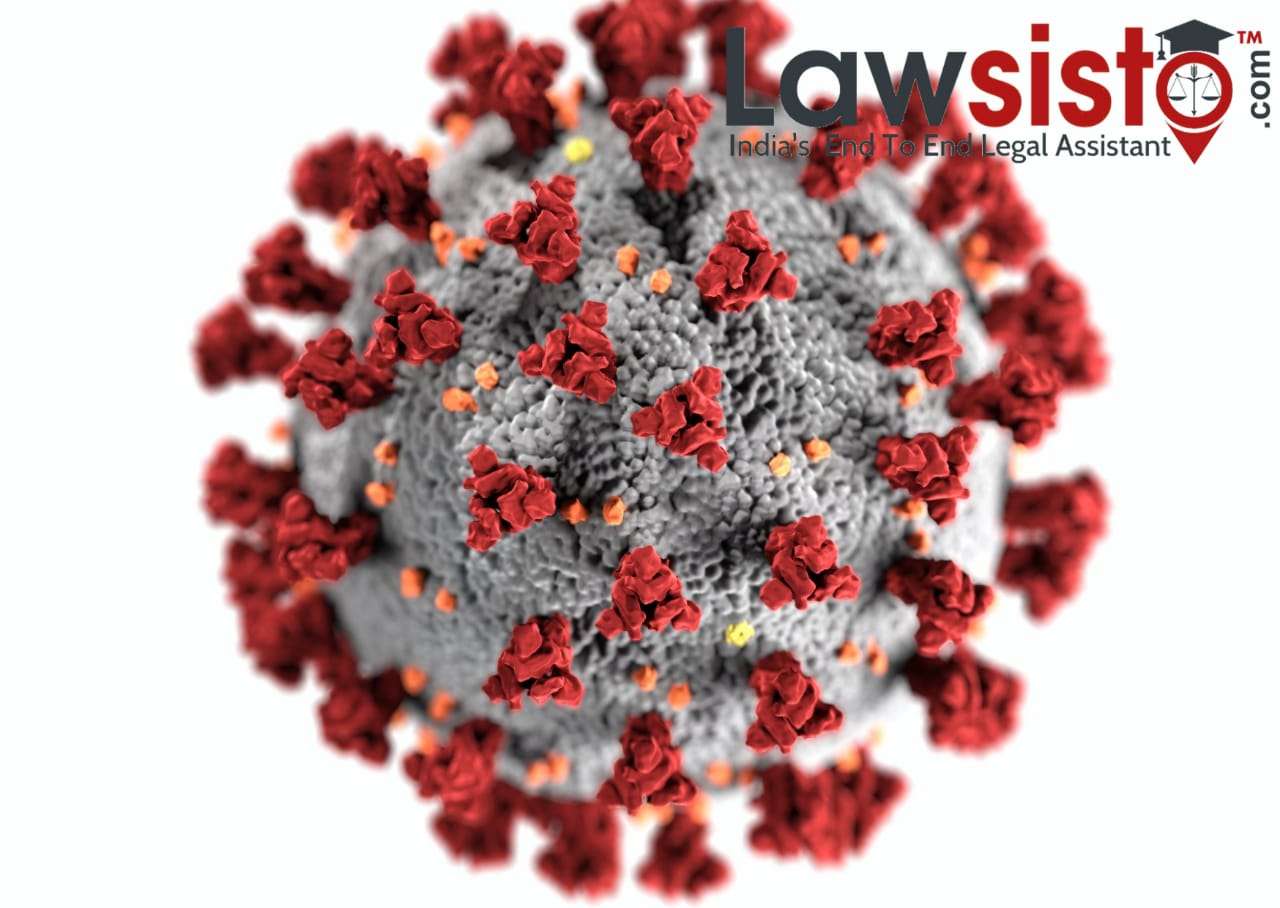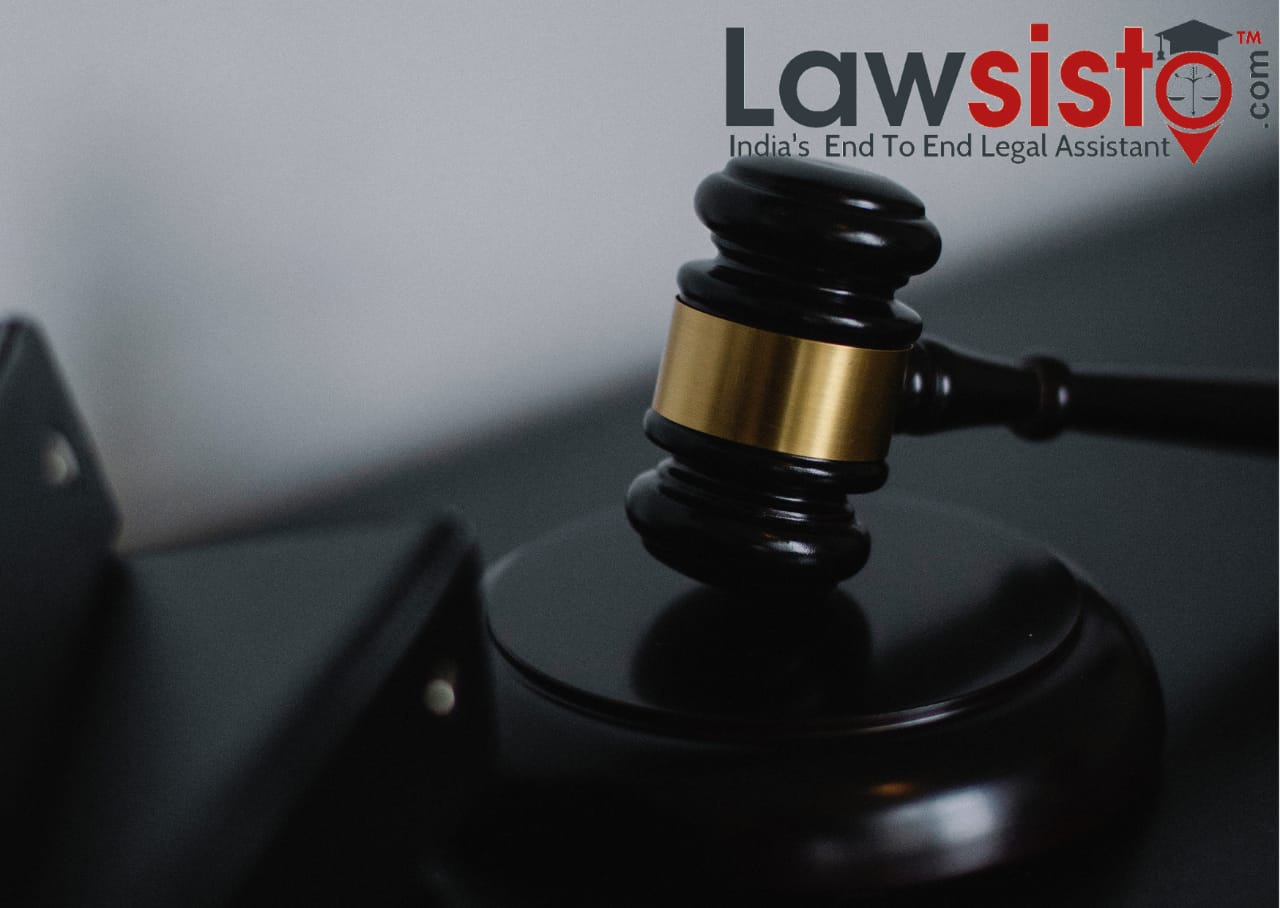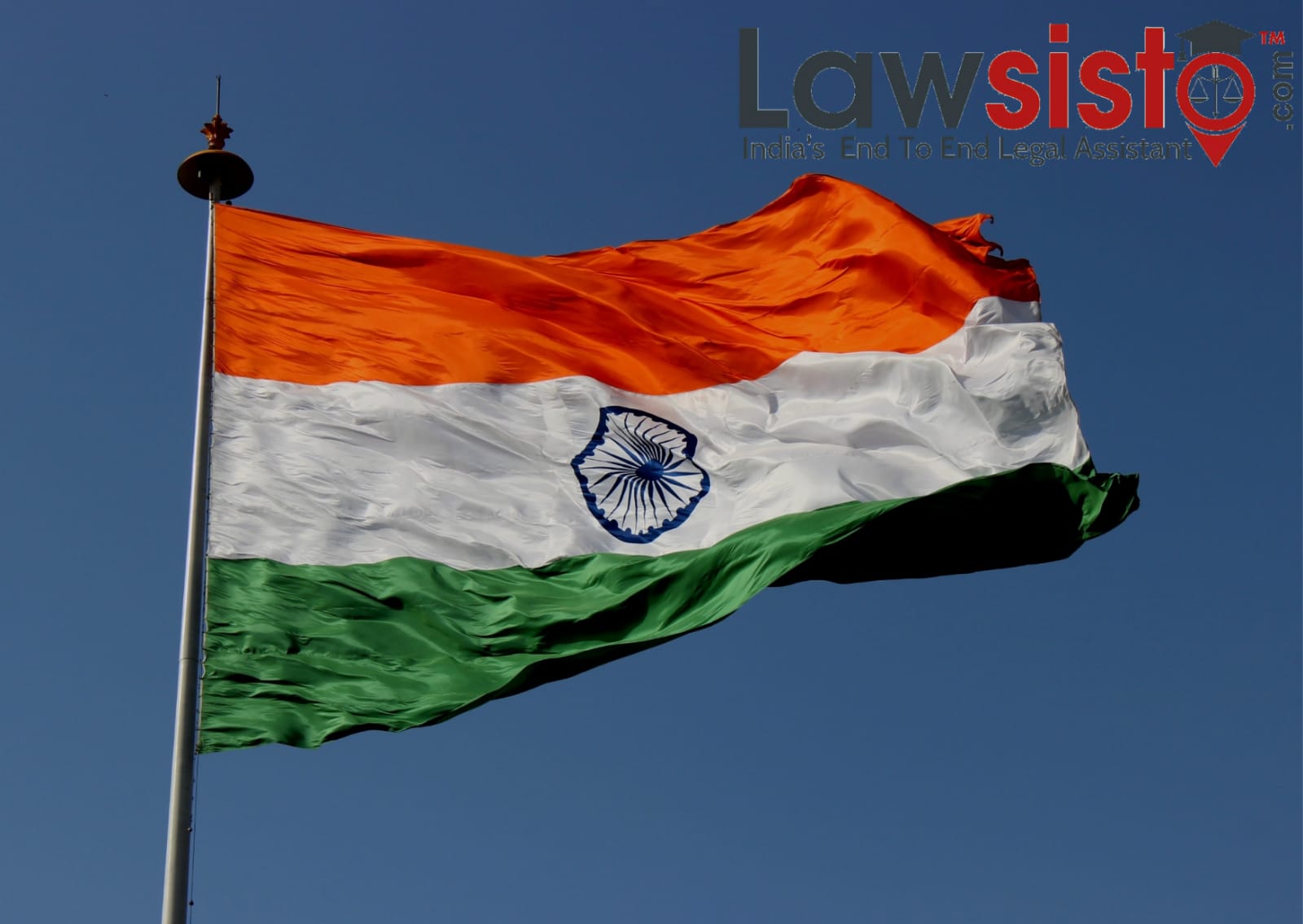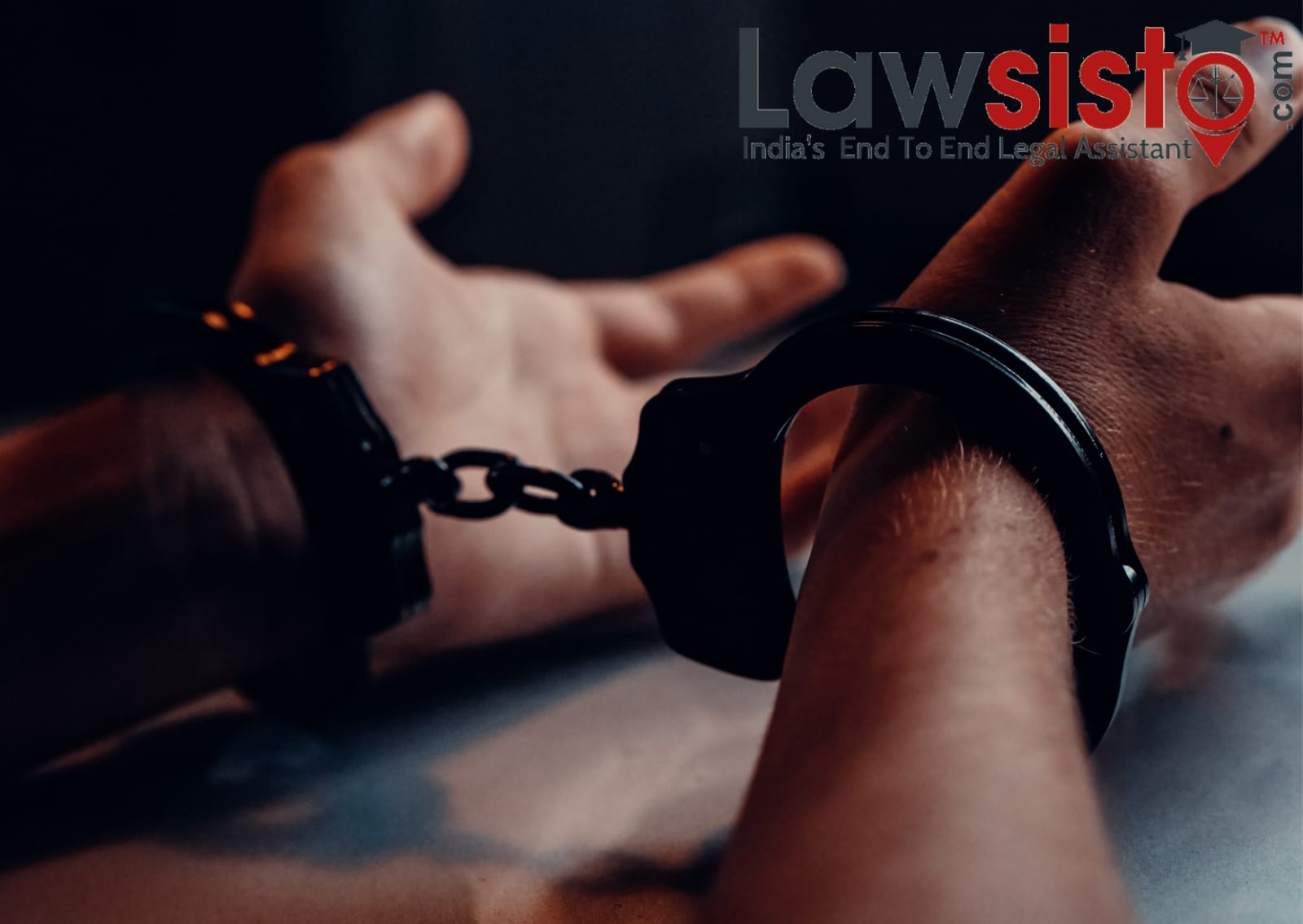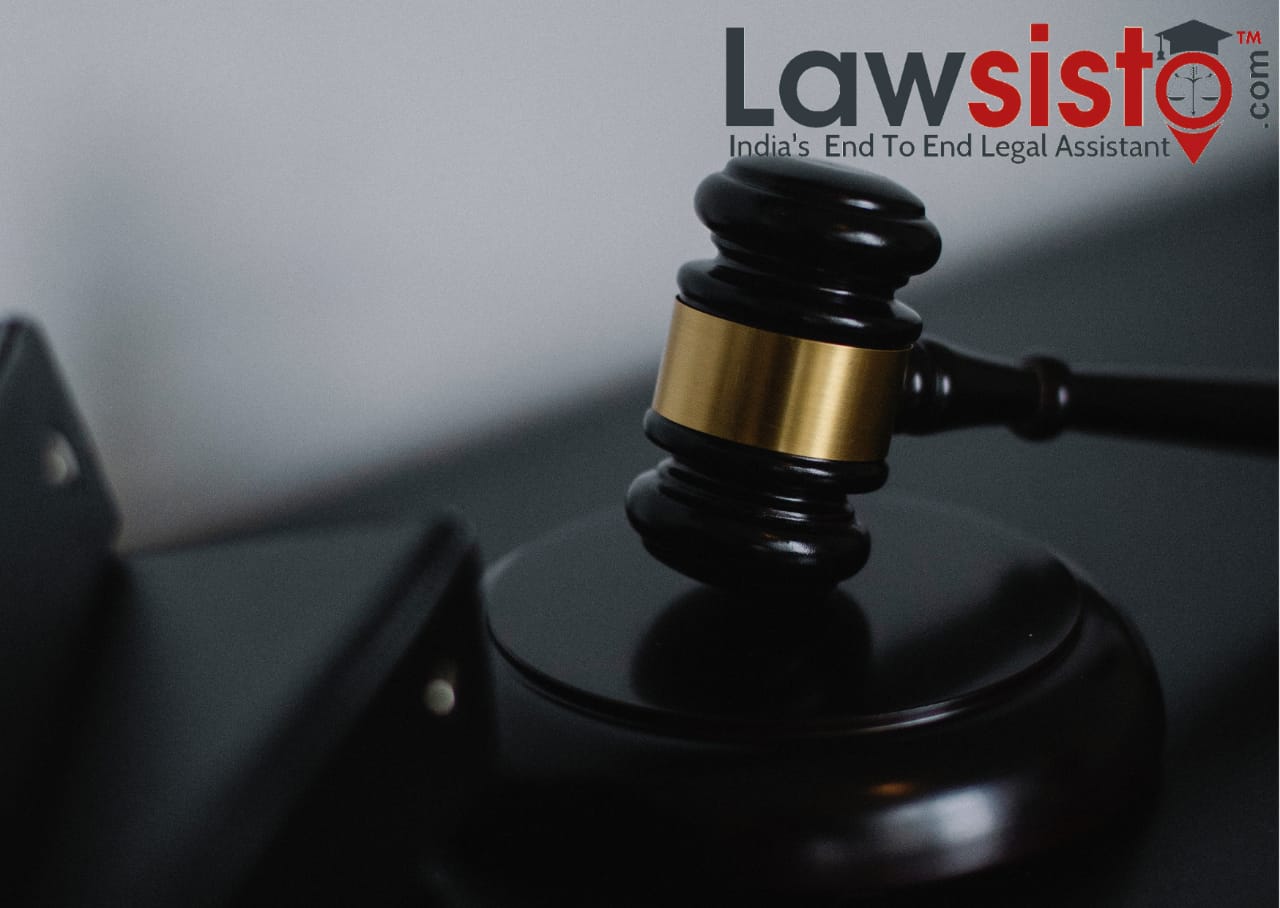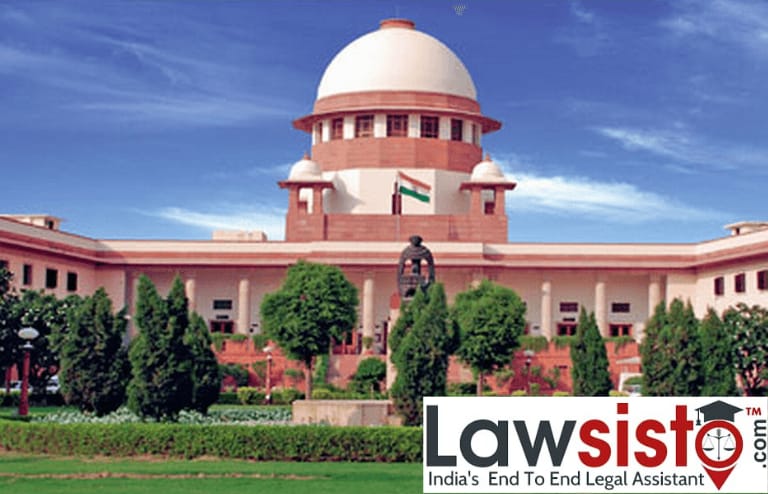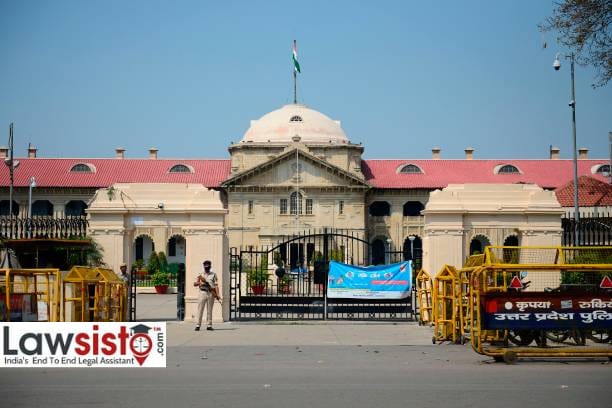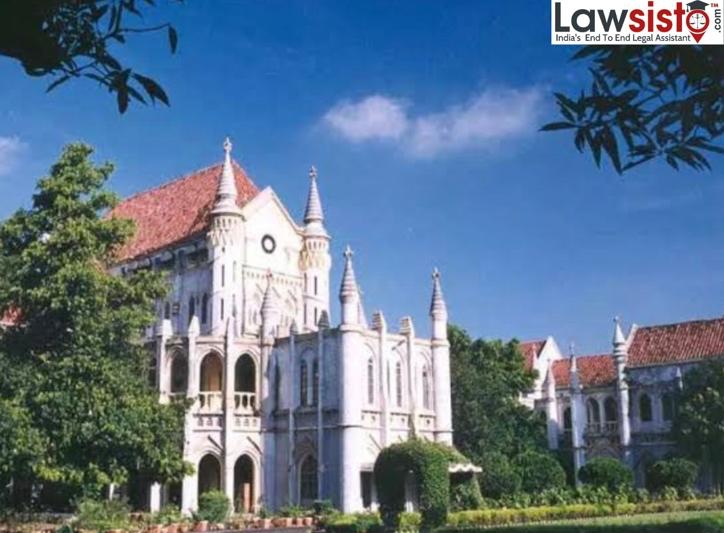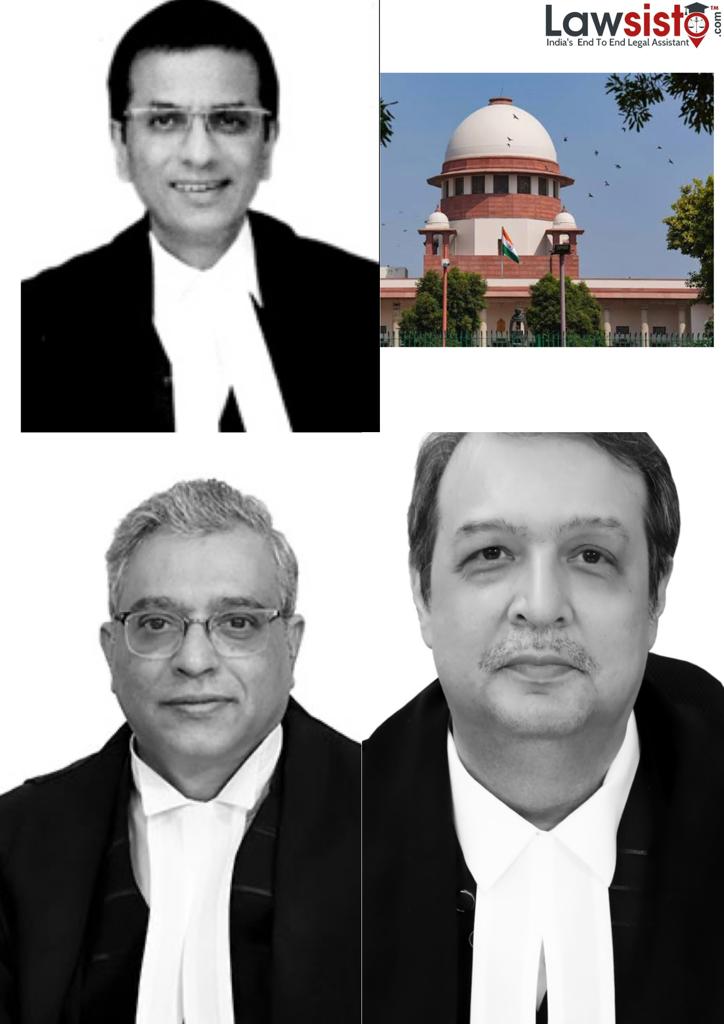Latest News
NALSA v. Union Of India, 2014

Introduction
The Supreme Court of India permitted an appeal in the interest of the nation's transgender network and held that the option to communicate one's character in a non-paired sexual orientation was a fundamental piece of the opportunity of articulation. It guided the administration to give legitimate acknowledgement to the third sex, with the end goal that people would have the option to recognize themselves as male, female or third sexual orientation. It likewise requested the administration to find a way to eliminate the social disgrace, advance transgender-explicit well-being projects, and award them equivalent lawful assurance. In arriving at its choice the Court talked about in detail reformist law of different nations, for example, the United Kingdom, Australia, New Zealand, and the United States towards perceiving the fundamental privileges of transgender people. It thought that it was important for India to follow worldwide common liberties shows and non-restricting standards as the nation need "appropriate enactment securing the privileges of the individuals from the transgender network." Therefore the Court continued to decipher the Constitution of India considering basic freedoms shows and standards. It alluded to Art. 14 which expresses that "the State will not deny to 'any individual' correspondence under the steady gaze of the law or the equivalent security of the laws inside the domain of India." The Court held the article manages the cost of assurance to 'any individual,' "transgender people who are neither male/female fall inside the articulation 'individual' and, consequently, qualified for lawful insurance of laws in all circles of State action, including business, medical care, schooling just as equivalent common and citizenship rights, as delighted in by some other resident of this nation."
Facts
In 2012, the NALSA, an Indian legal body comprised to give lawful portrayal to minimized areas of society, recorded a writ request with the Supreme Court of India. The appeal was joined by a non-administrative association speaking to the Kinnar transgender network, and a person who recognized himself as a Hijra.
The term Hijra is utilized to portray the transgender network in South Asia. It normally incorporates bisexuals and mutilated men just as non-maimed men. The last typically don't have practical regenerative organs of either sex. The transgender network in South Asia, in any case, is utilized to portray a more extensive scope of sex non-similarity. It fills in as an umbrella term that incorporates individuals who don't relate to the natural sex they were brought into the world with, just as individuals who may distinguish as neither sexual orientation. This incorporates bisexuals, pre-employable and post-usable transgenders, just as crossdressers.
The request looked for a legitimate announcement of their gender character than one appointed at the hour of birth and that non-acknowledgement of their sexual orientation personality violates Arts. 14 and 21 of the Constitution of India. The transgender network asked that their powerlessness communicates regarding a paired sex denies them the equivalent security of law and social government assistance plans. They likewise petitioned God for lawful insurance as a retrogressive network, just as the option to have the option to communicate their self-recognized sex in government structures.
The Additional Solicitor General, speaking to the administration, perceived that the issue spoke to a genuine social issue. He educated the Court that an Expert Committee had just been set up by the legislature to address different issues confronting the transgender network. problems facing the transgender community.
Judgement
Justice Radhakrishnan delivered the majority opinion of the Supreme Court of India.
Subsequent to talking about a chronicled foundation of transgenders in India, the Supreme Court affirmably perceived that sex character and sexual direction incorporate trans sexes and that "each individual's self-characterized sexual direction and sex personality is basic to their character and is one of the most fundamental parts of self-assurance, pride and opportunity and nobody will be compelled to go through clinical methods as a necessity for legitimate acknowledgement of their sex characteristics." It at that point alluded to applicable global basic freedoms norms, especially Yogyakarta Principles, which gives: "People of every sexual direction and sex characters are qualified for the full delight in every single common liberty."
Moreover, the Court examined in detail reformist law of different nations, for example, the United Kingdom, Australia, New Zealand, and the United States towards perceiving the essential privileges of transgender people. It thought that it was vital for India to follow global common liberties shows and non-restricting standards as the nation need "reasonable enactment securing the privileges of the individuals from the transgender network."
The Court at that point continued in deciphering the Constitution of India considering common freedoms shows and standards. Under Art. 14, "the State will not deny to 'any individual' balance under the watchful eye of the law or the equivalent security of the laws inside the region of India." The Court held the article bears the cost of insurance to 'any individual,' "transgender people who are neither male/female fall inside the articulation 'individual' and, henceforth, qualified for lawful assurance of laws in all circles of State movement, including work, medical care, training just as equivalent common and citizenship rights, as appreciated by some other resident of this nation." It likewise held that Arts. 15 and 16's preclusion of victimization any citizen, inter alia, on the ground of sex similarly apply to transgender people. As per the Court, the utilization of word 'sex' in the articles "isn't simply restricted to natural sex of male or female, yet proposed to incorporate individuals who believe themselves to be neither male nor female." As to one side to the opportunity of articulation ensured under Art. 19(1)(a) of the Constitution, the Supreme Court decided that it "incorporates one's entitlement to the articulation of his self-distinguished sex," and despite genuine exemptions as per Art. 19(2) of the Constitution, "No limitation can be set on one's very own appearance or decision of dressing." It reasoned that a transgender's character "could be communicated by the transgender's conduct and introduction [and the government] can't deny, confine or meddle with a transgender's demeanour of such character, which mirrors that inborn character. Lastly, the Court alluded to Art. 21 of the Constitution, which says "No individual will be denied of his life or individual freedom aside from as indicated by technique set up by law." It deciphered that this arrangement extensively secures "those parts of life, which go to make an individual's life important," including one's privilege of self-assurance of the sexual orientation to which an individual has a place. Appropriately, the Court held that "Hijras/Eunuchs, thusly, must be considered as the third Gender, far beyond parallel sexual orientations under our Constitution and the laws."
In view of the previous investigation, the Supreme Court declared, inter alia, transgenders "aside from double sex, be treated as 'third sexual orientation' to defend their privileges under Part III of our Constitution and the laws made by the Parliament and the State Legislature." It likewise coordinated the state governments "to allow lawful acknowledgement of their sexual orientation personality, for example, male, female or as a third sex."
Document:
